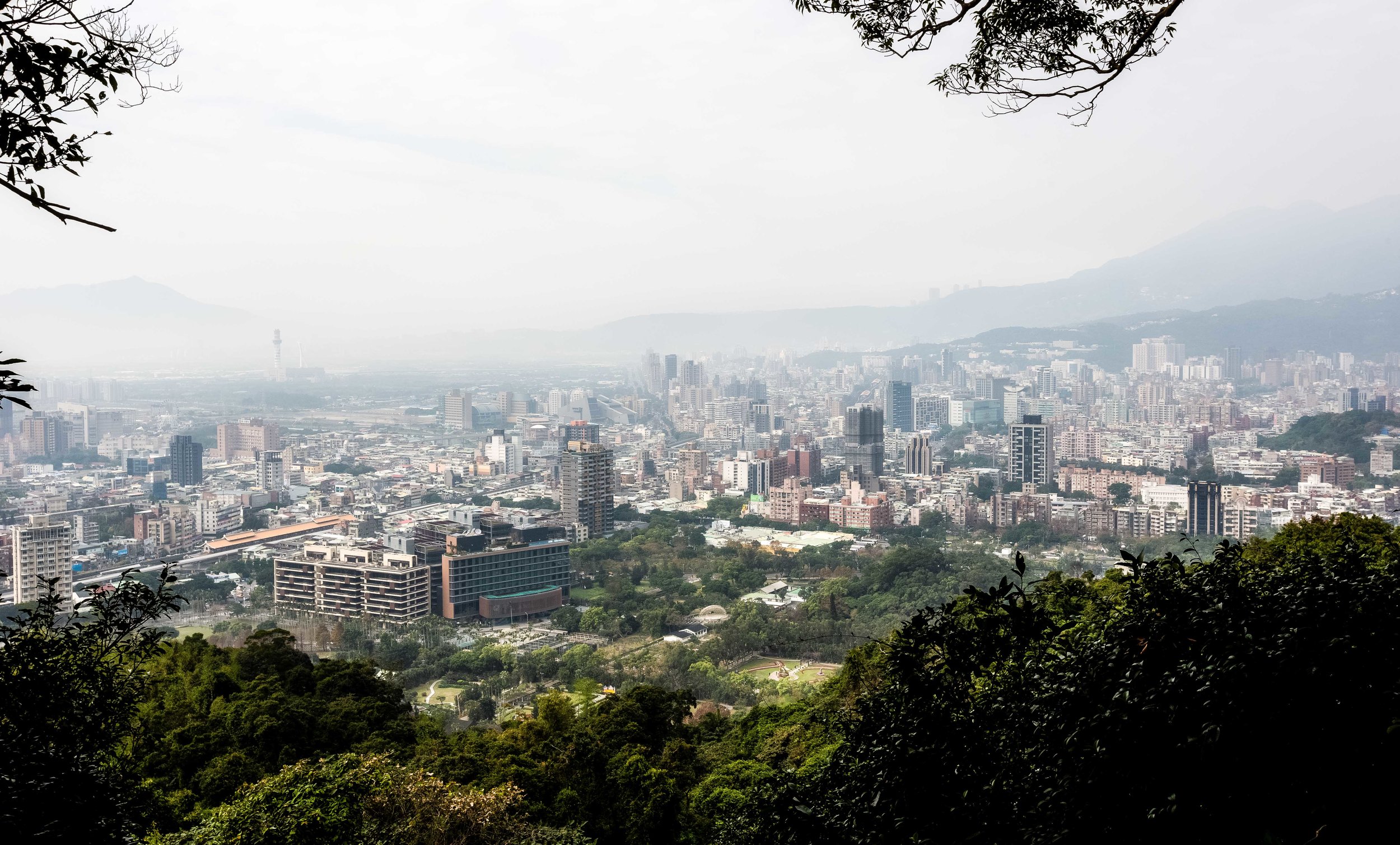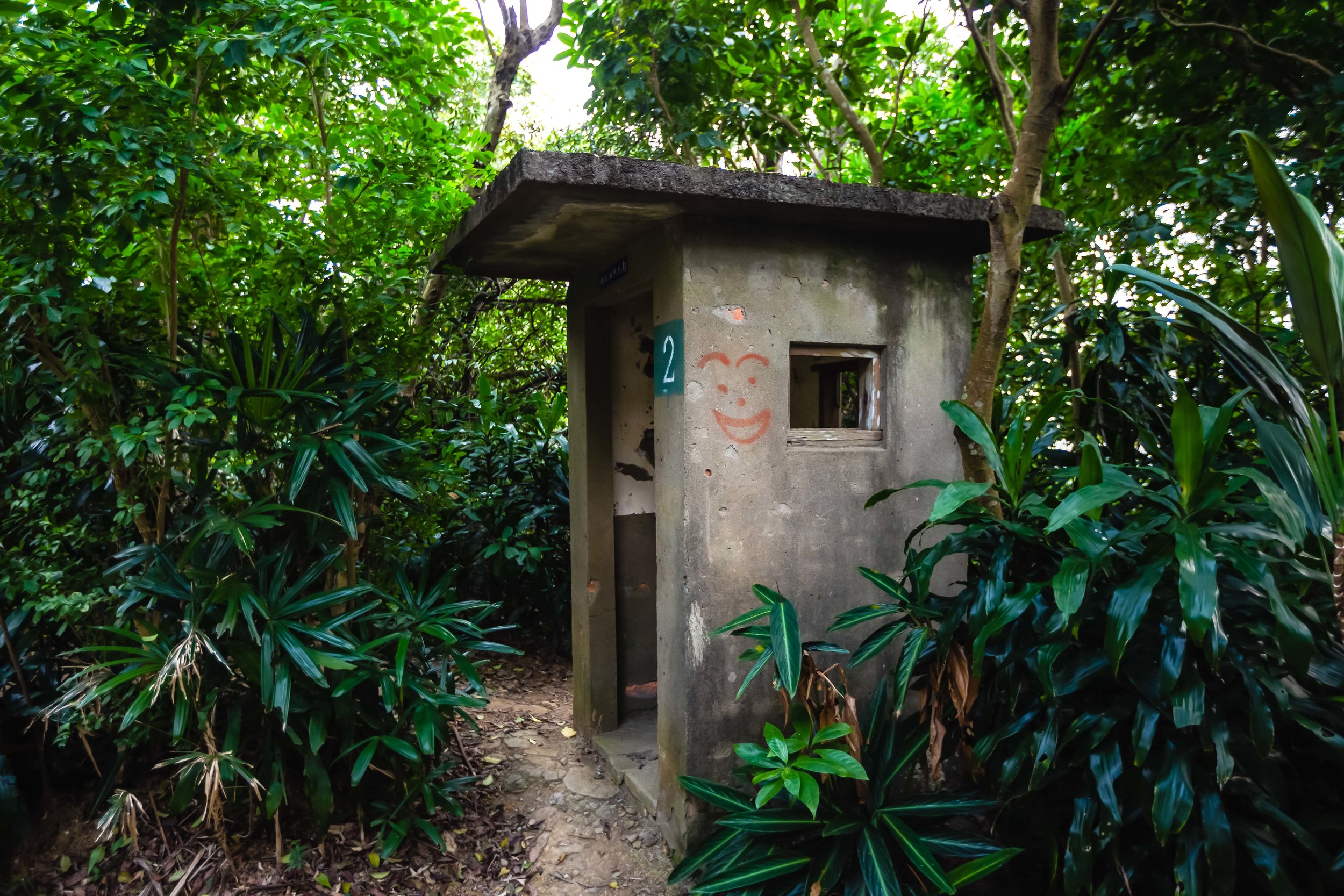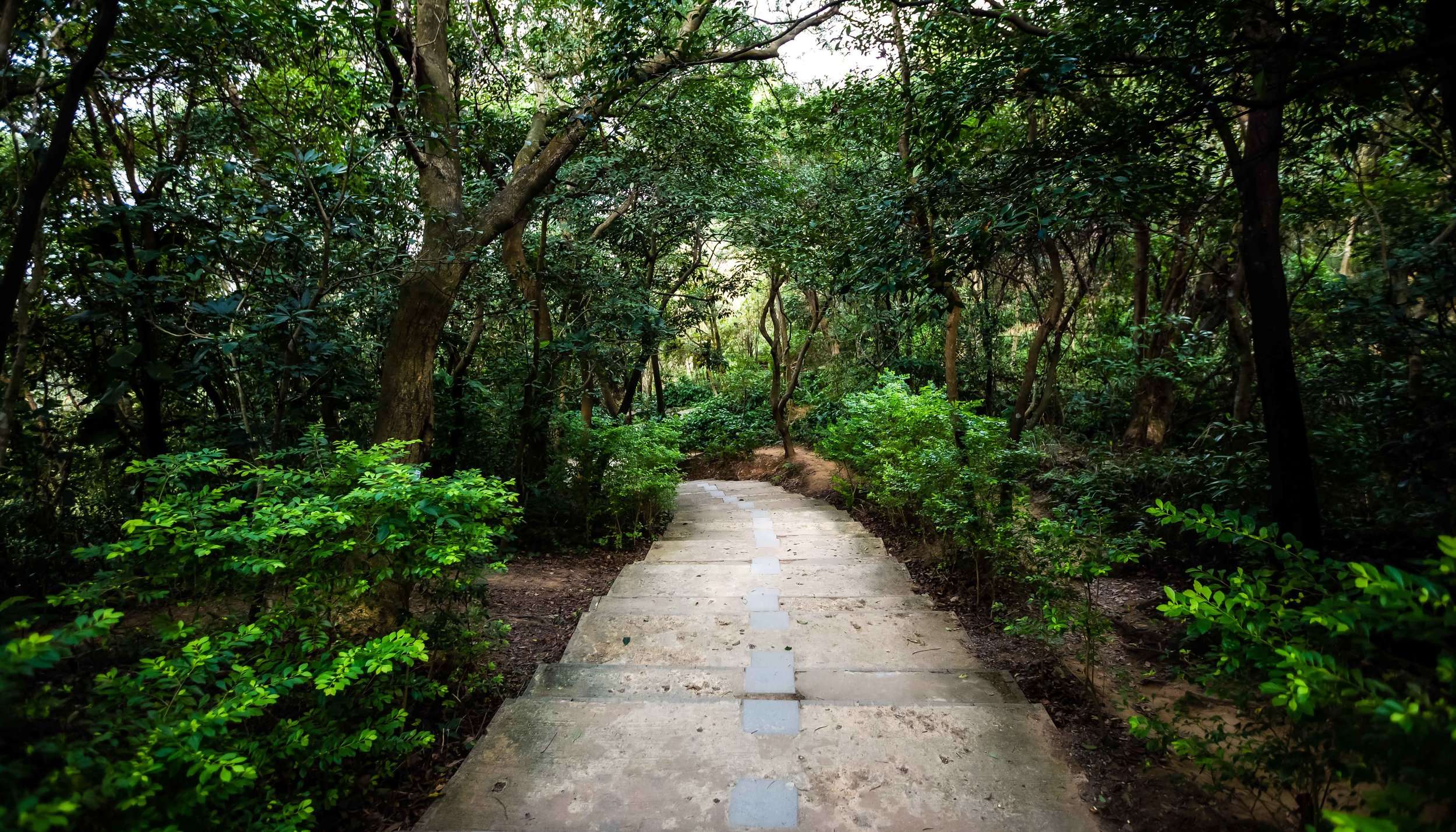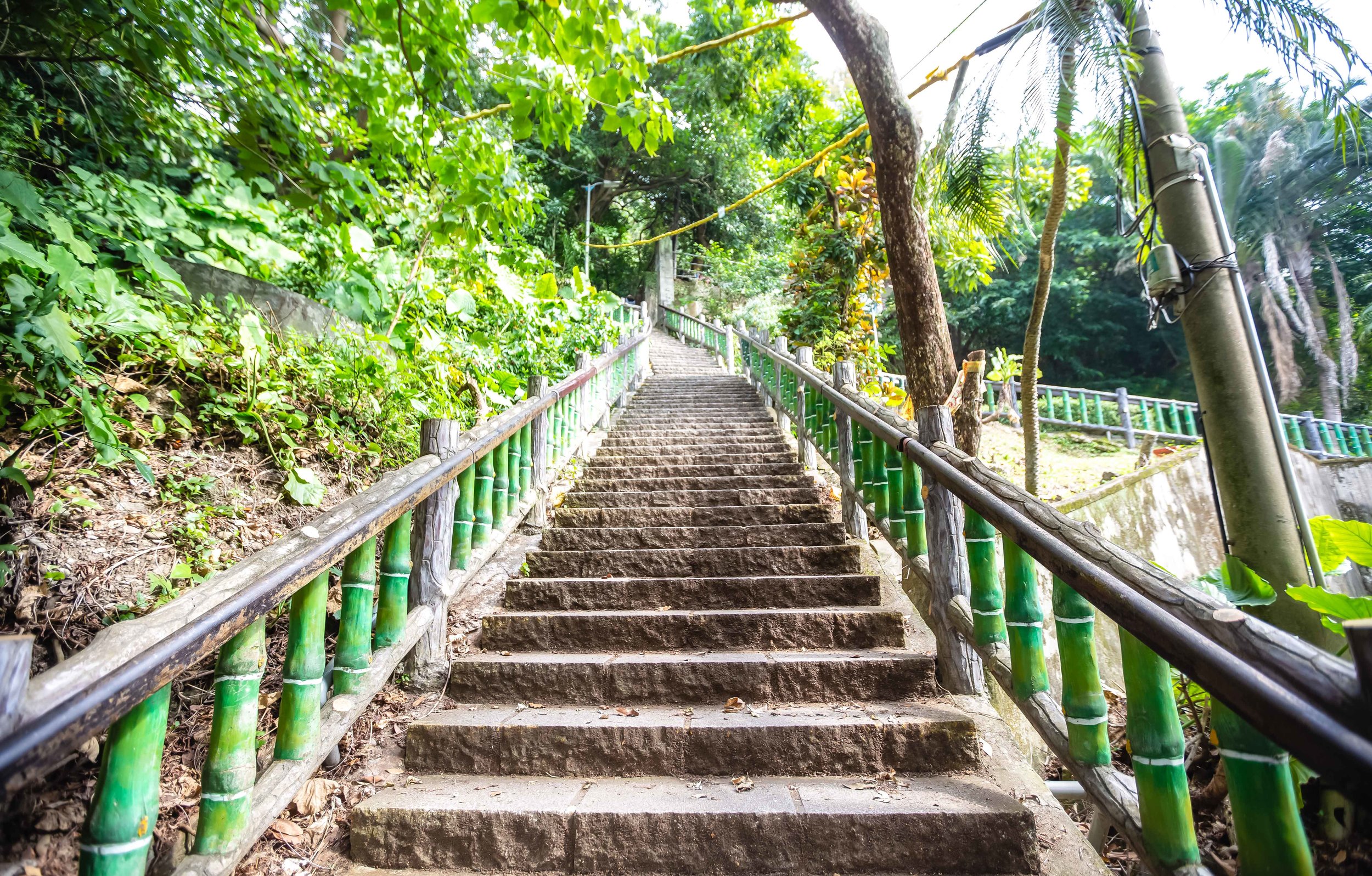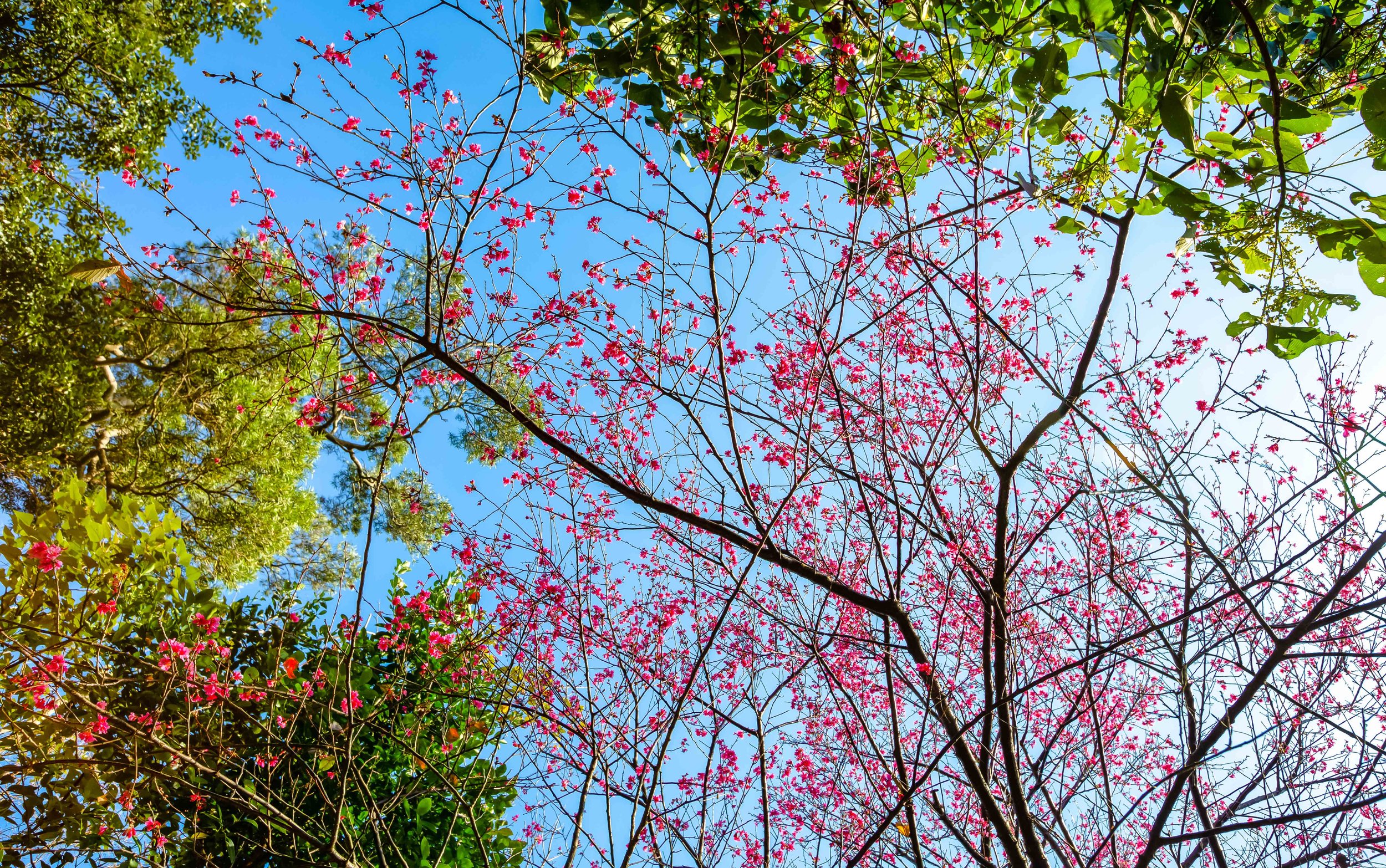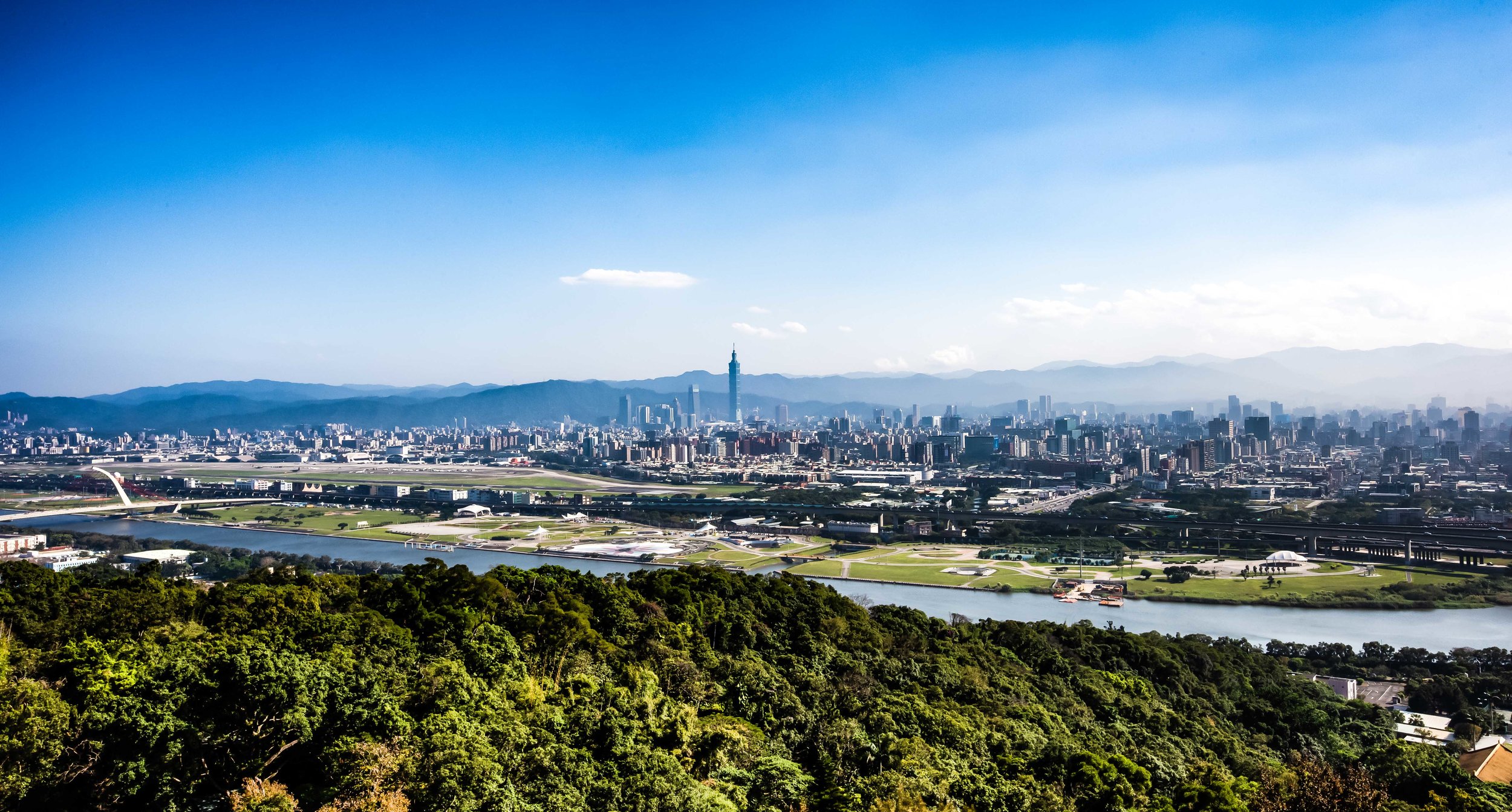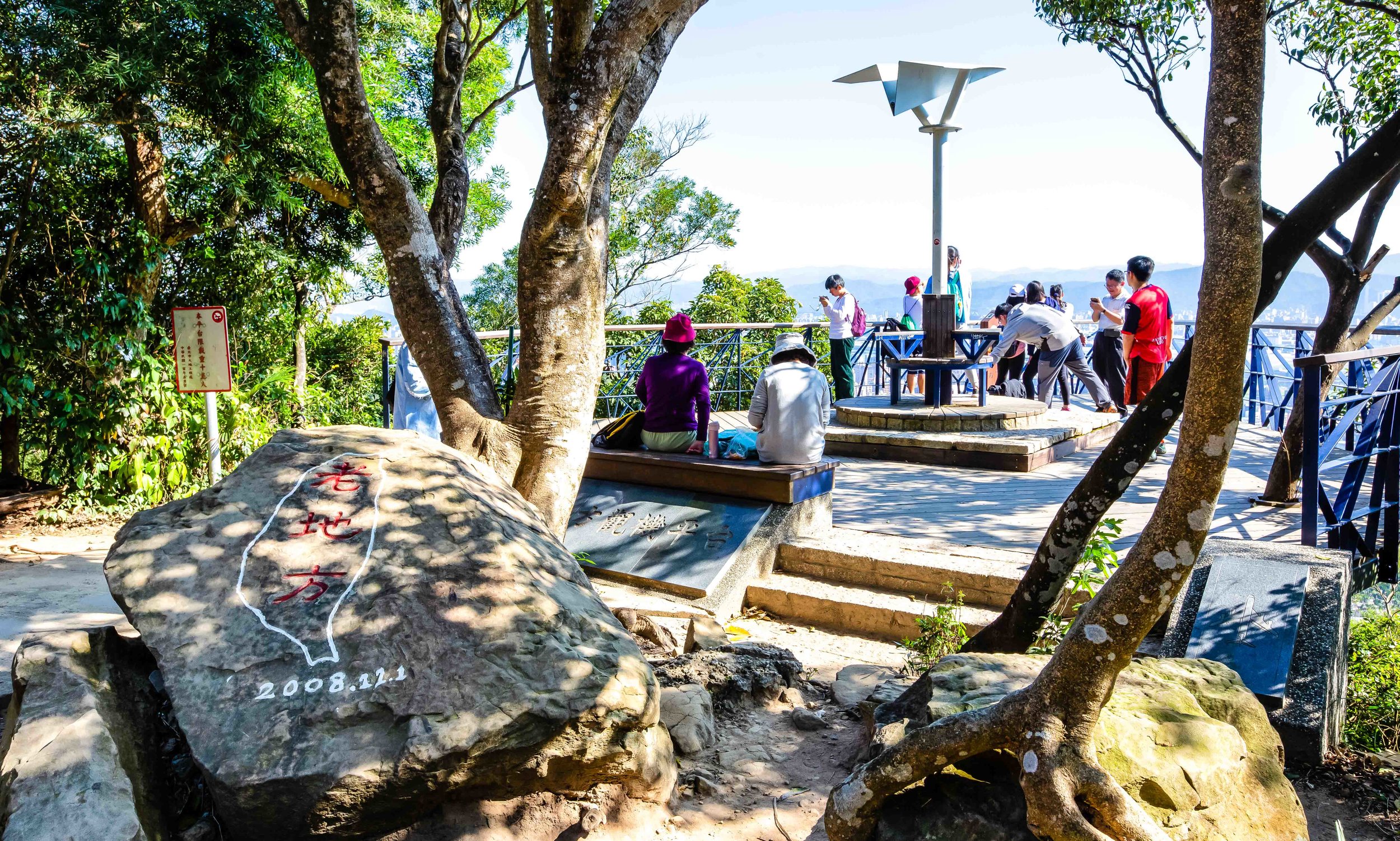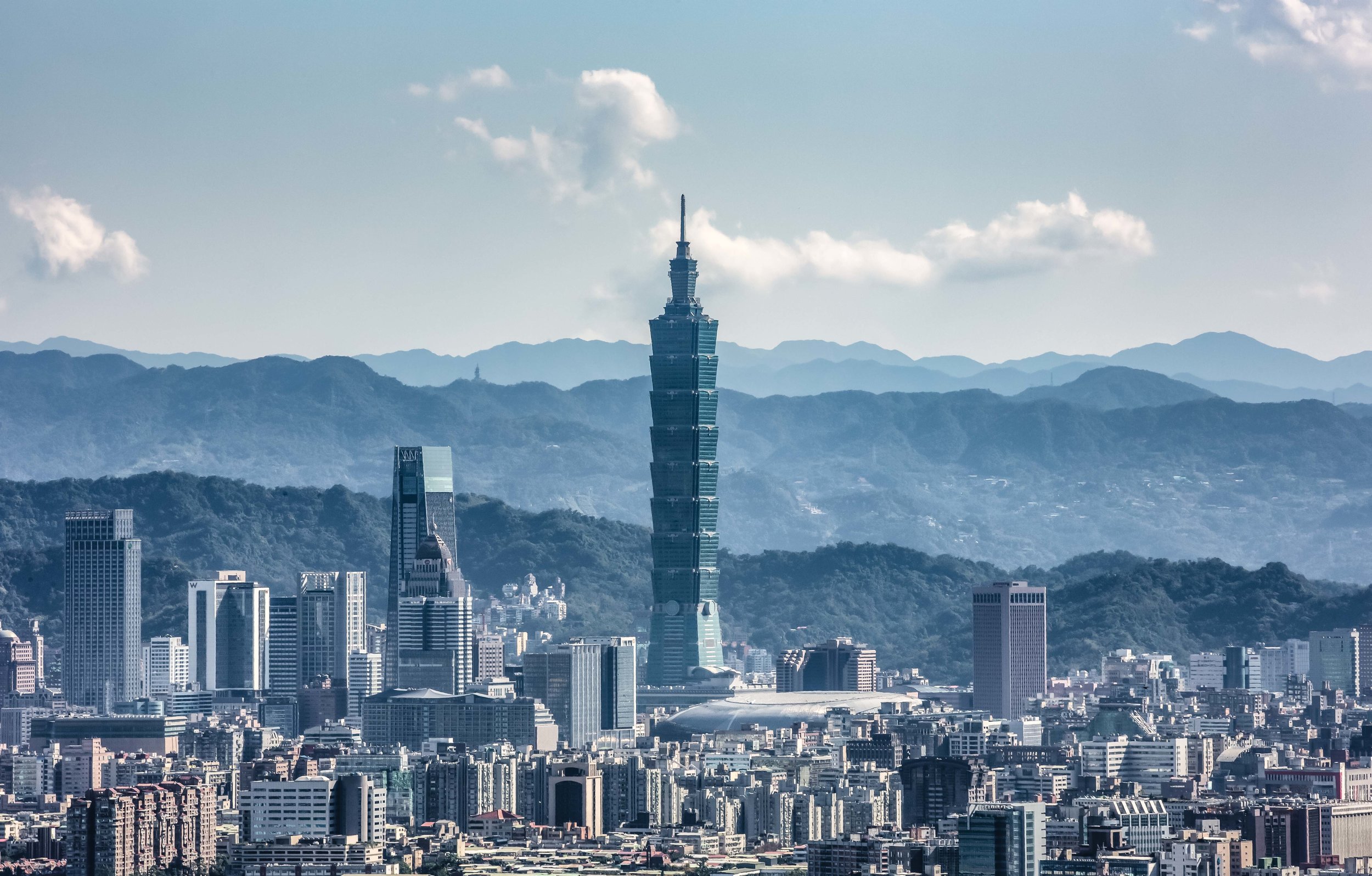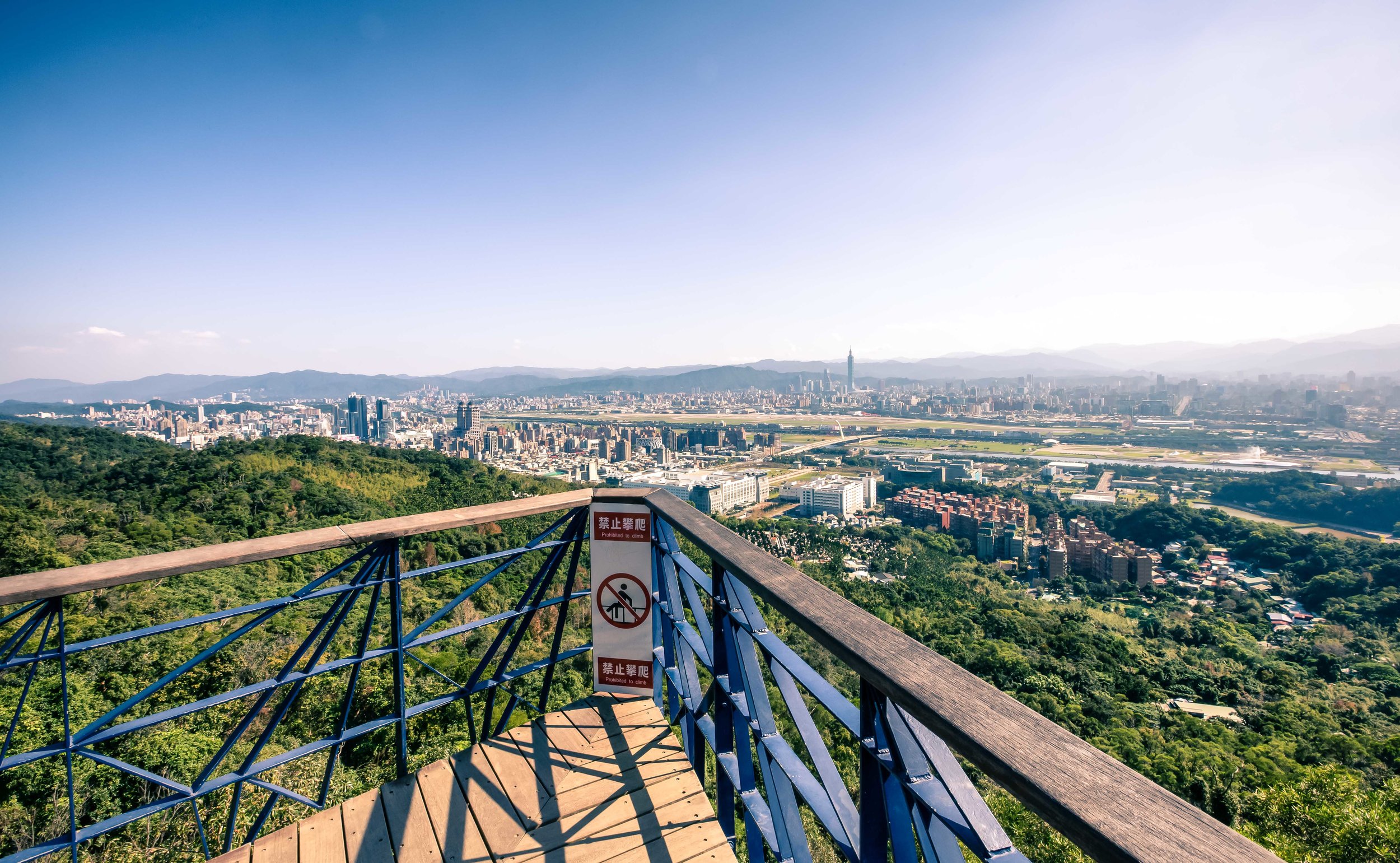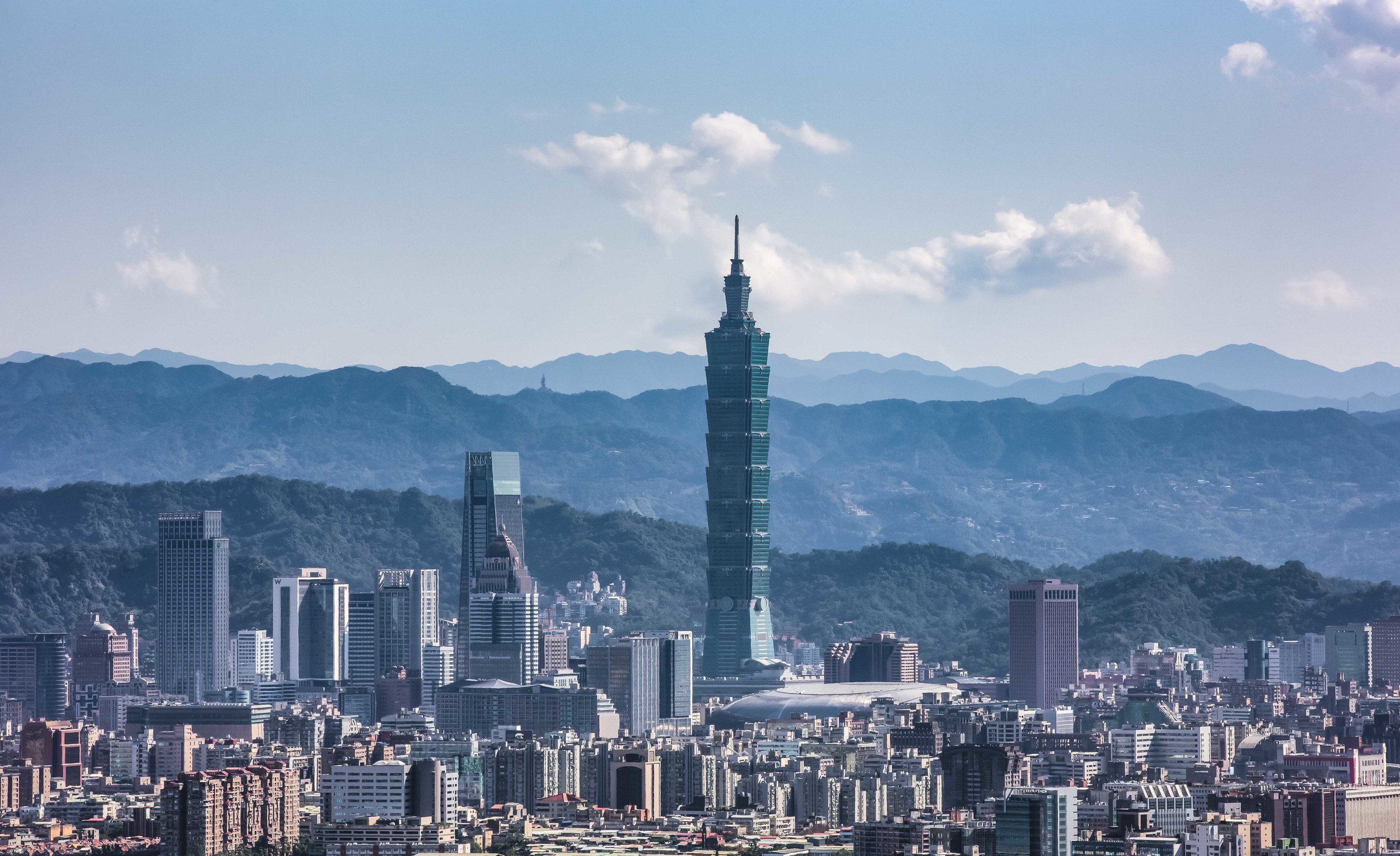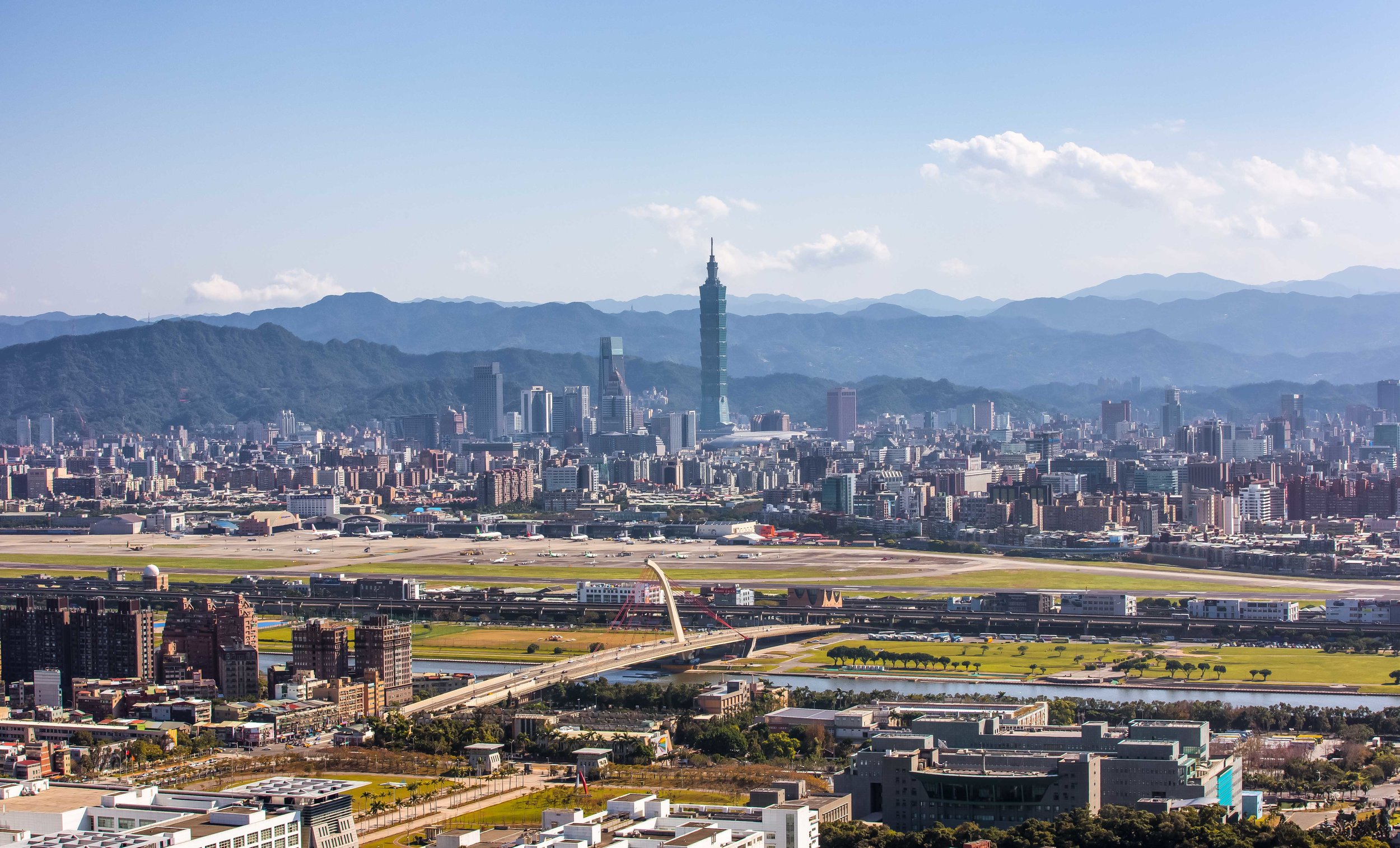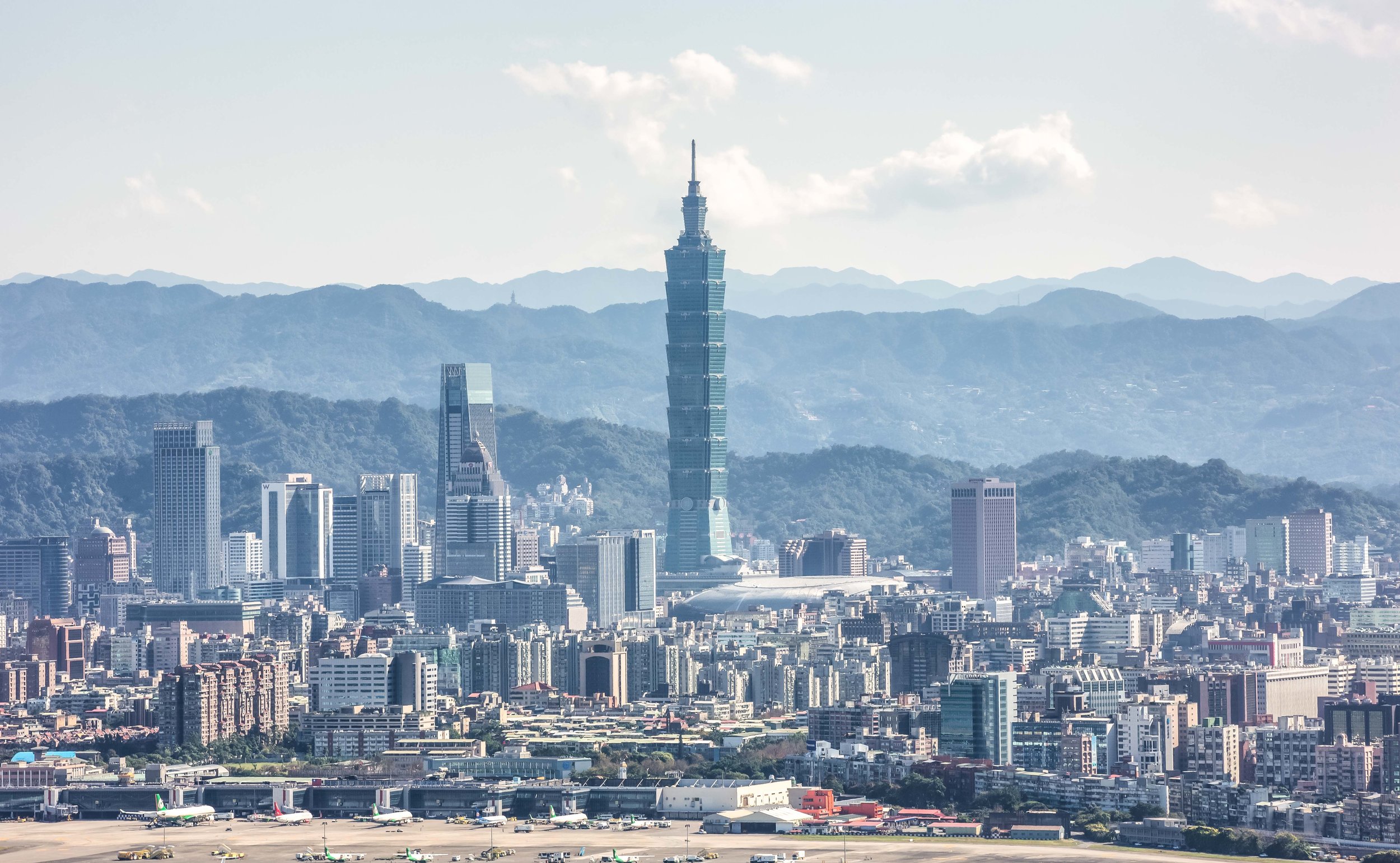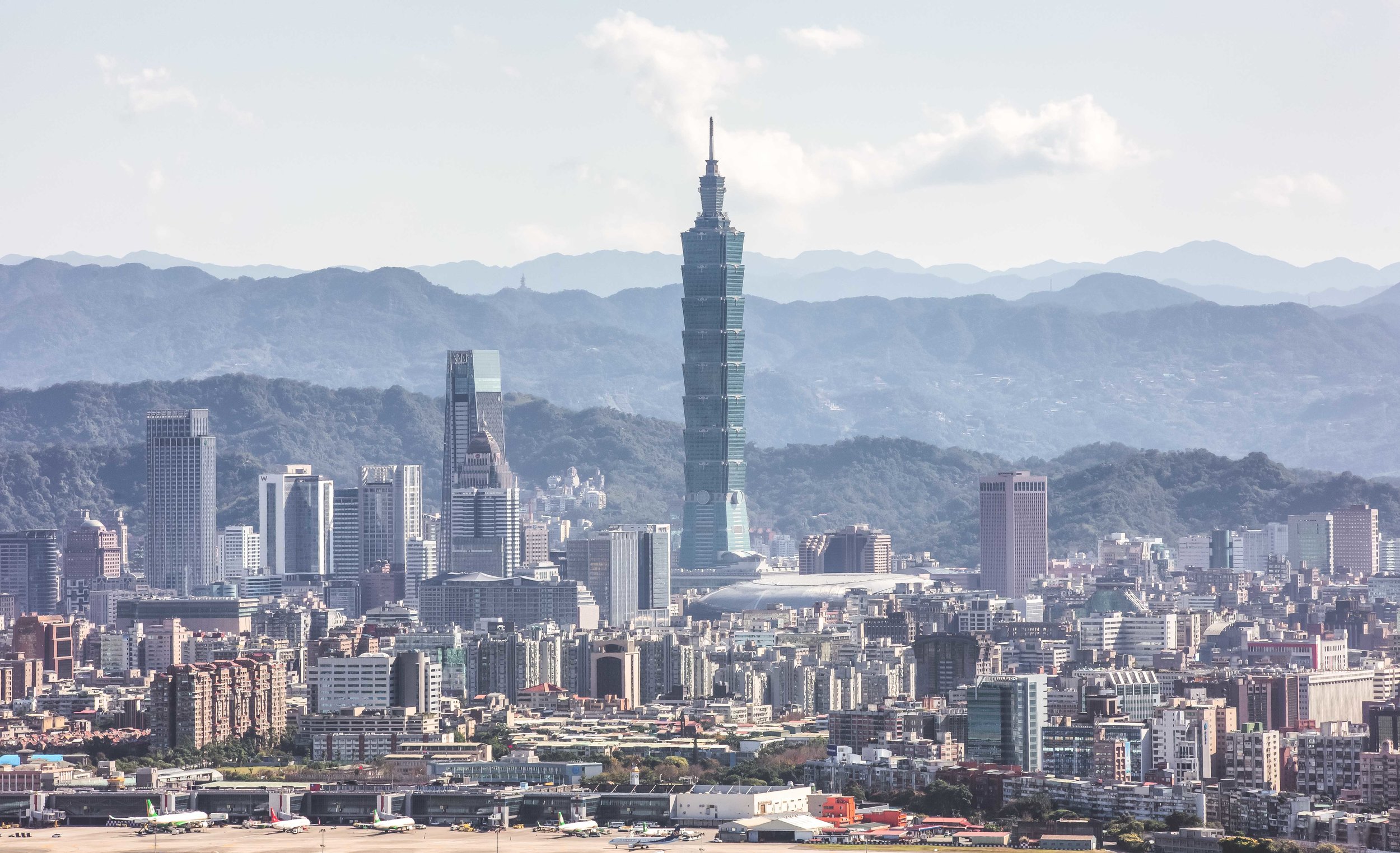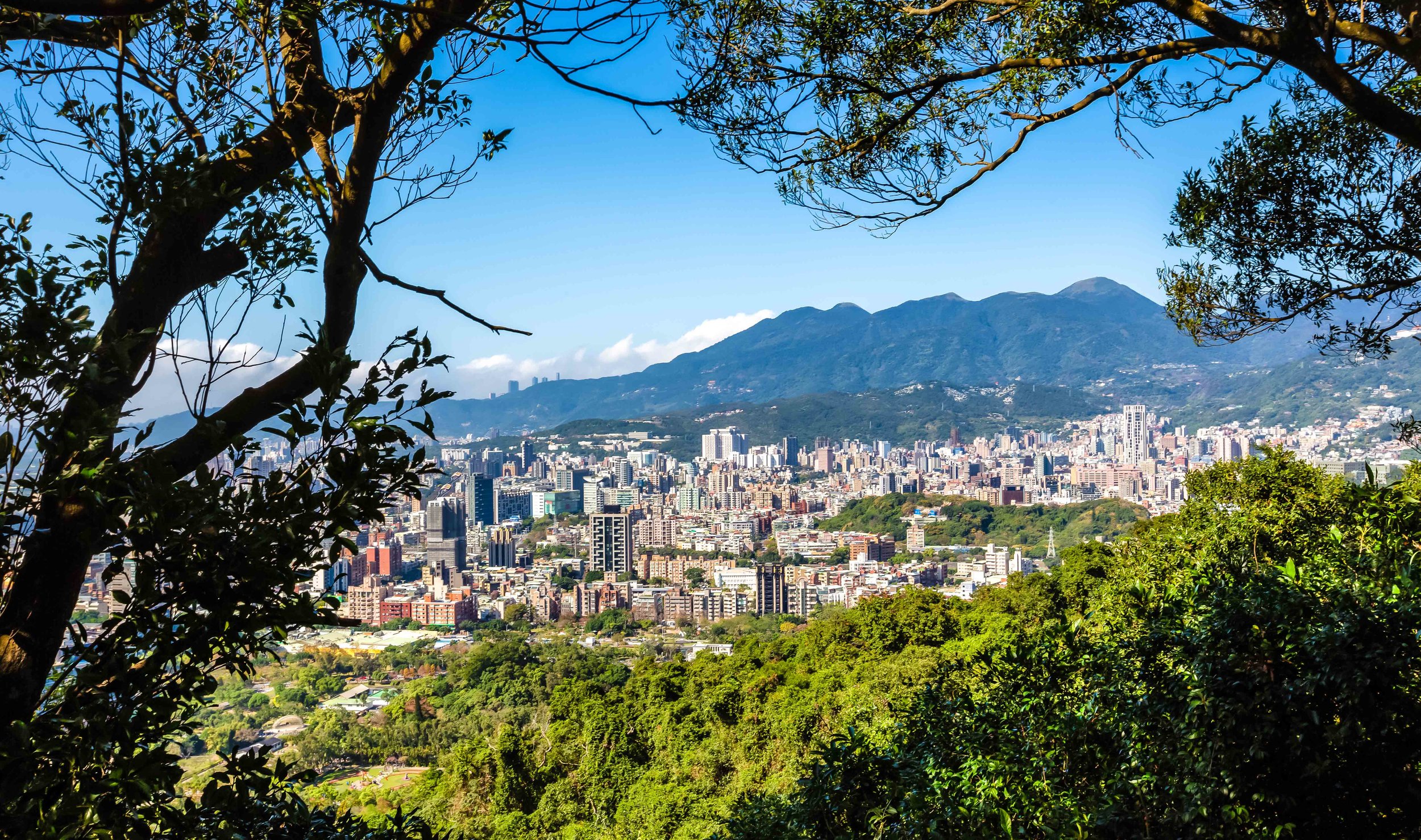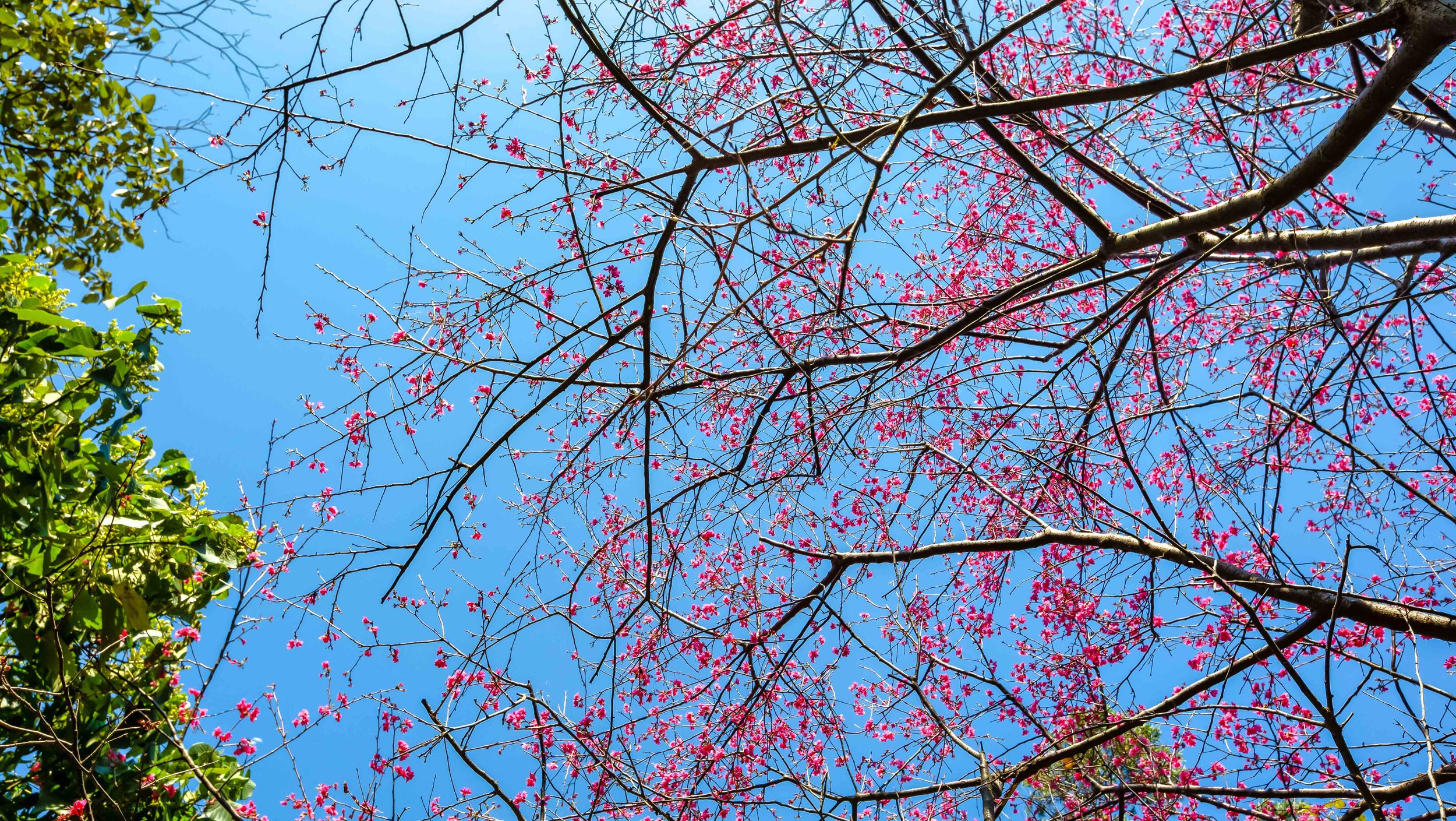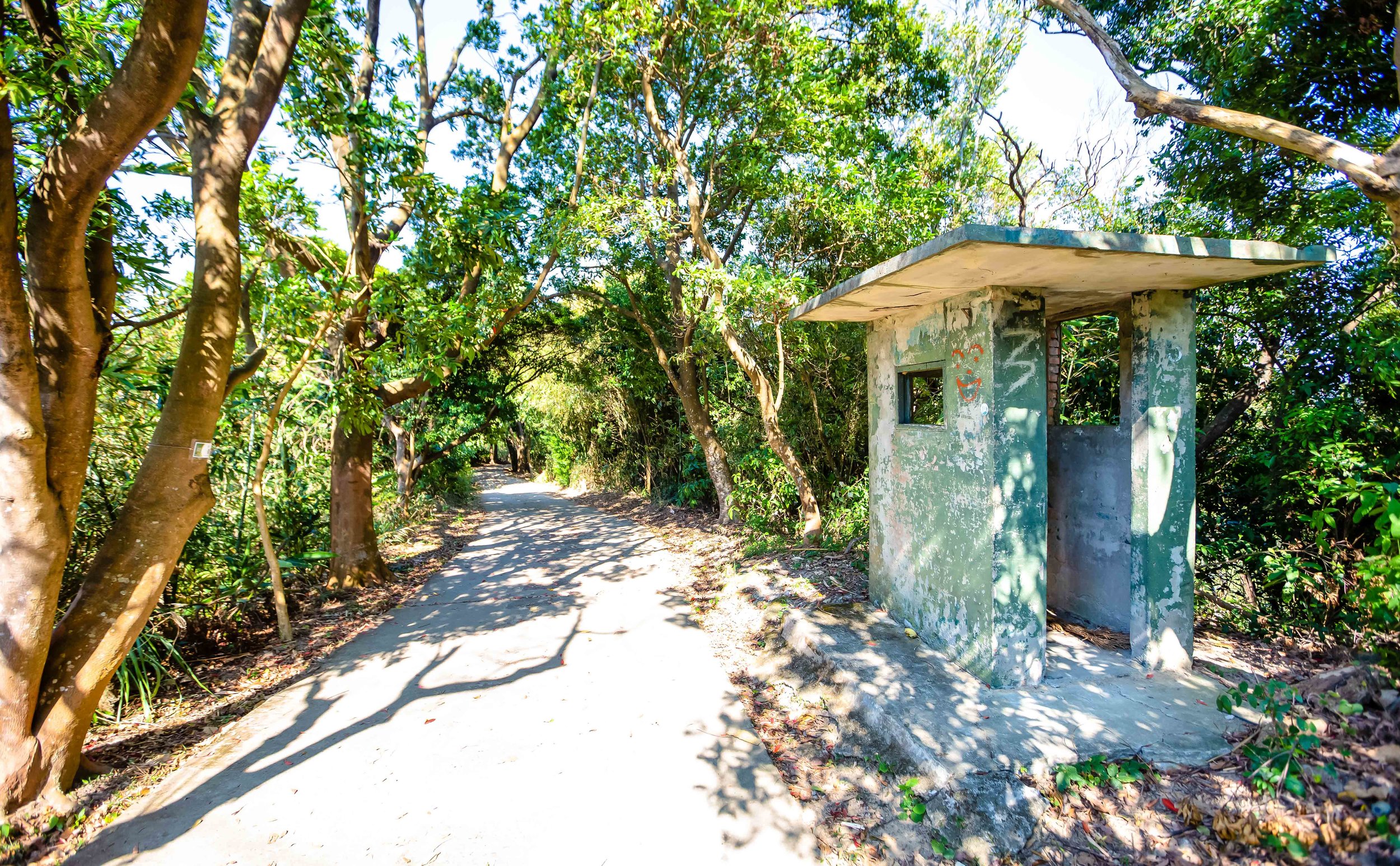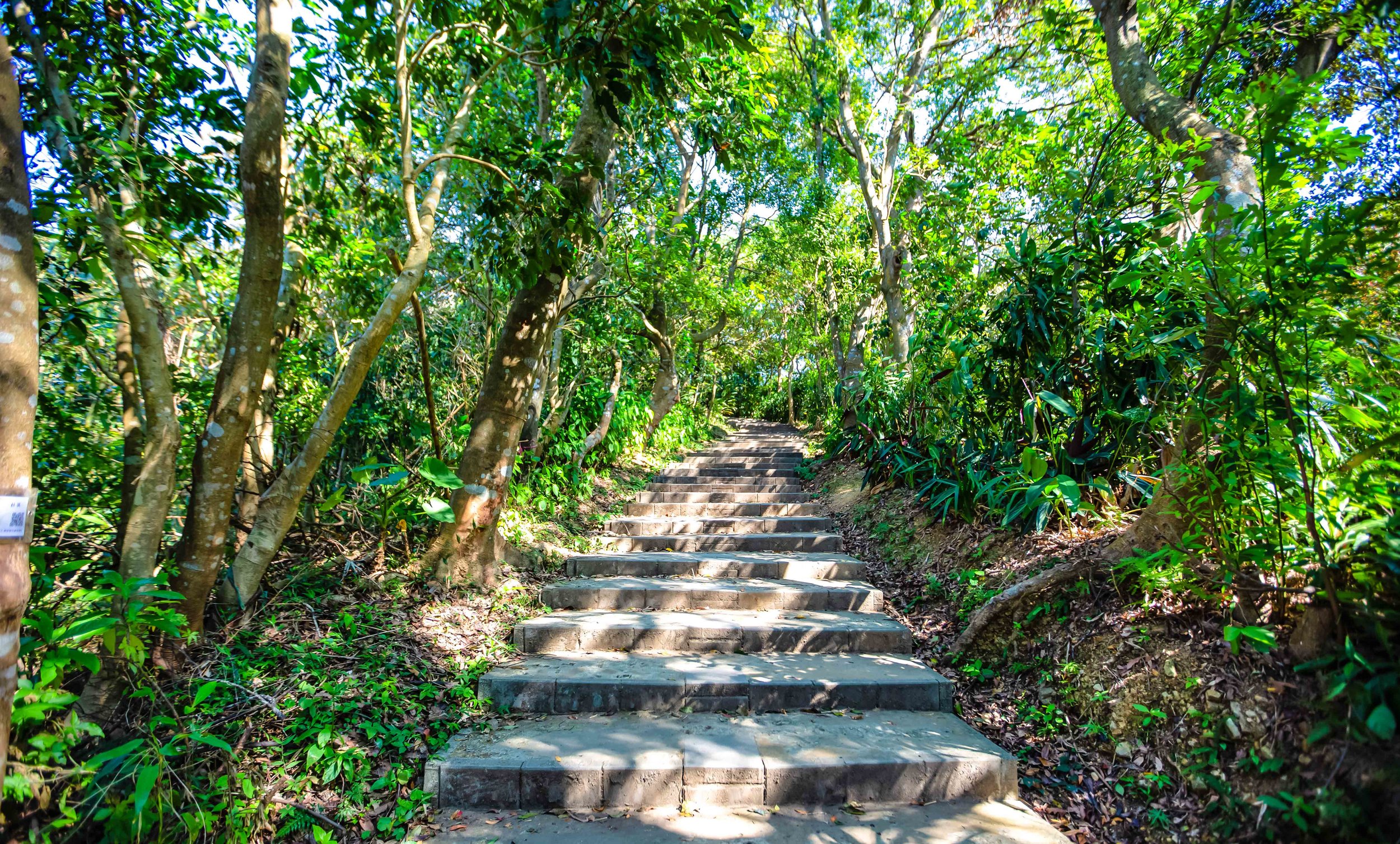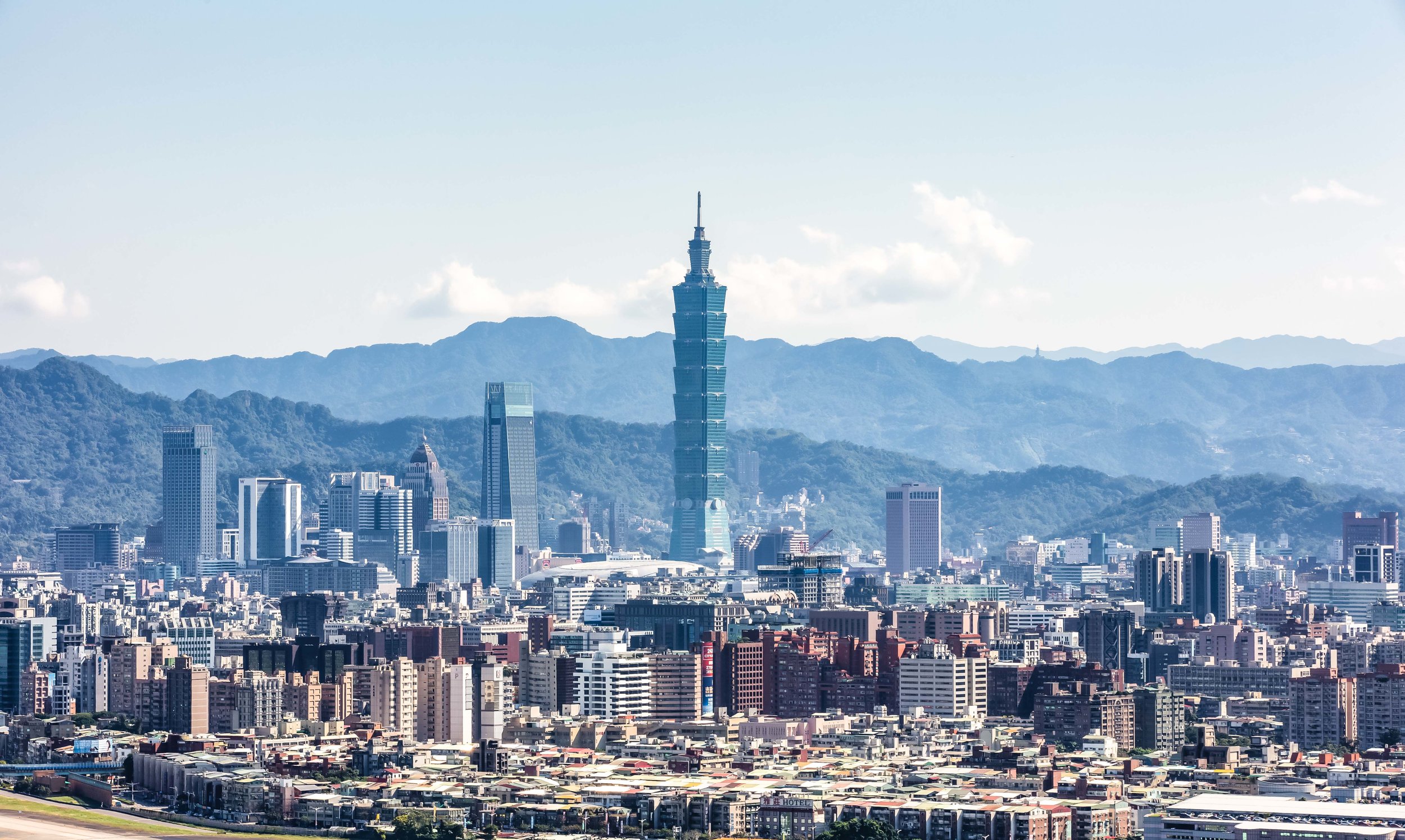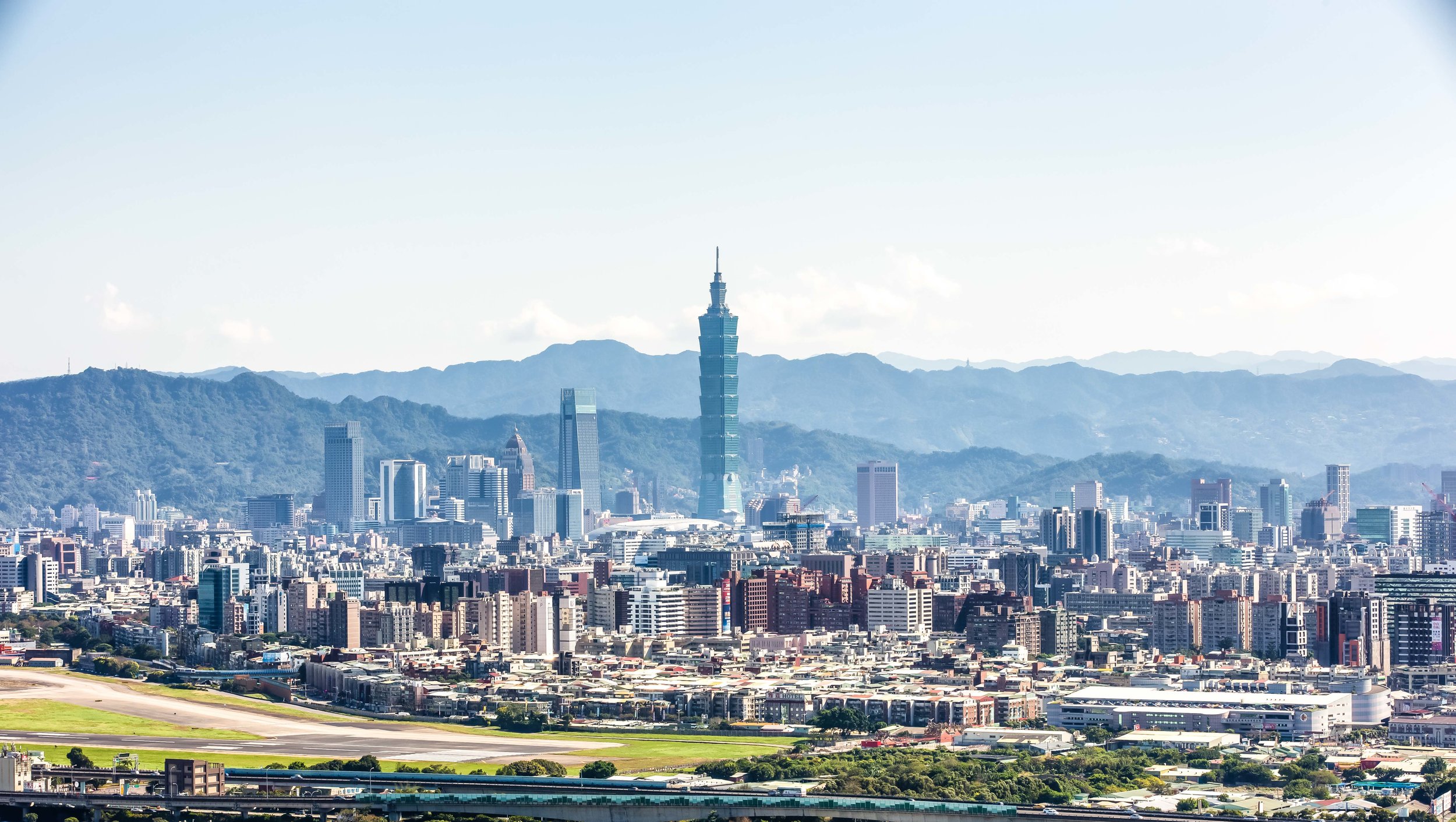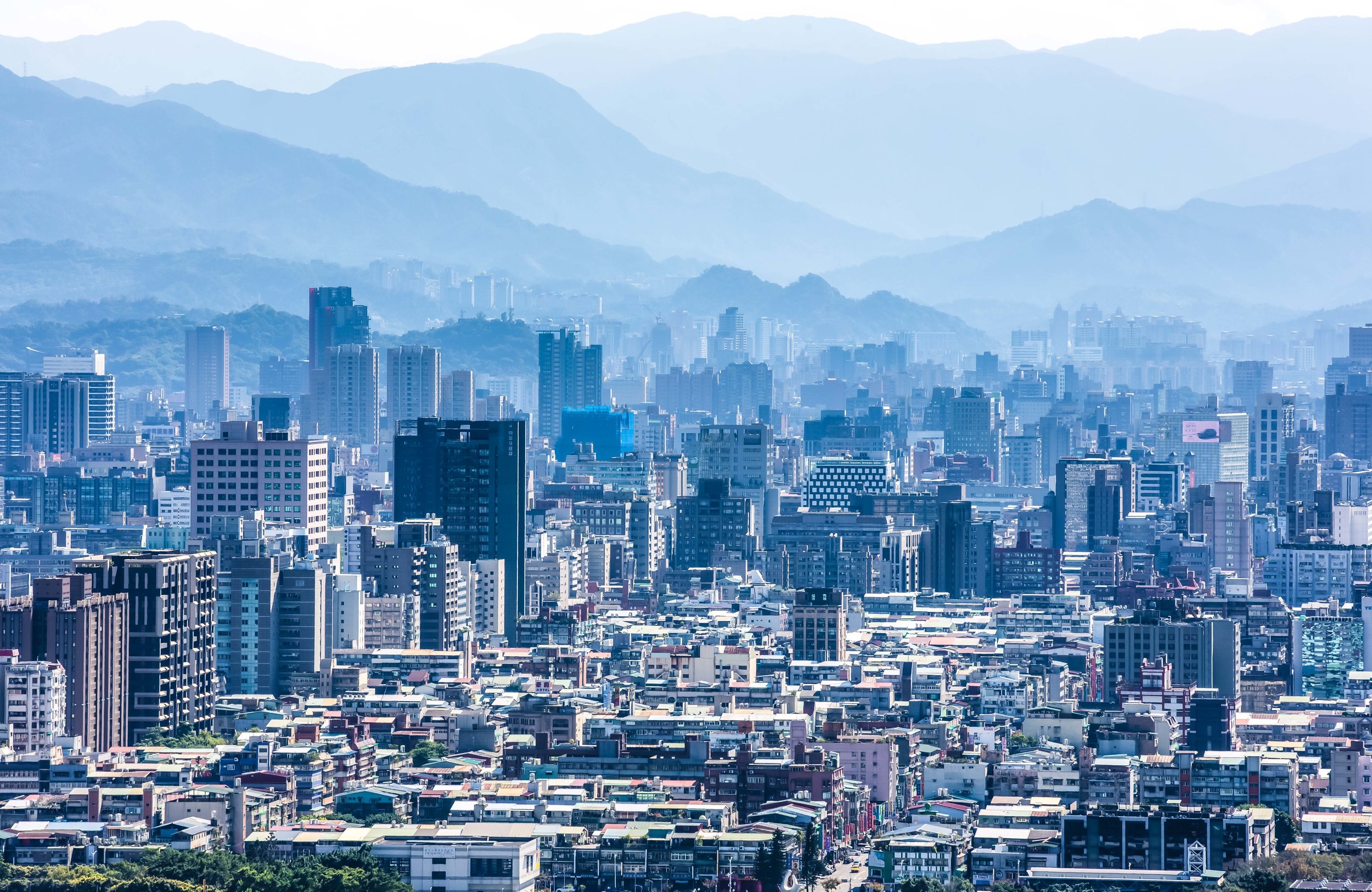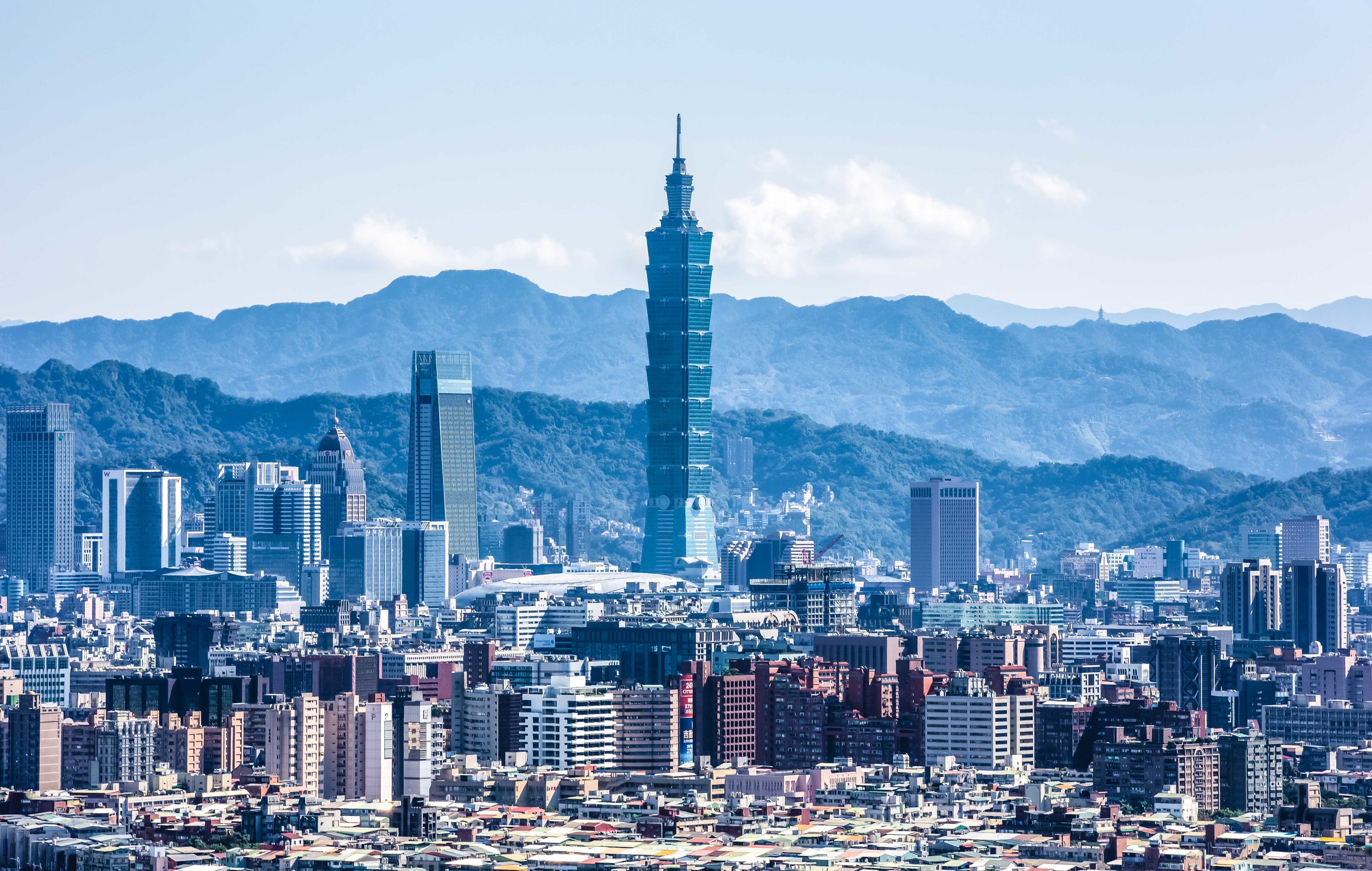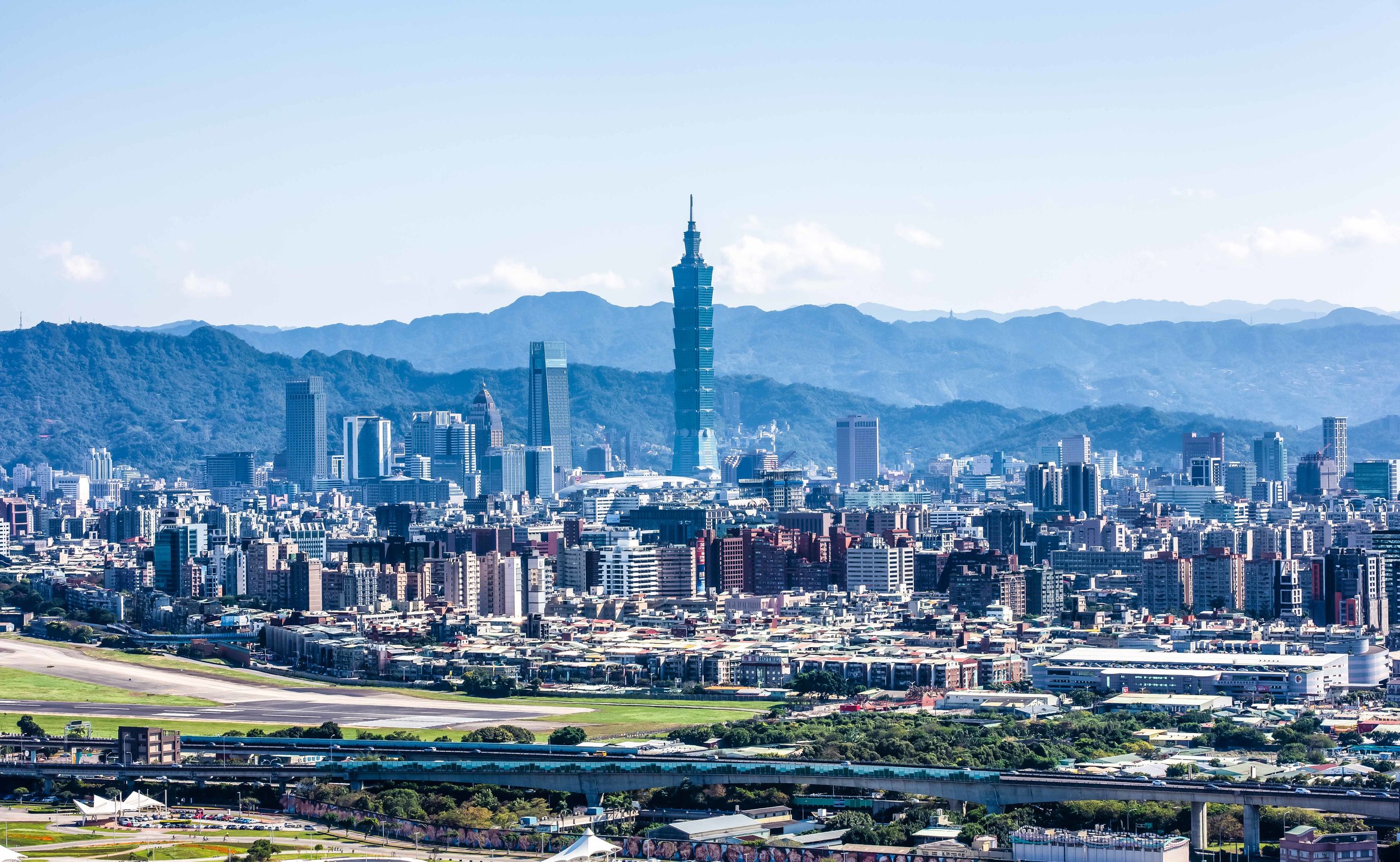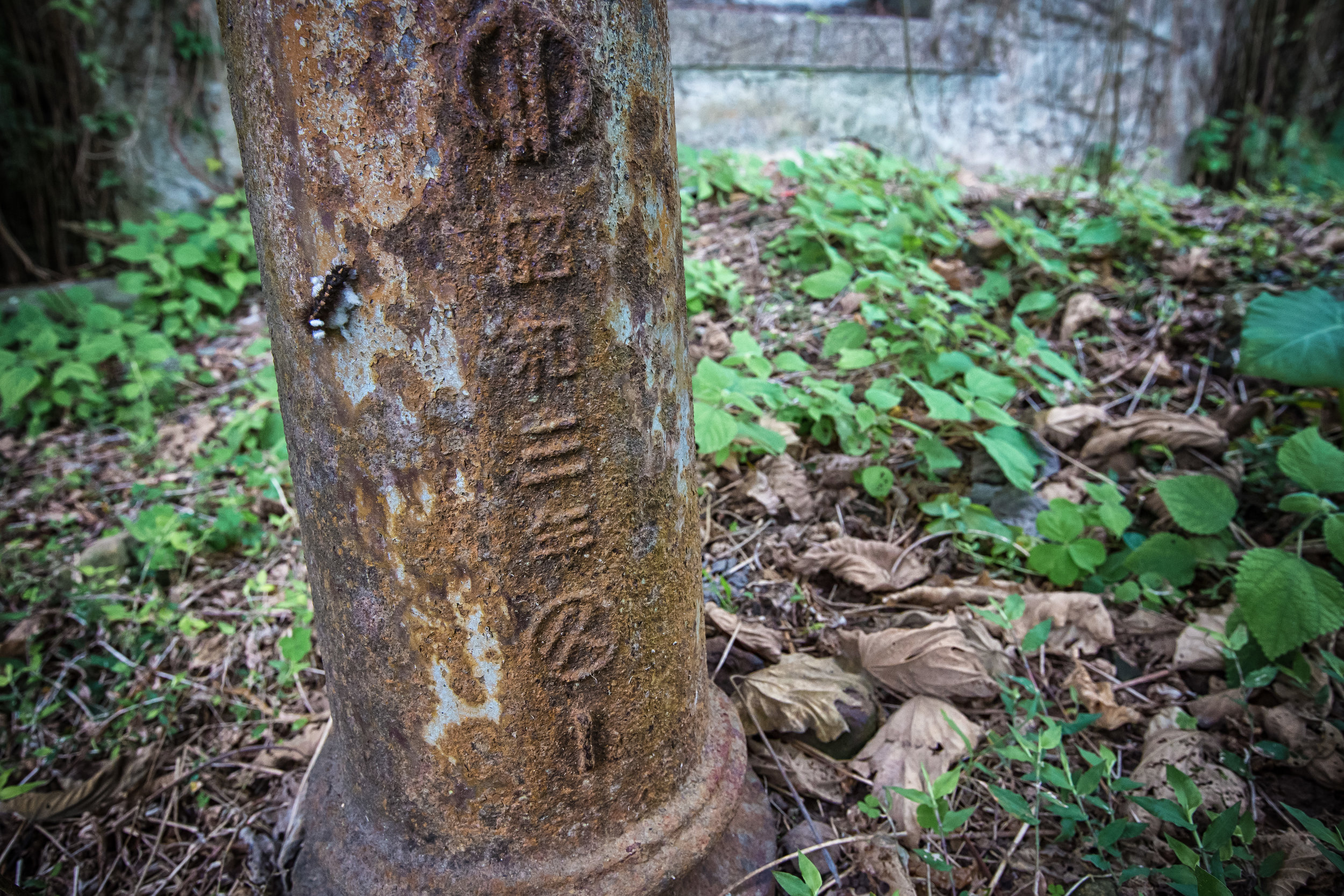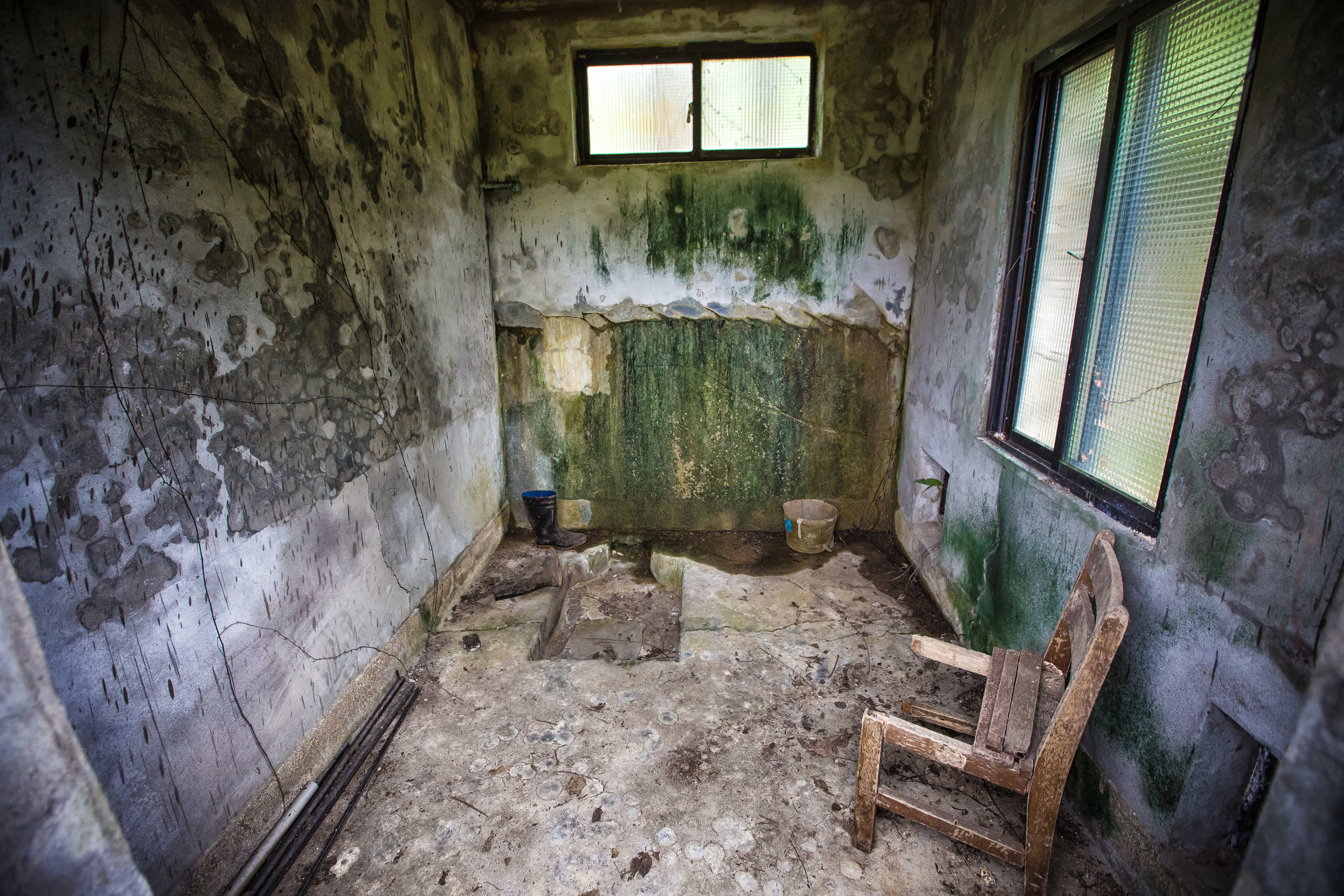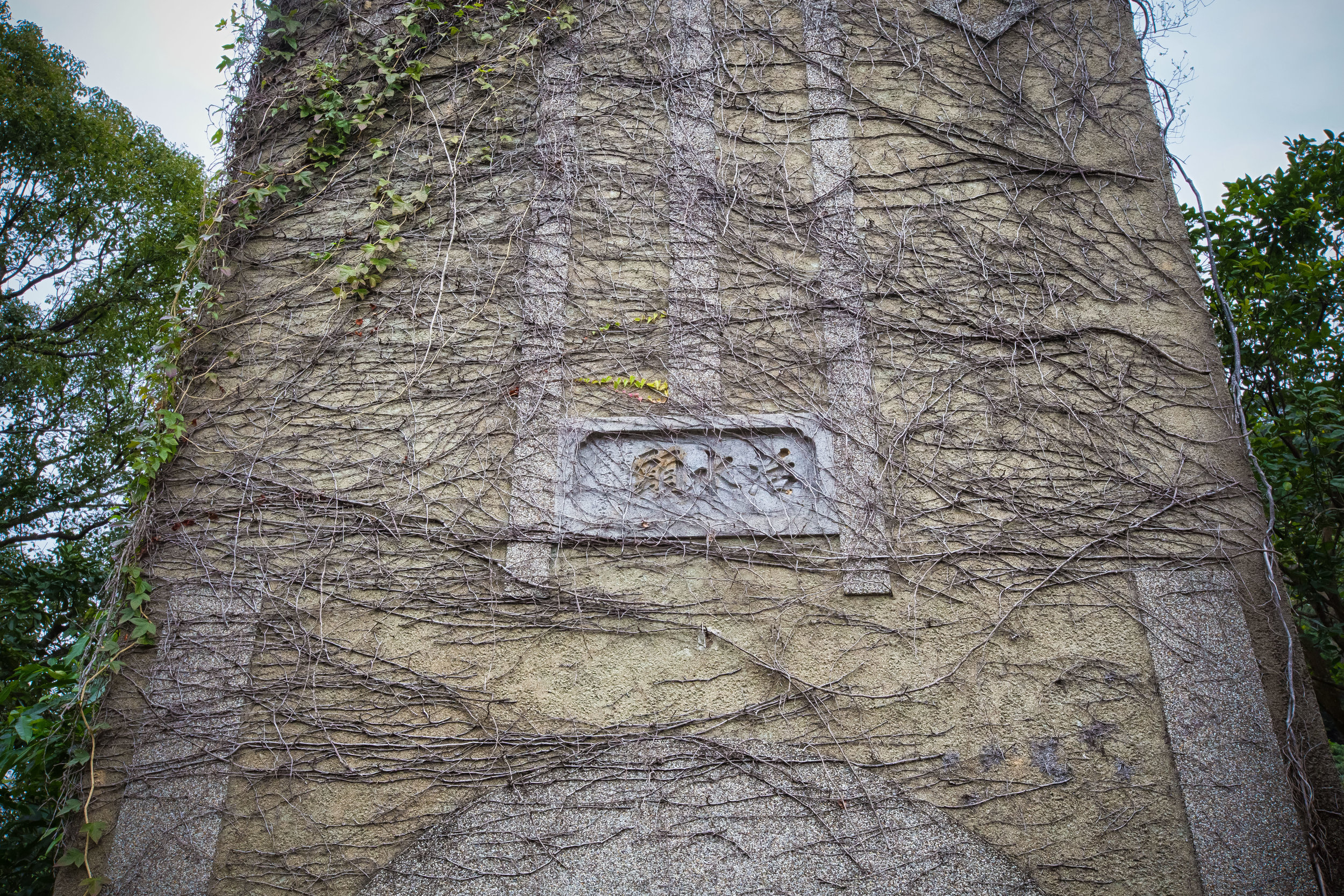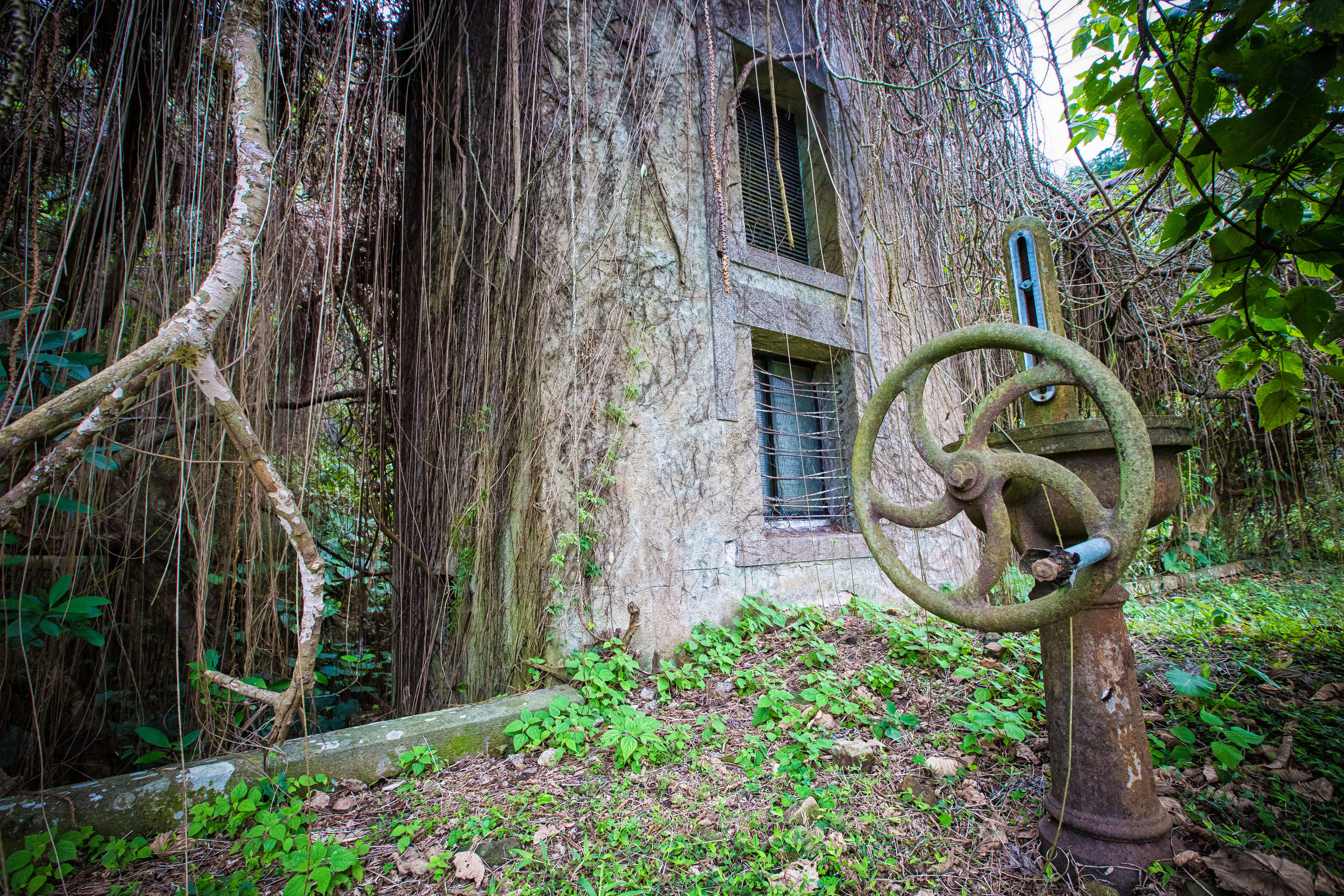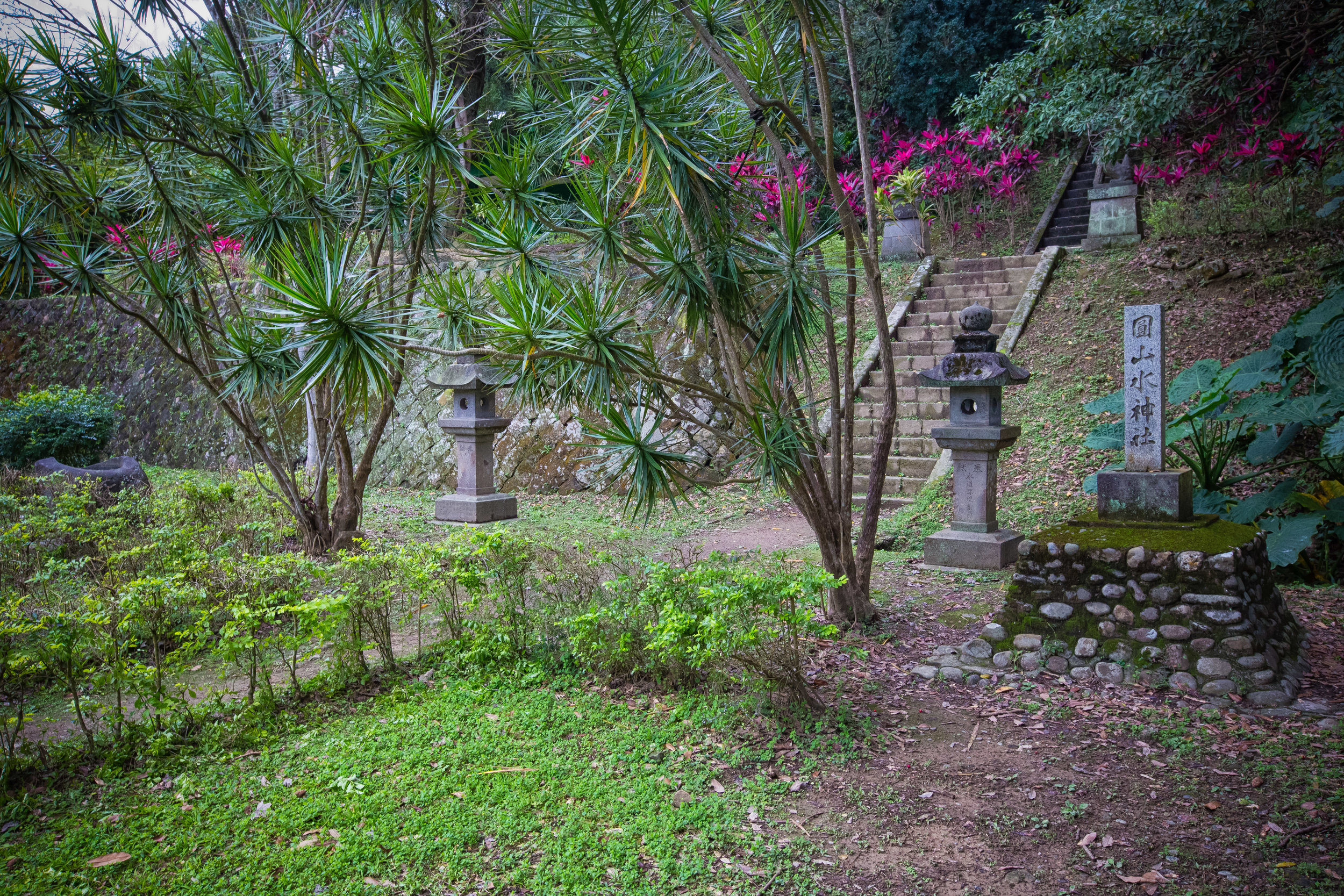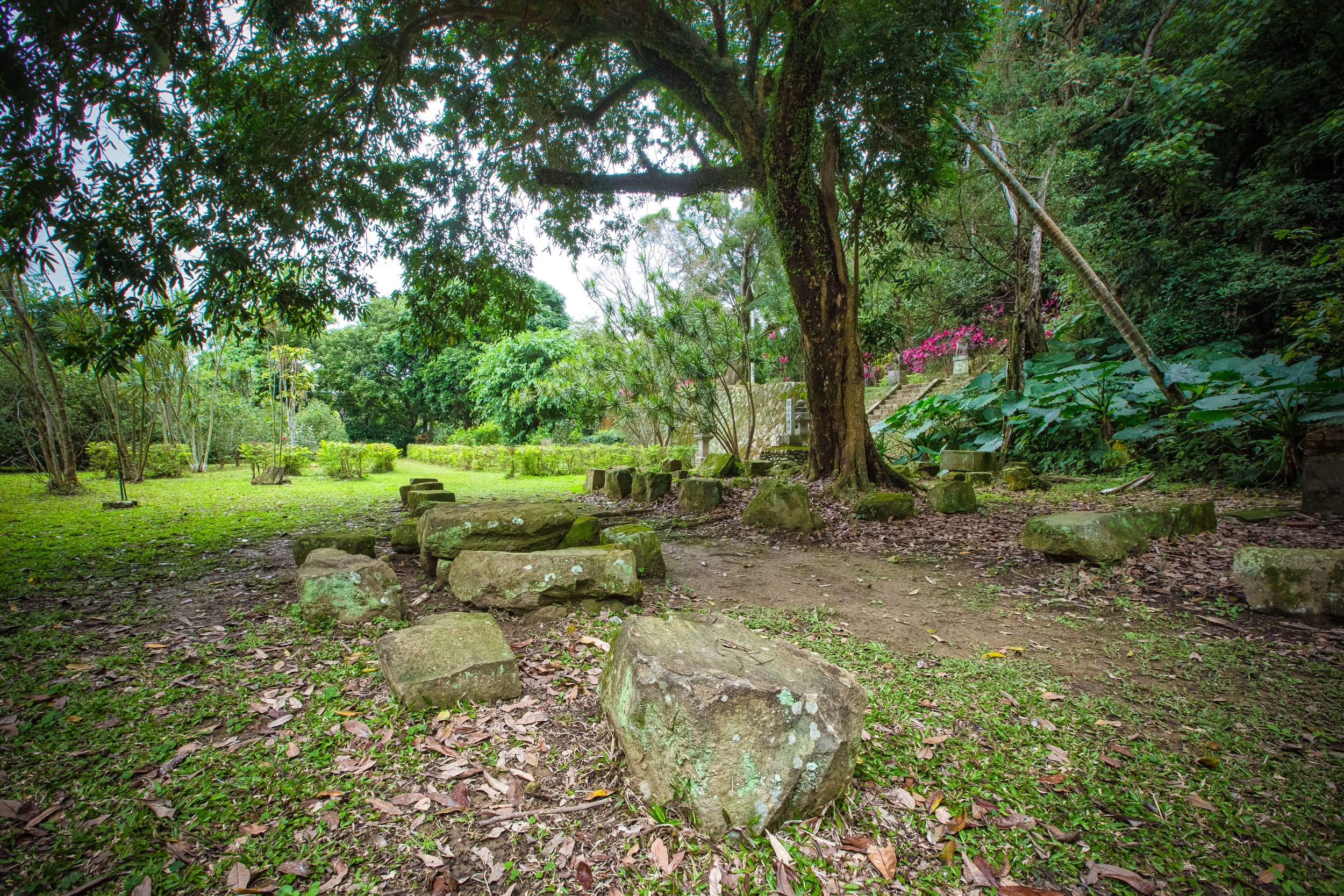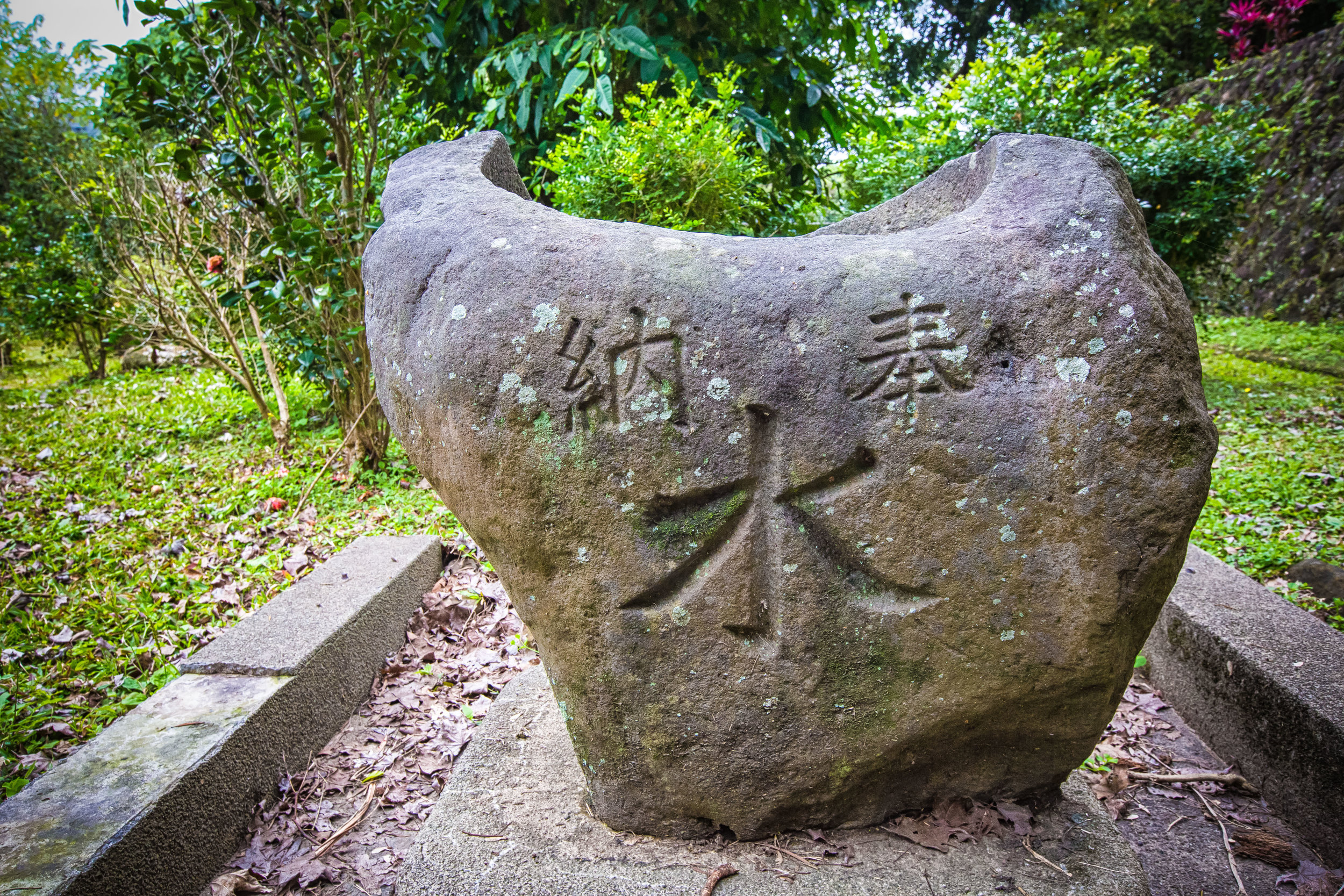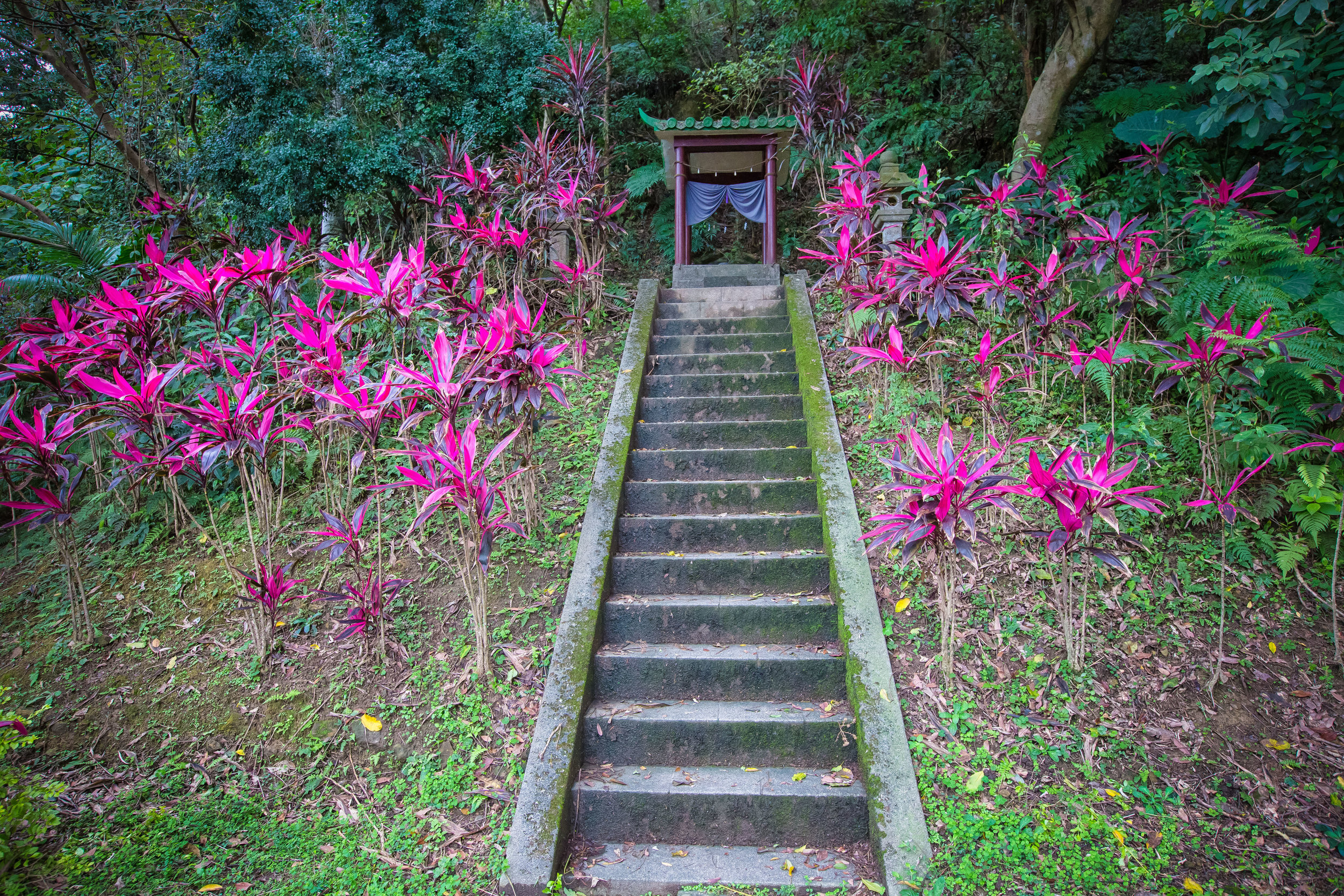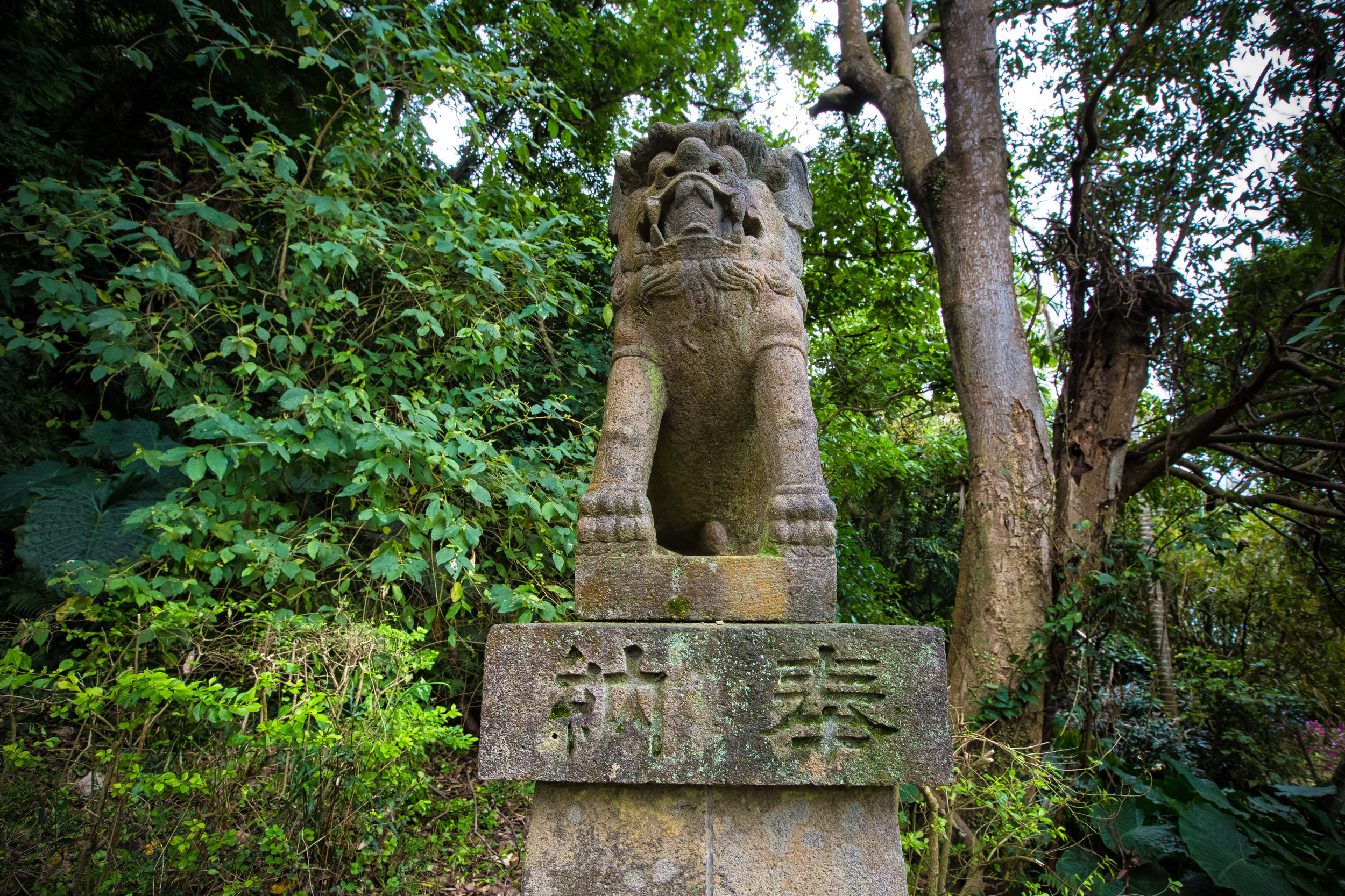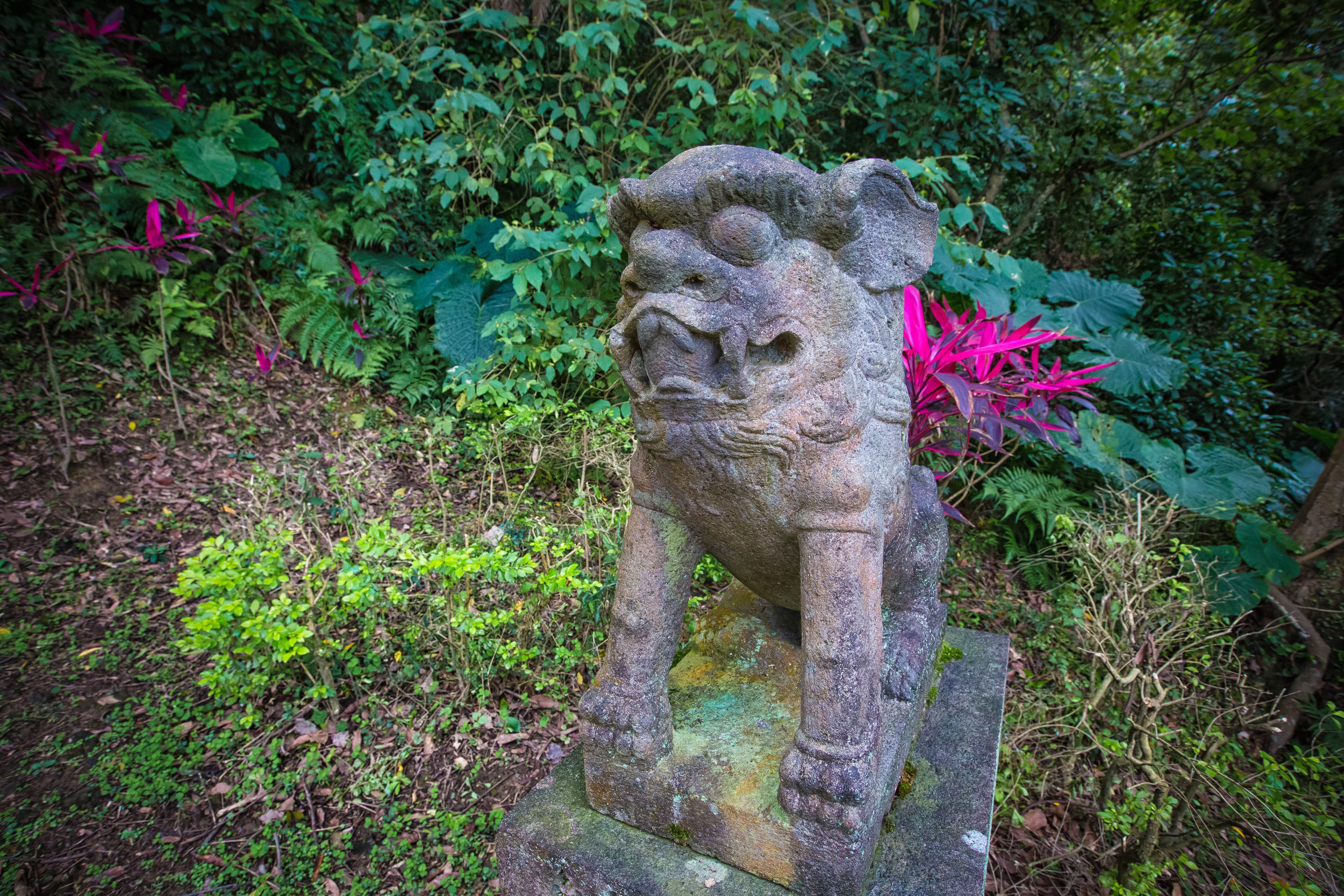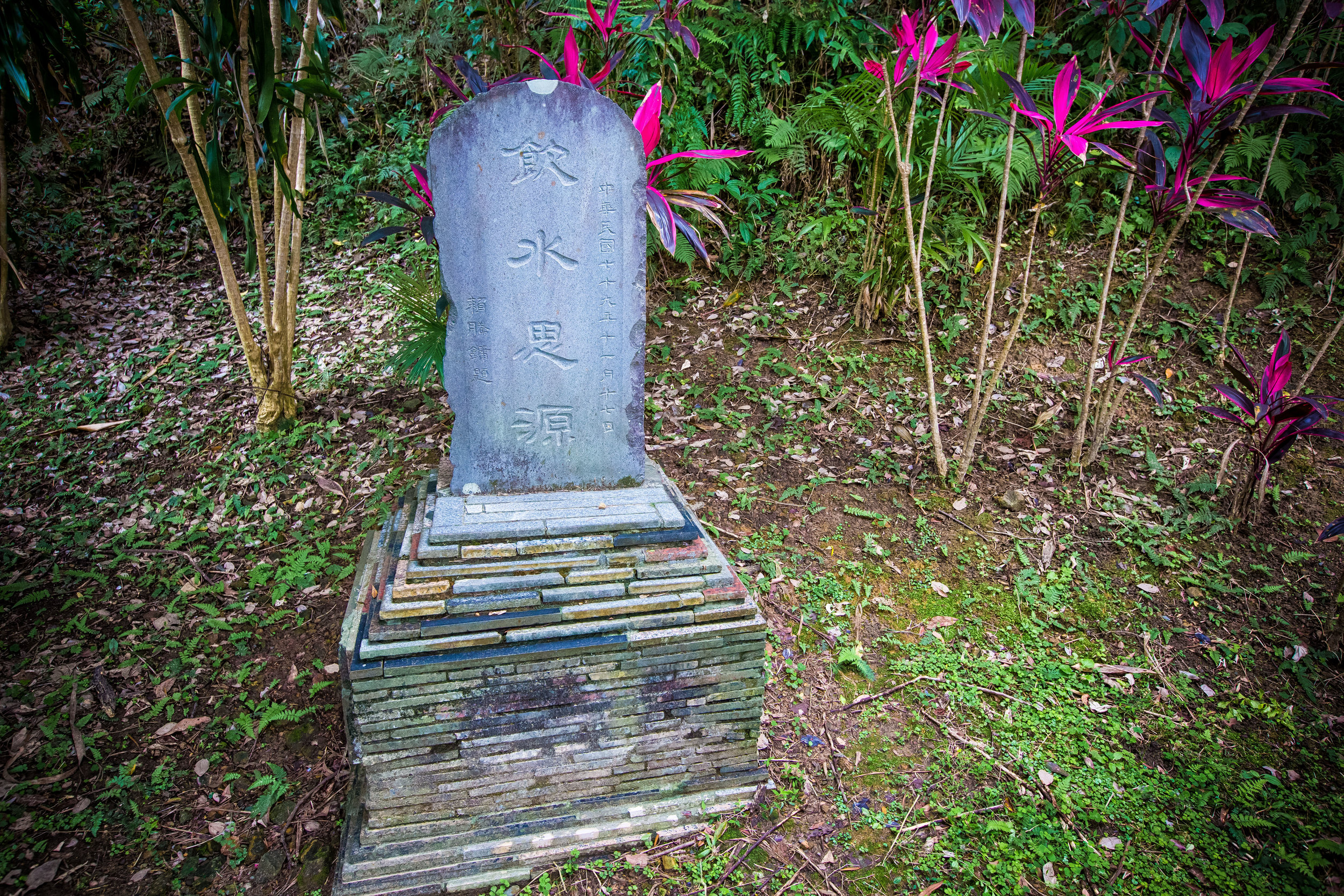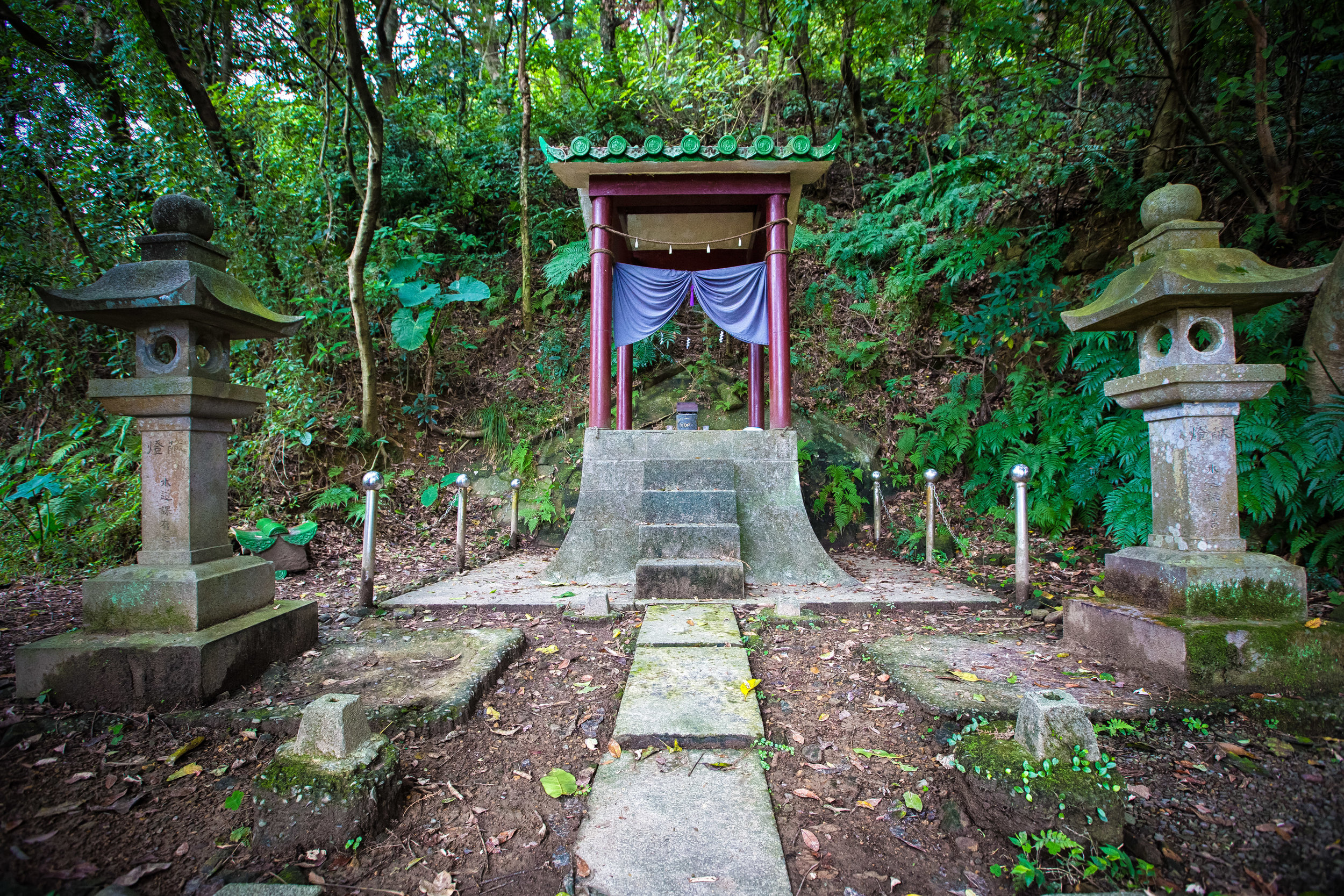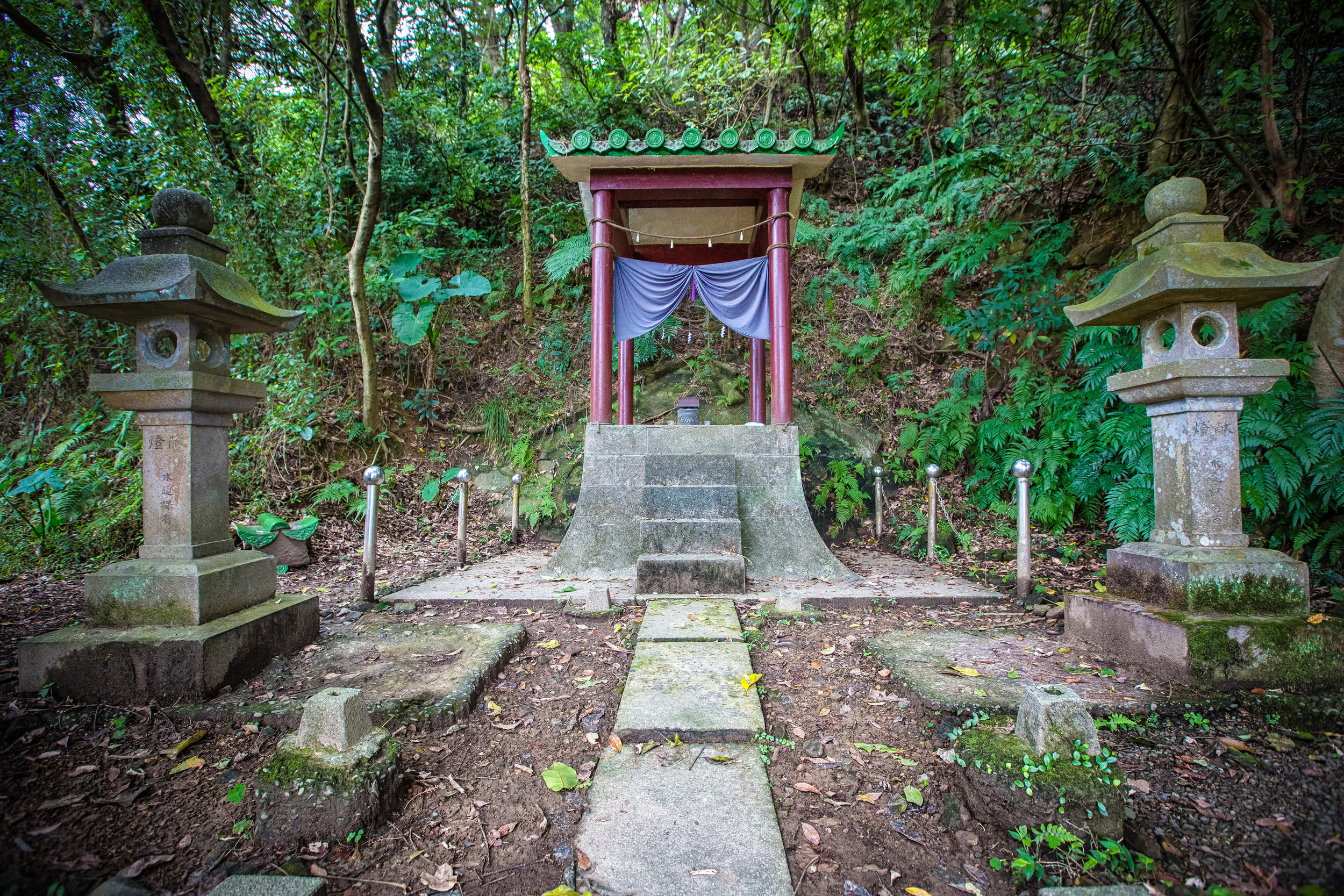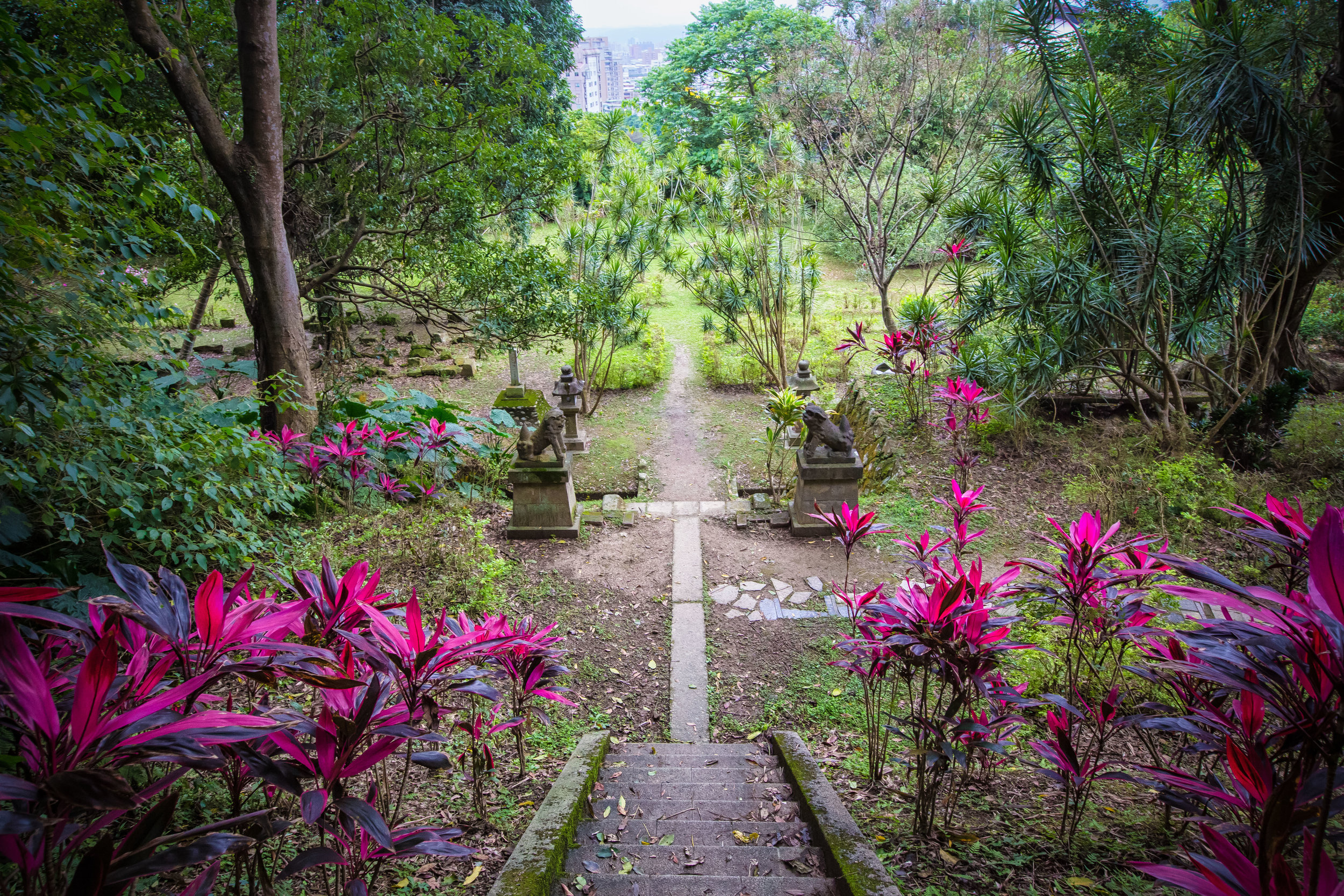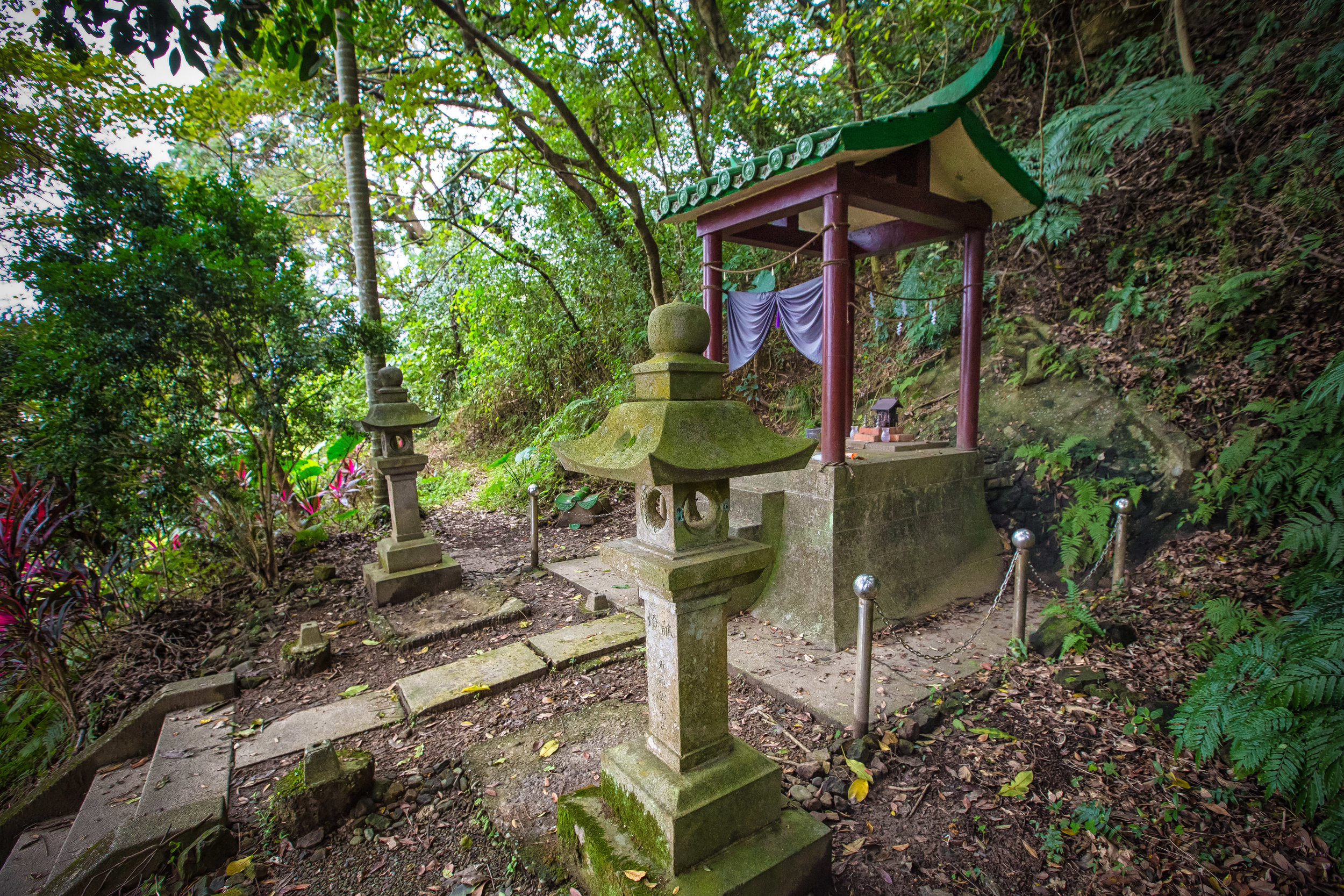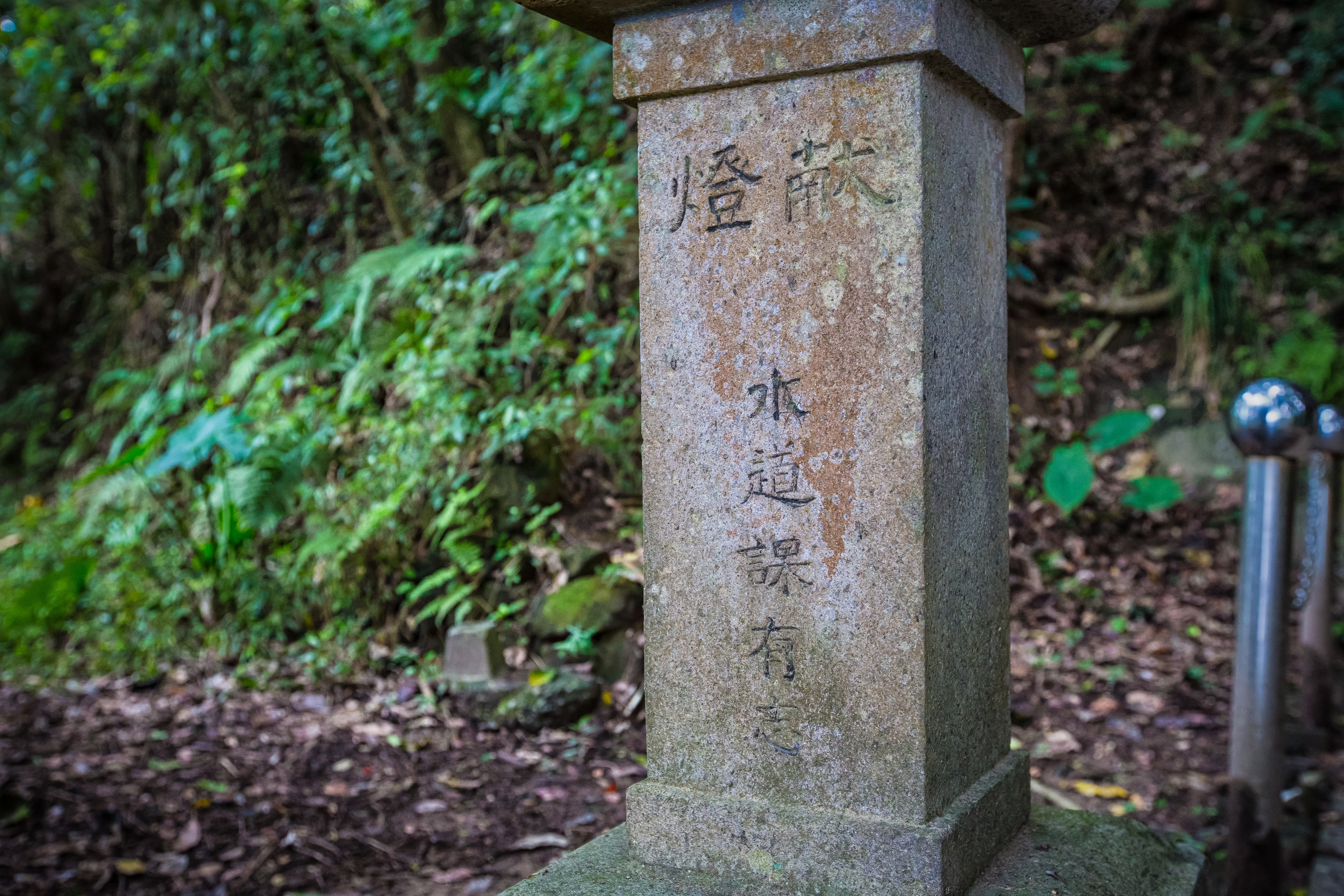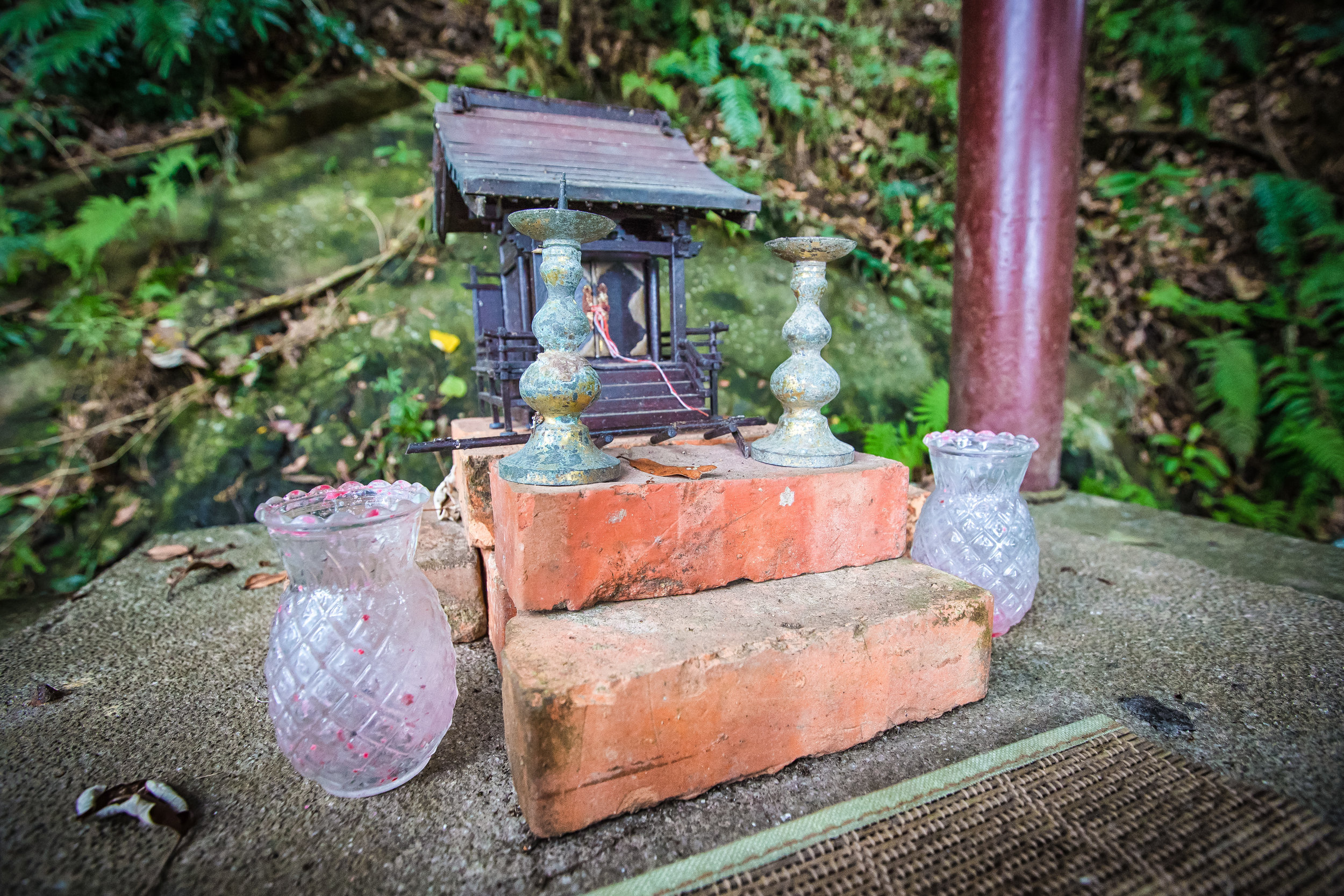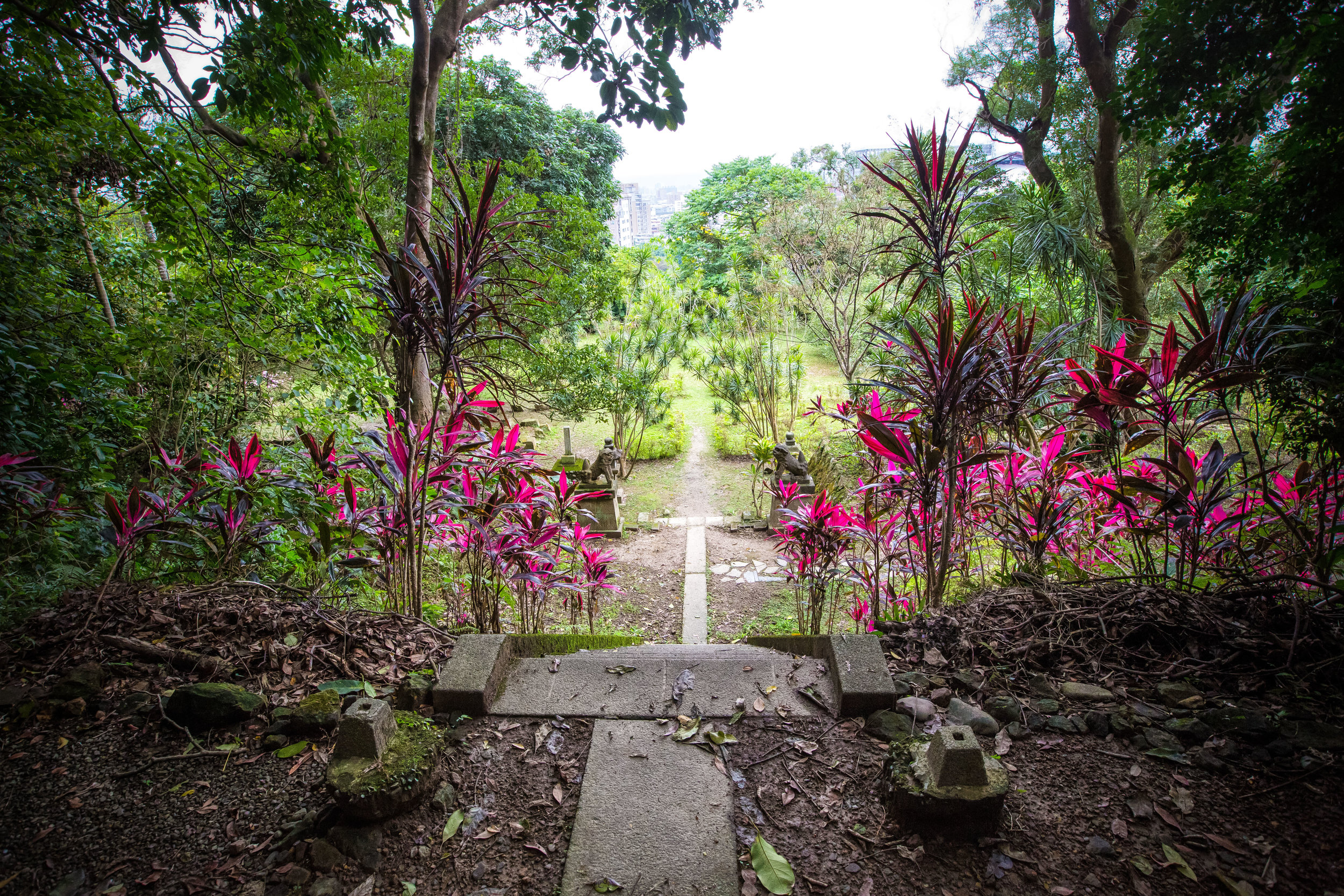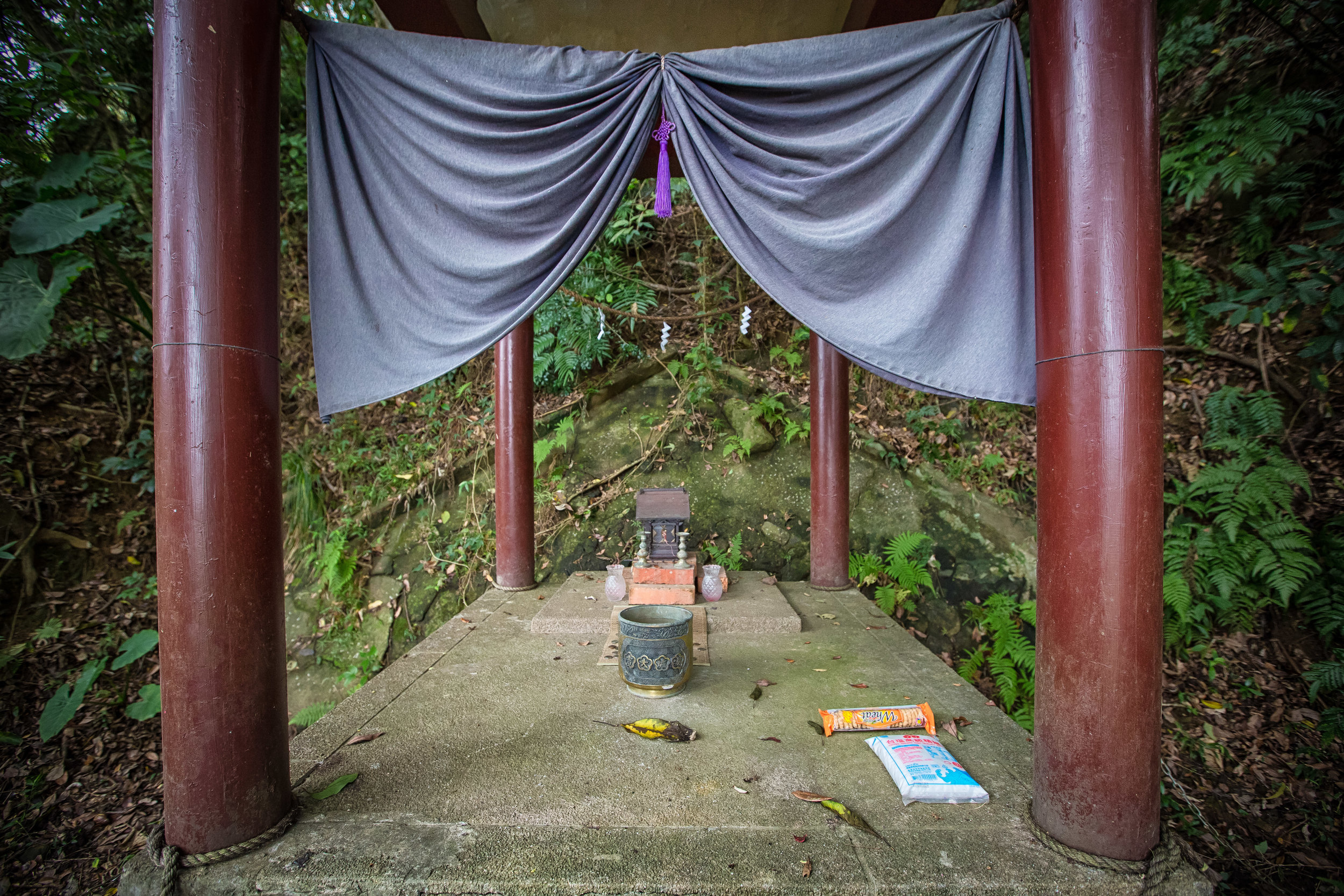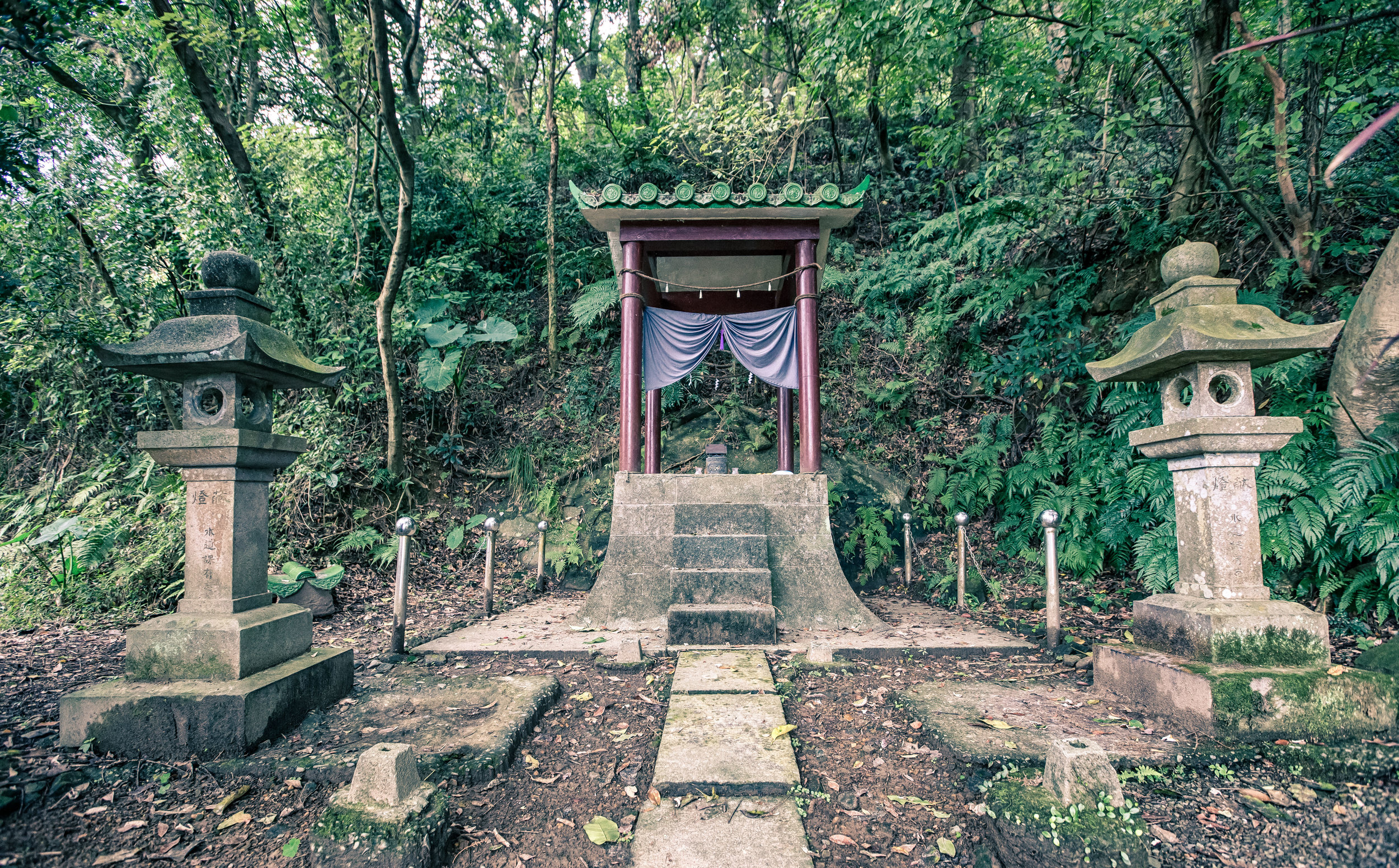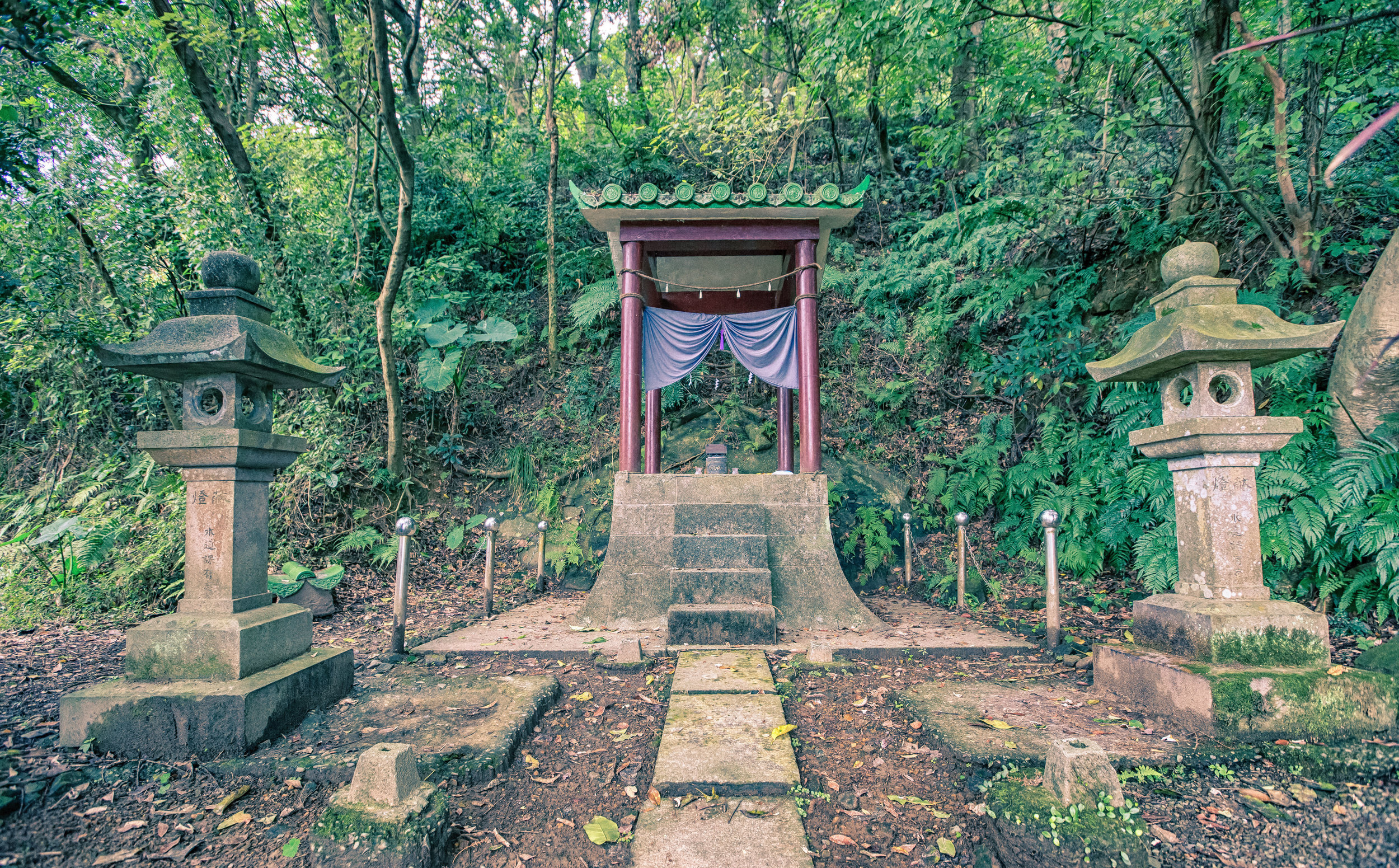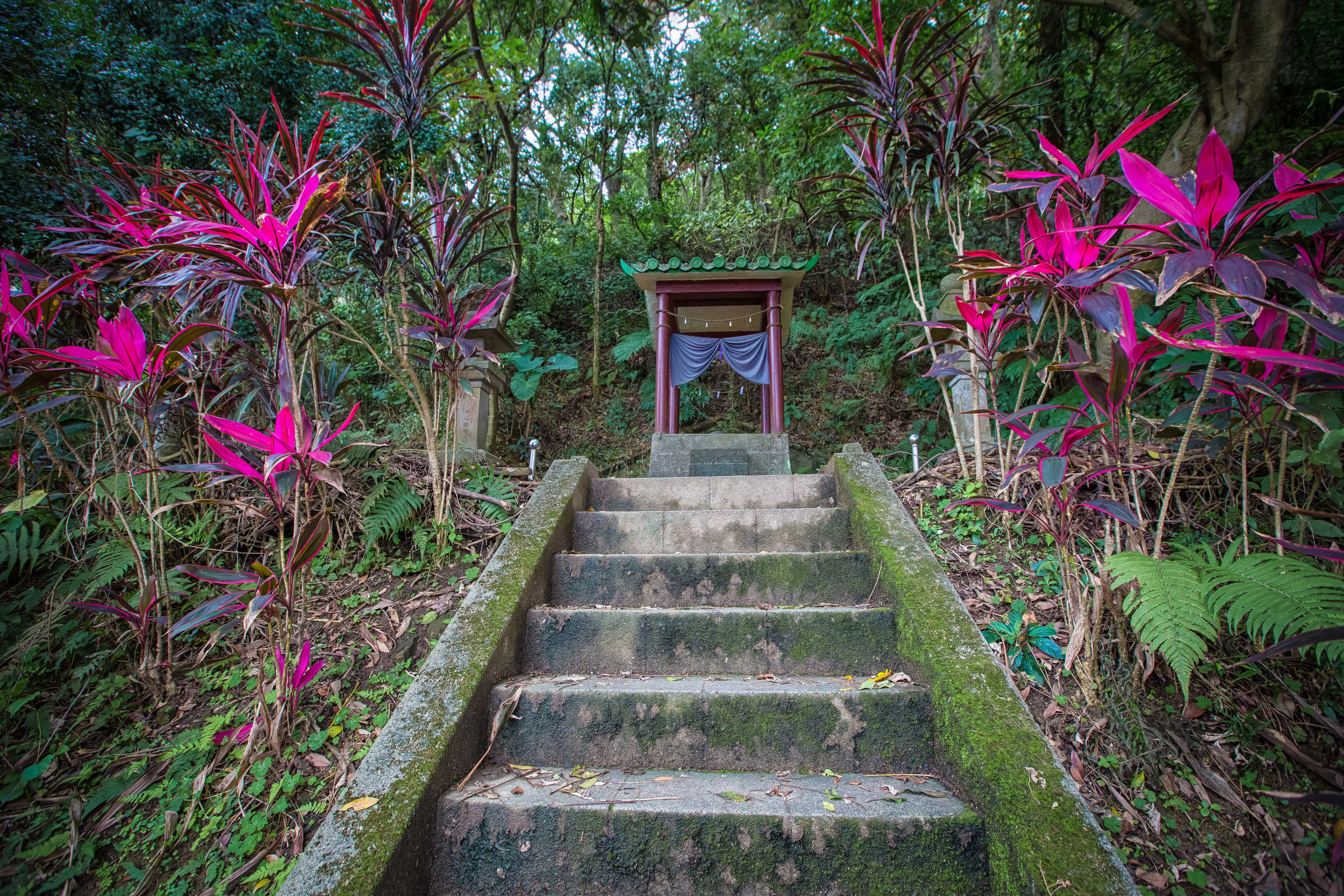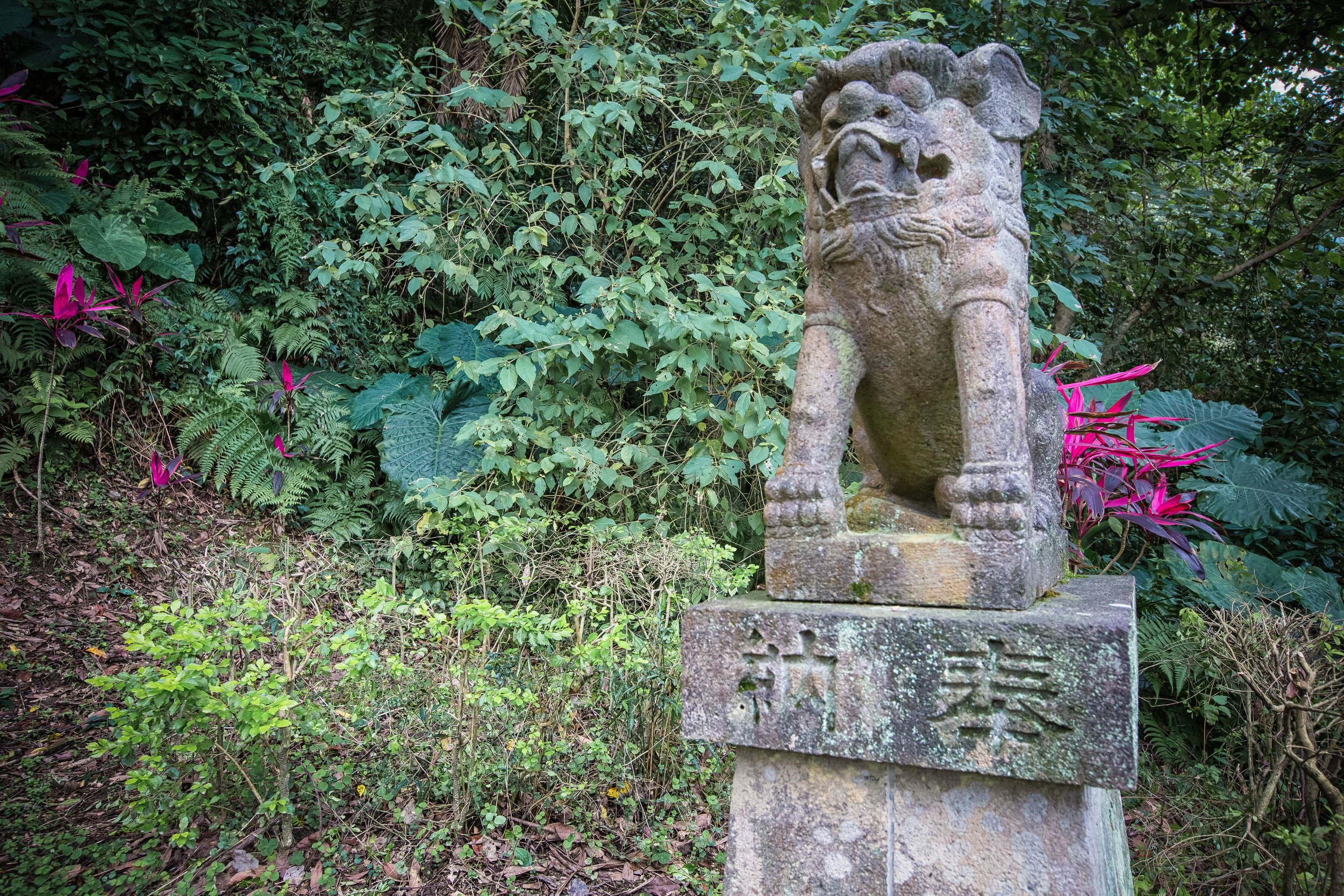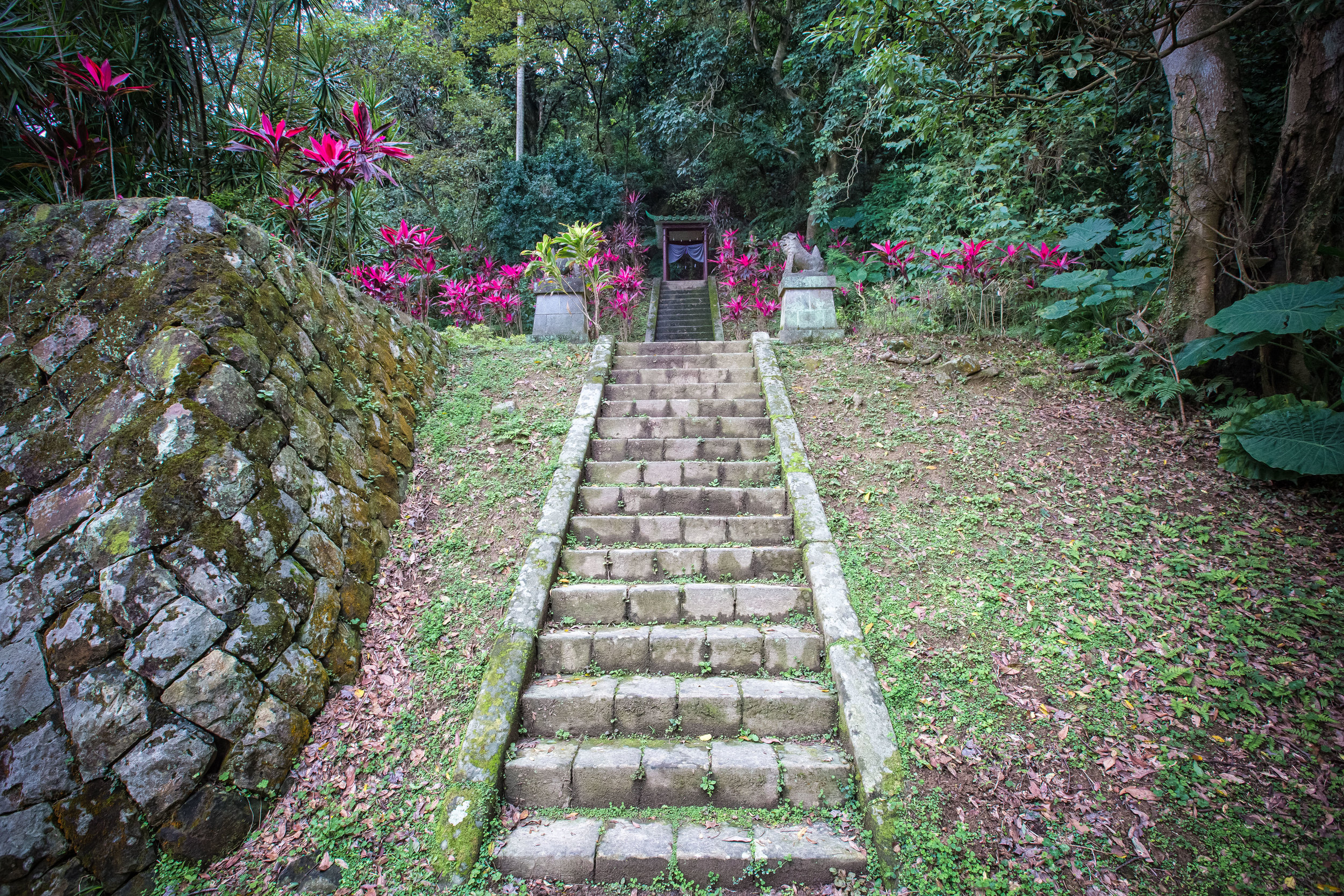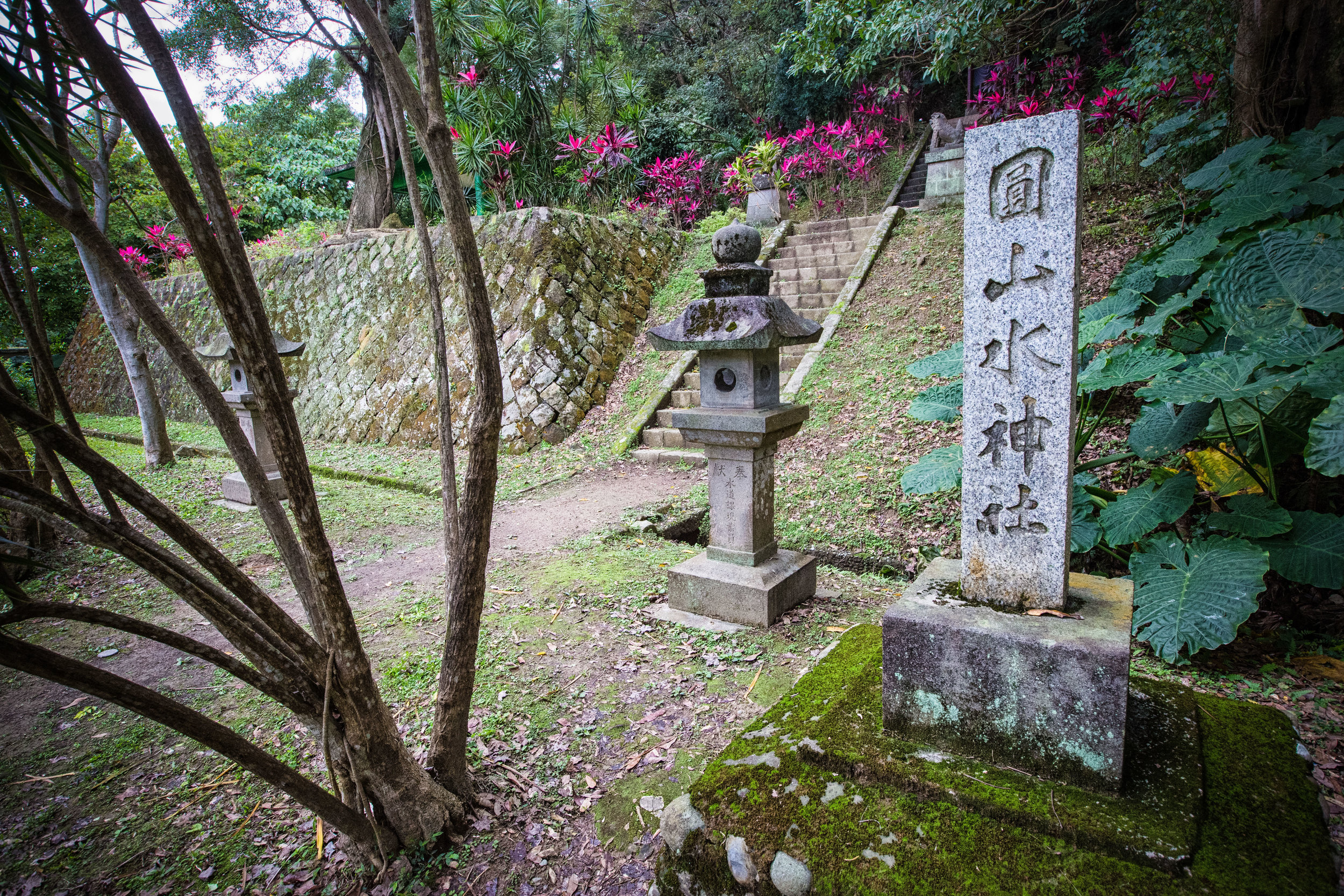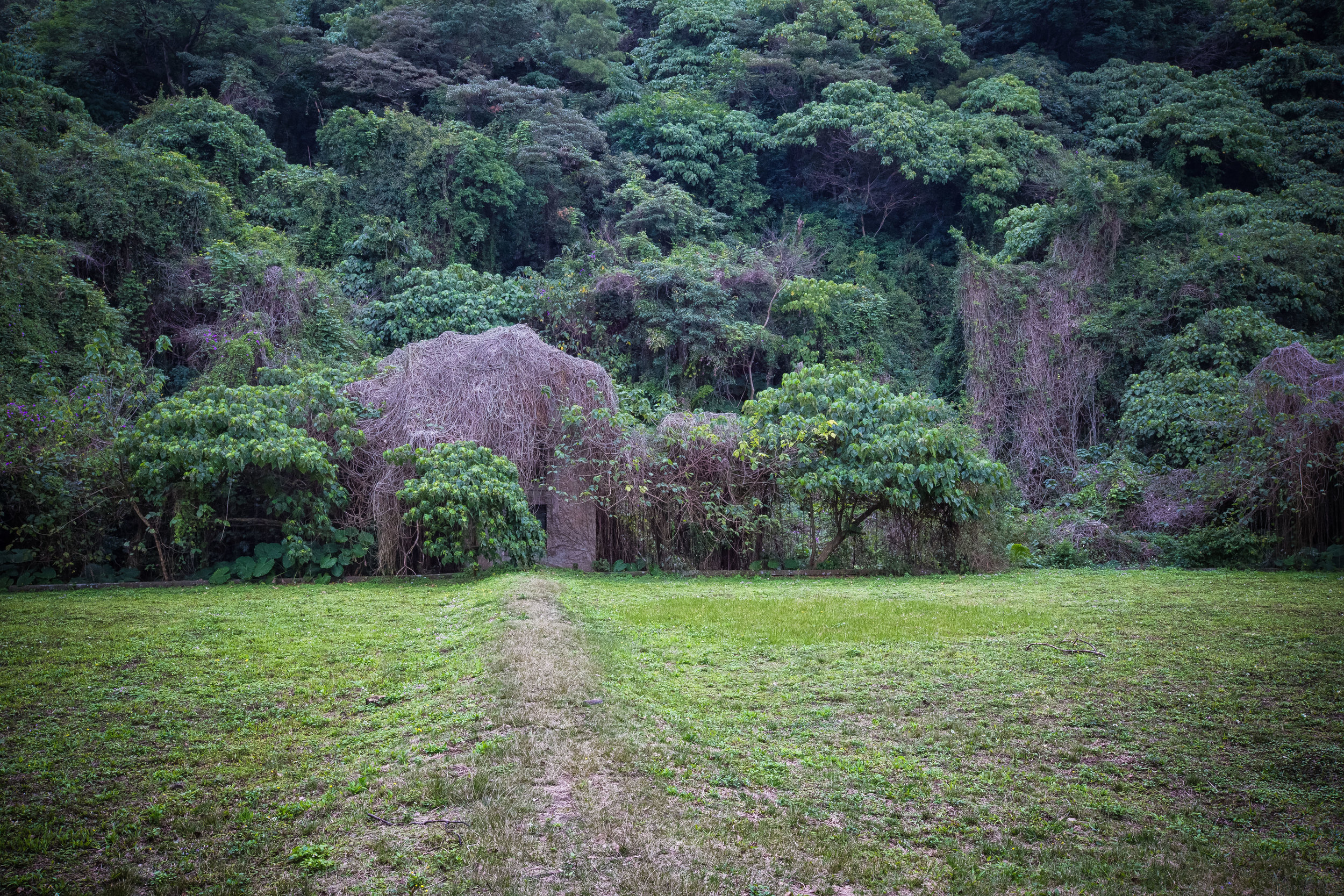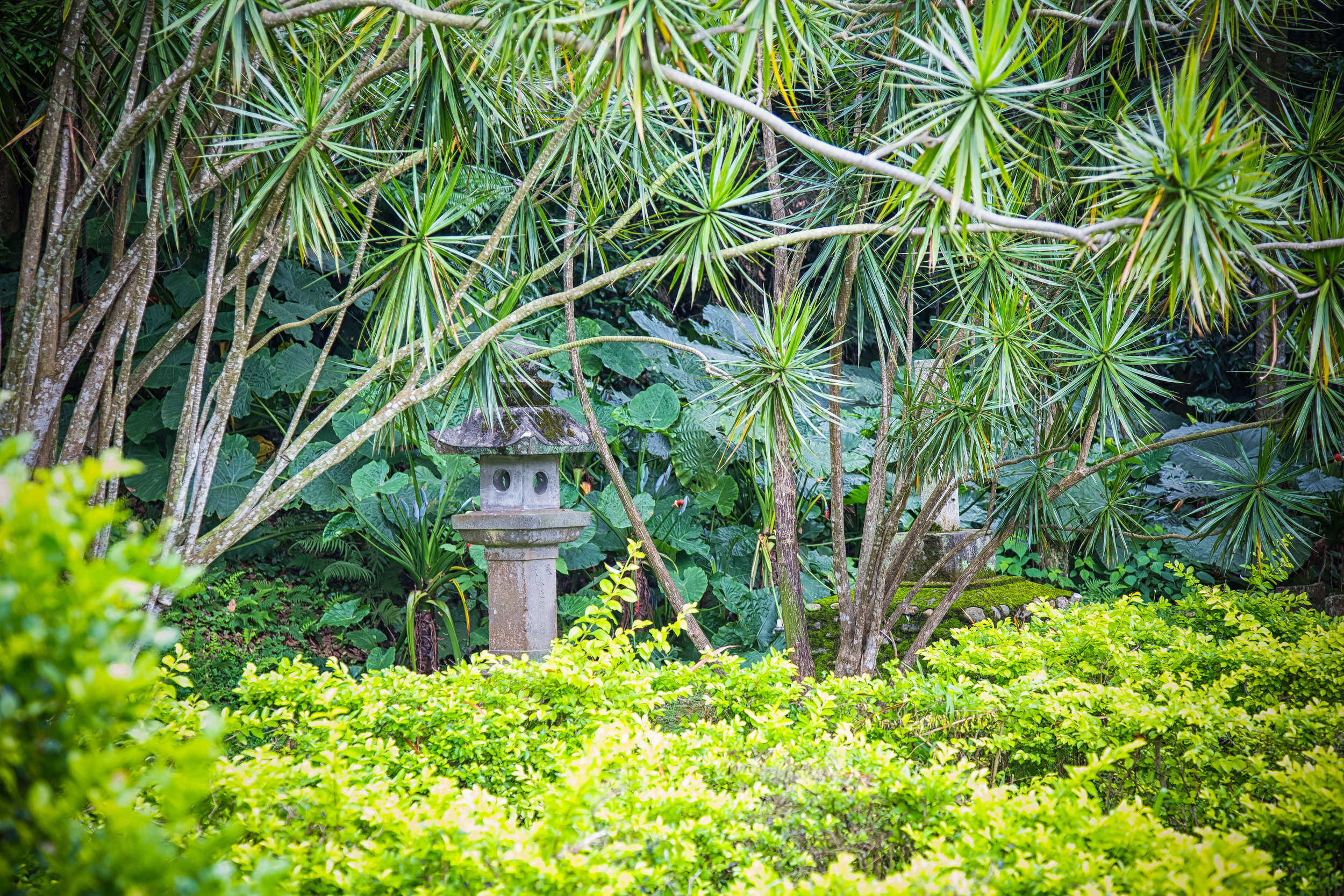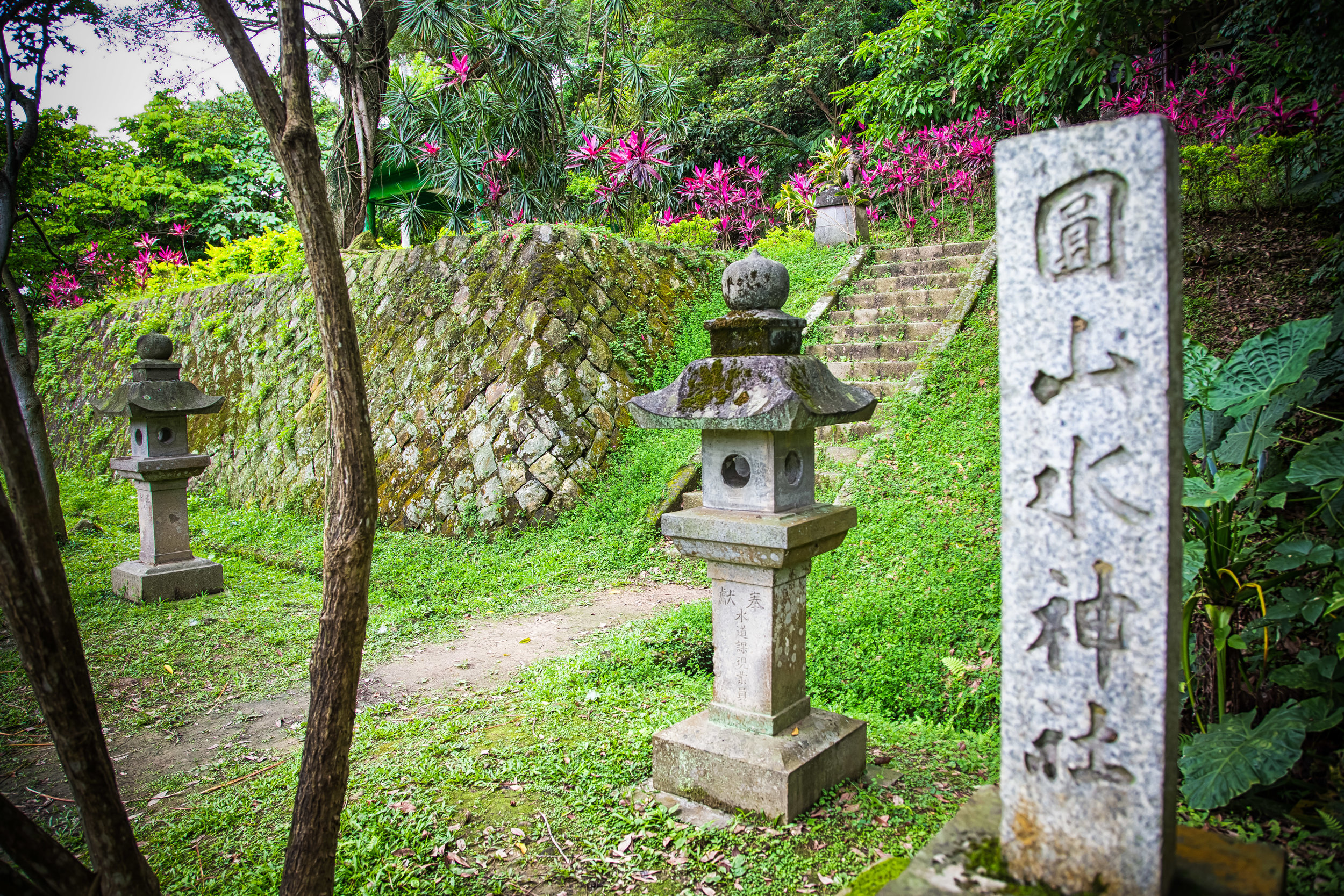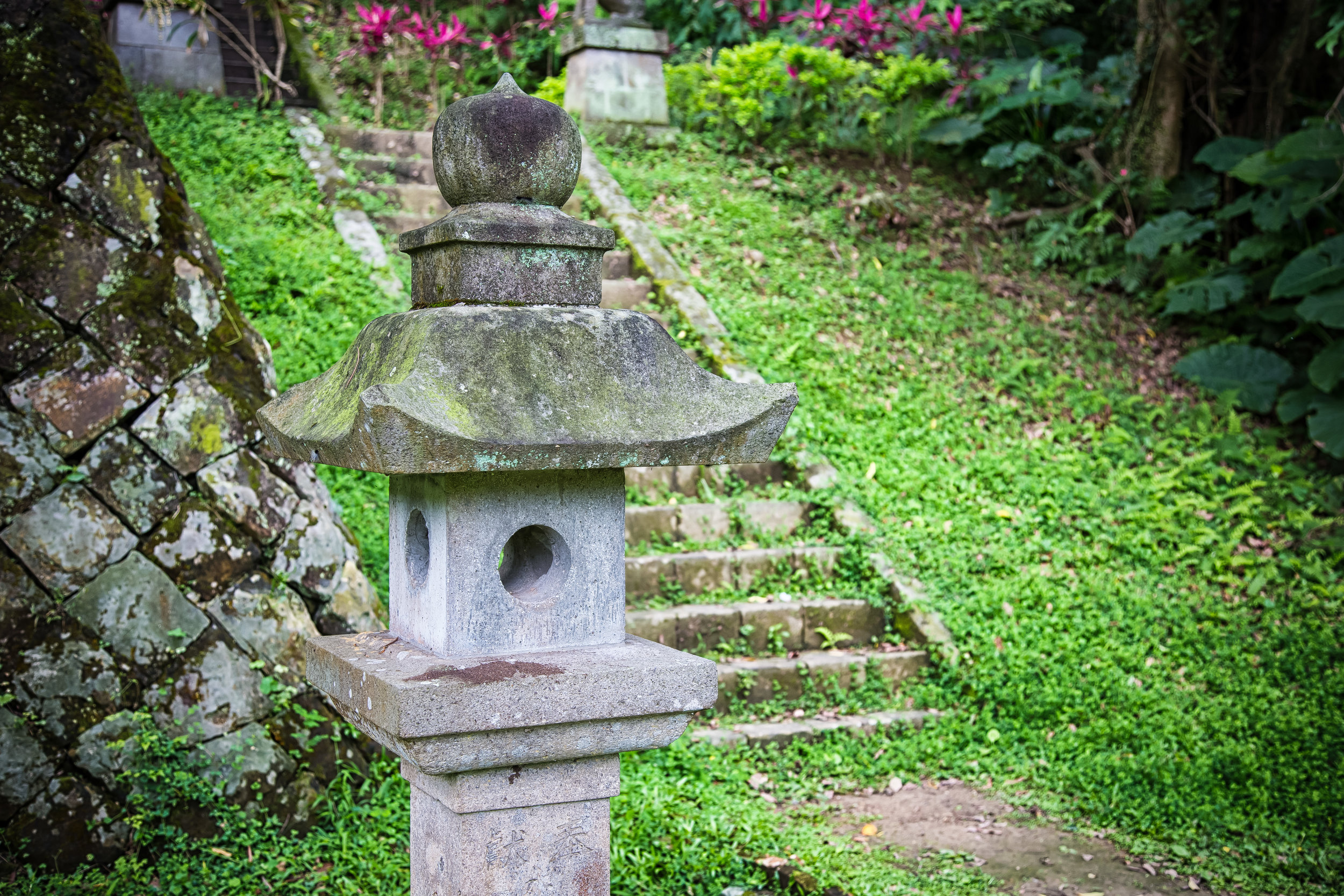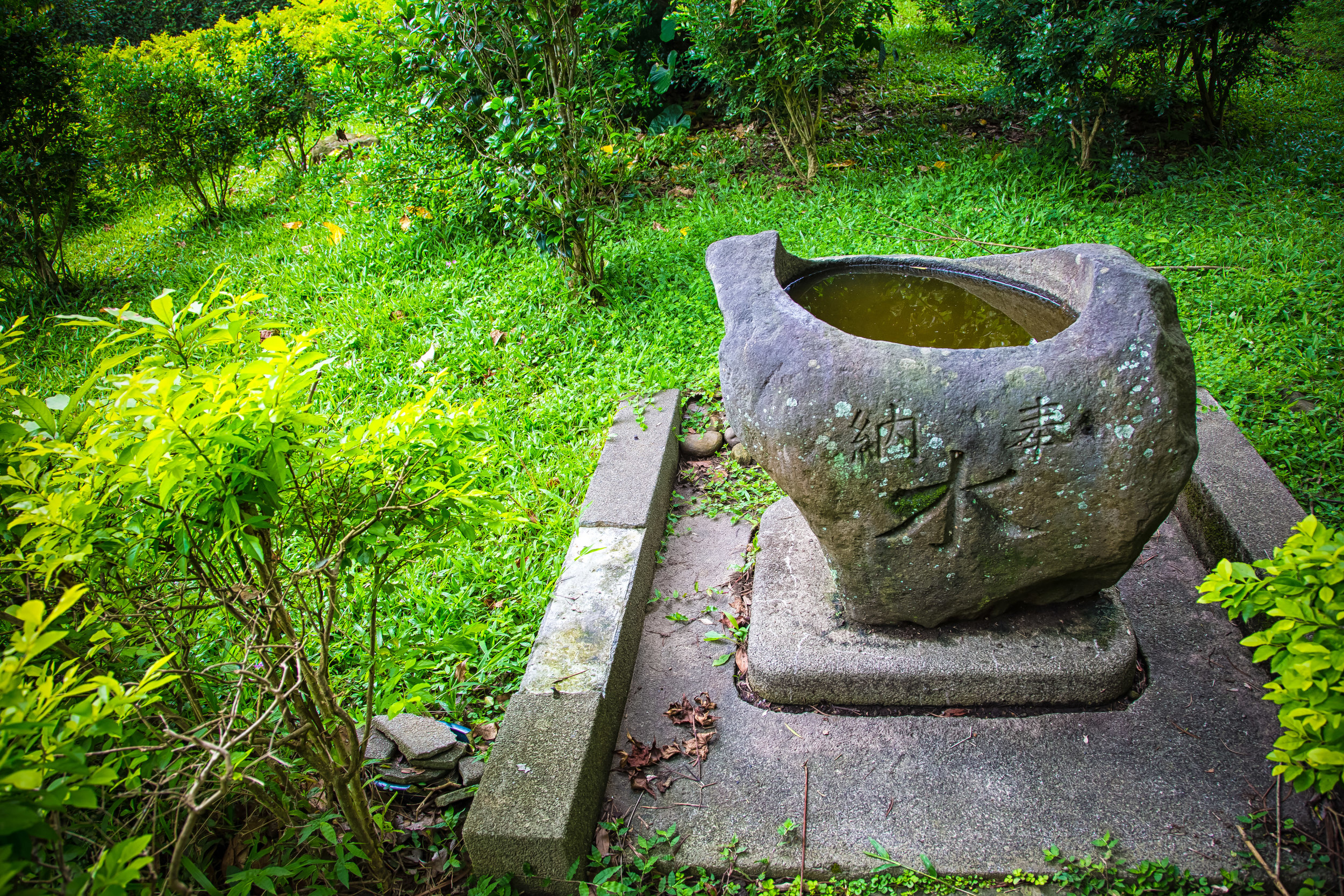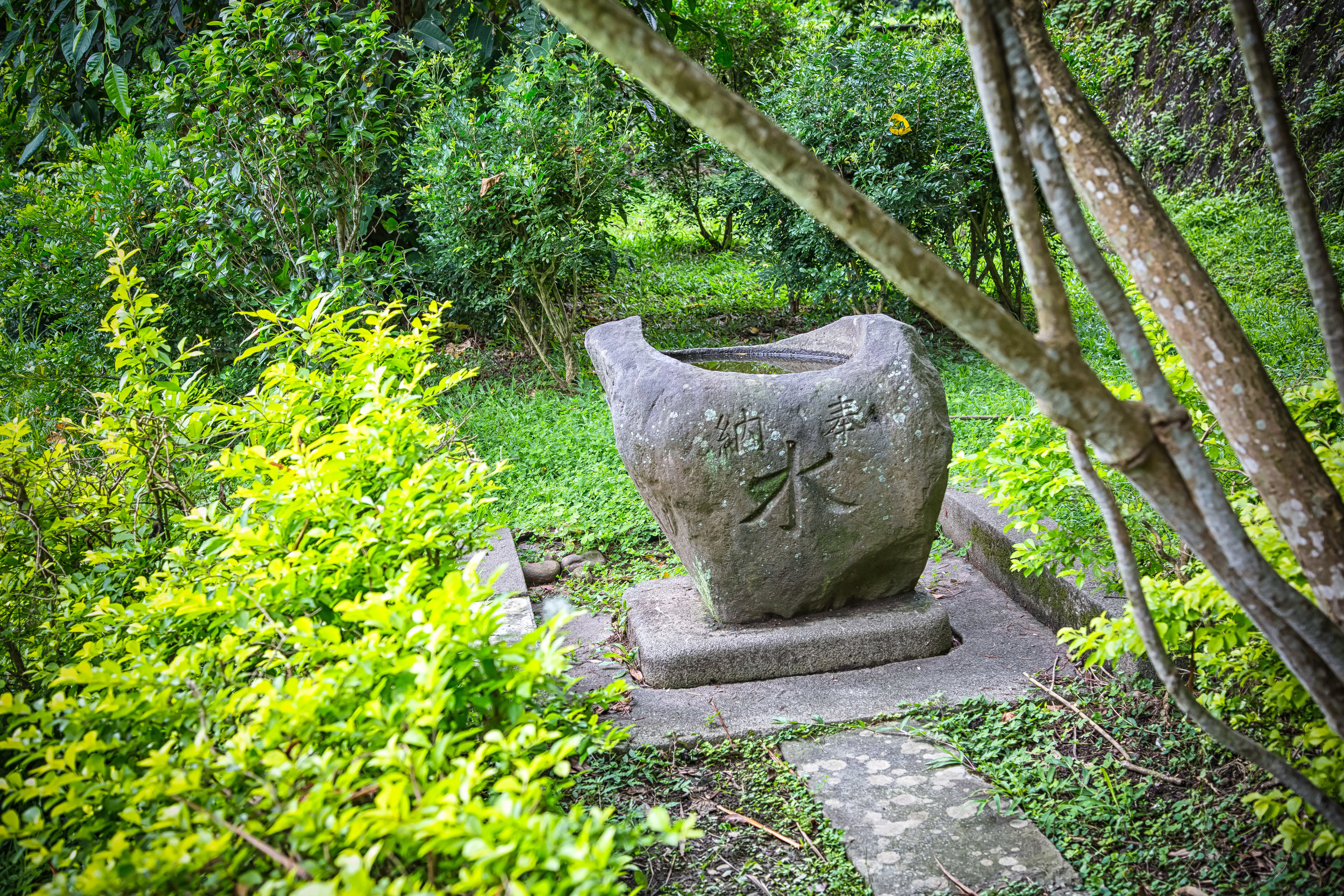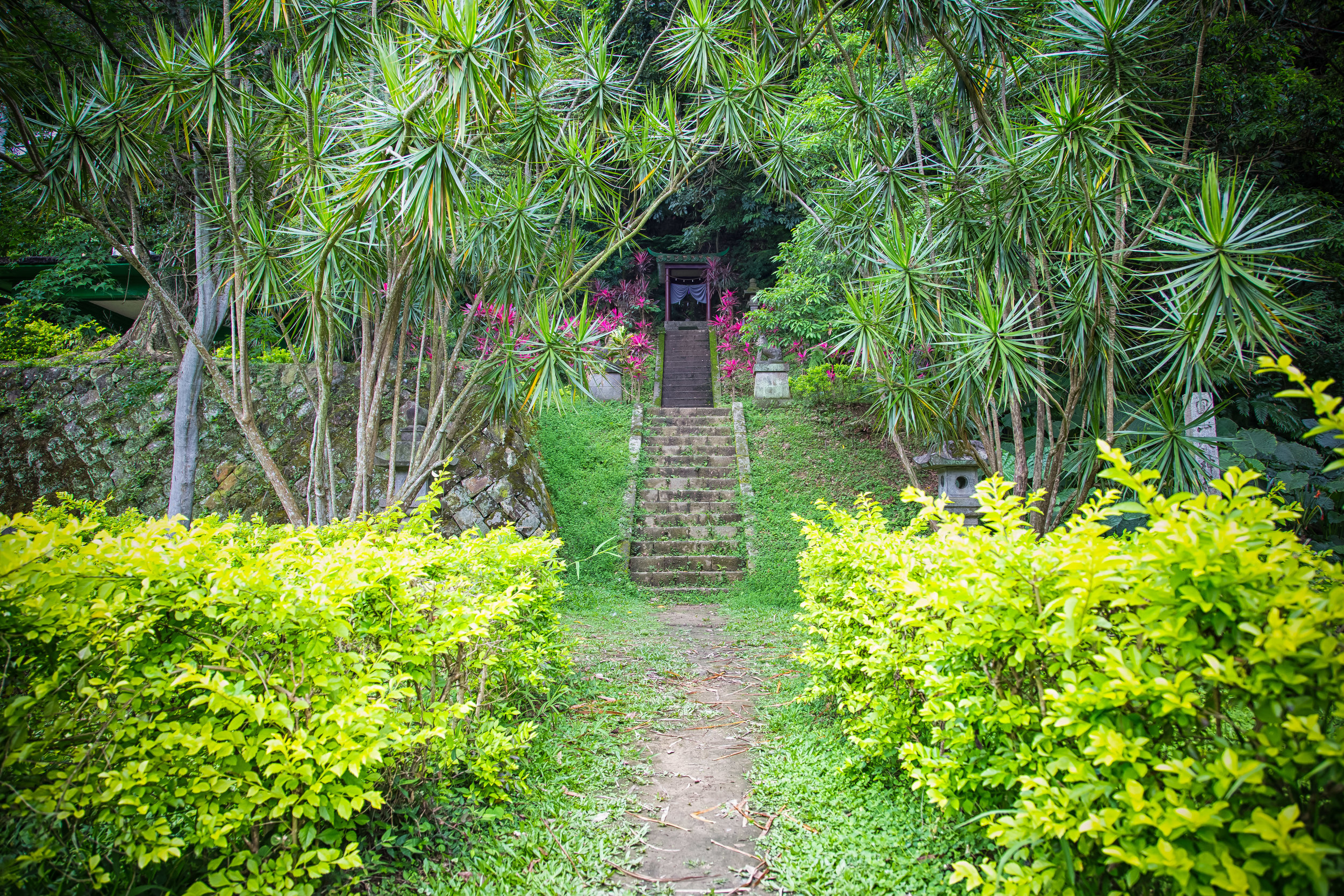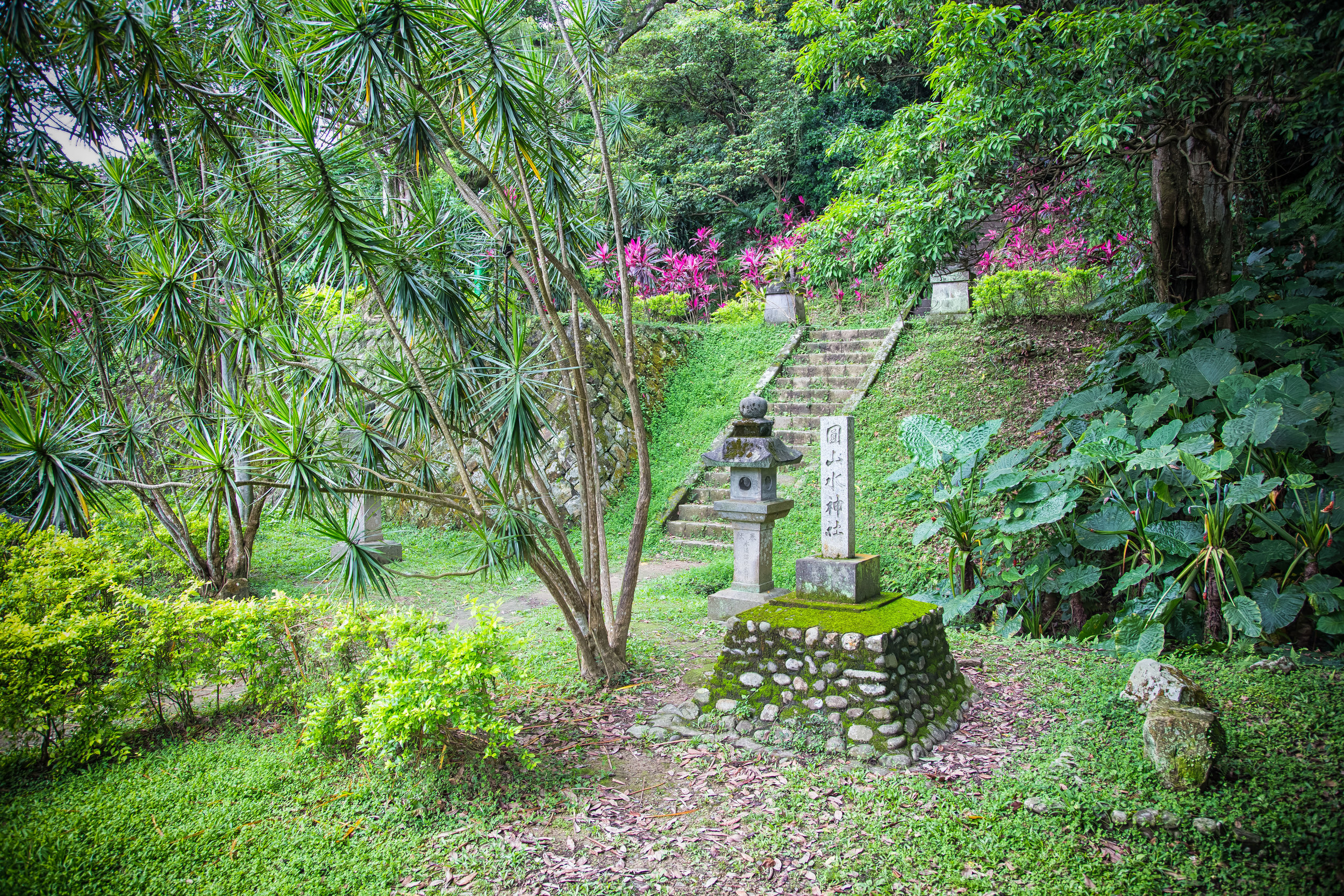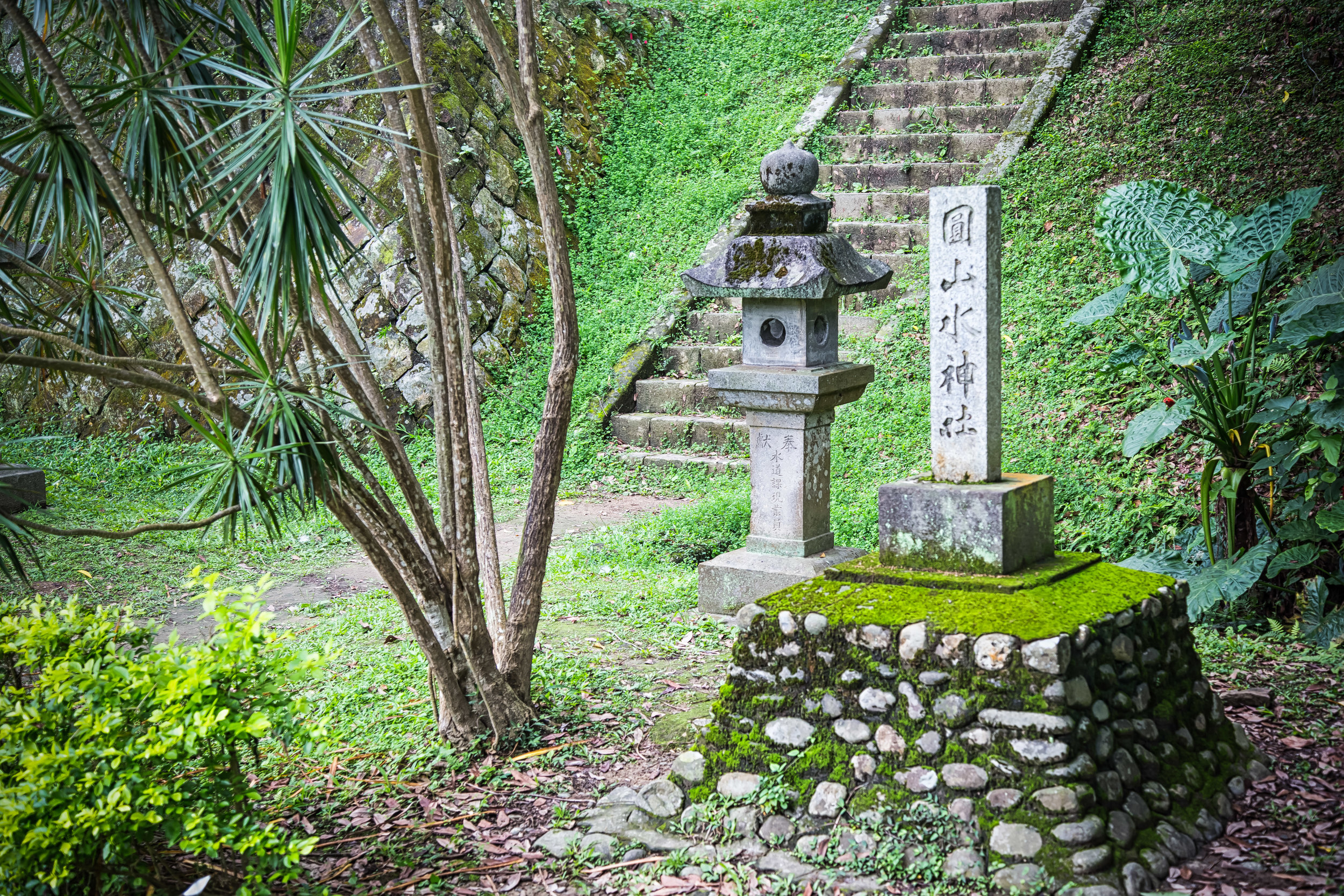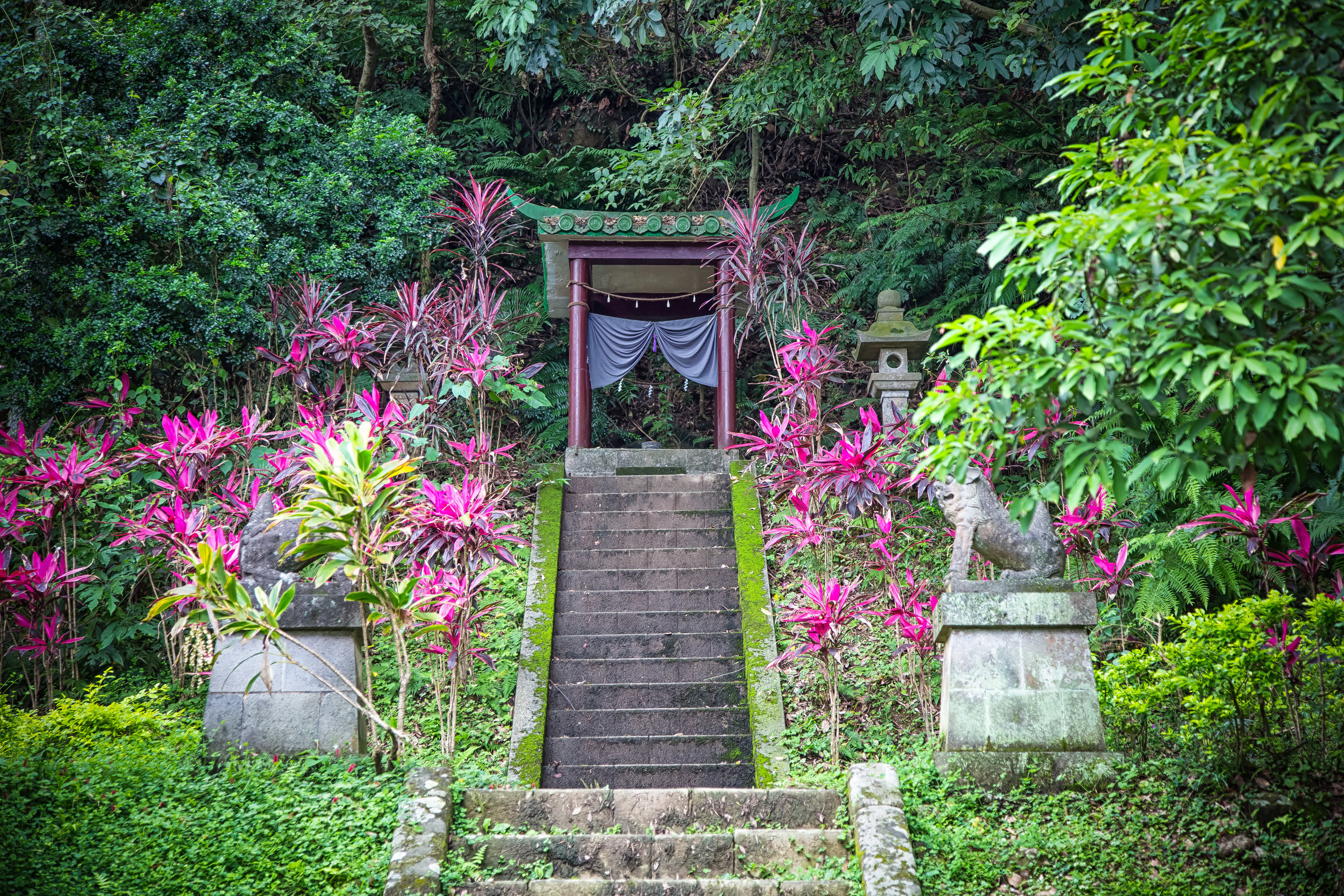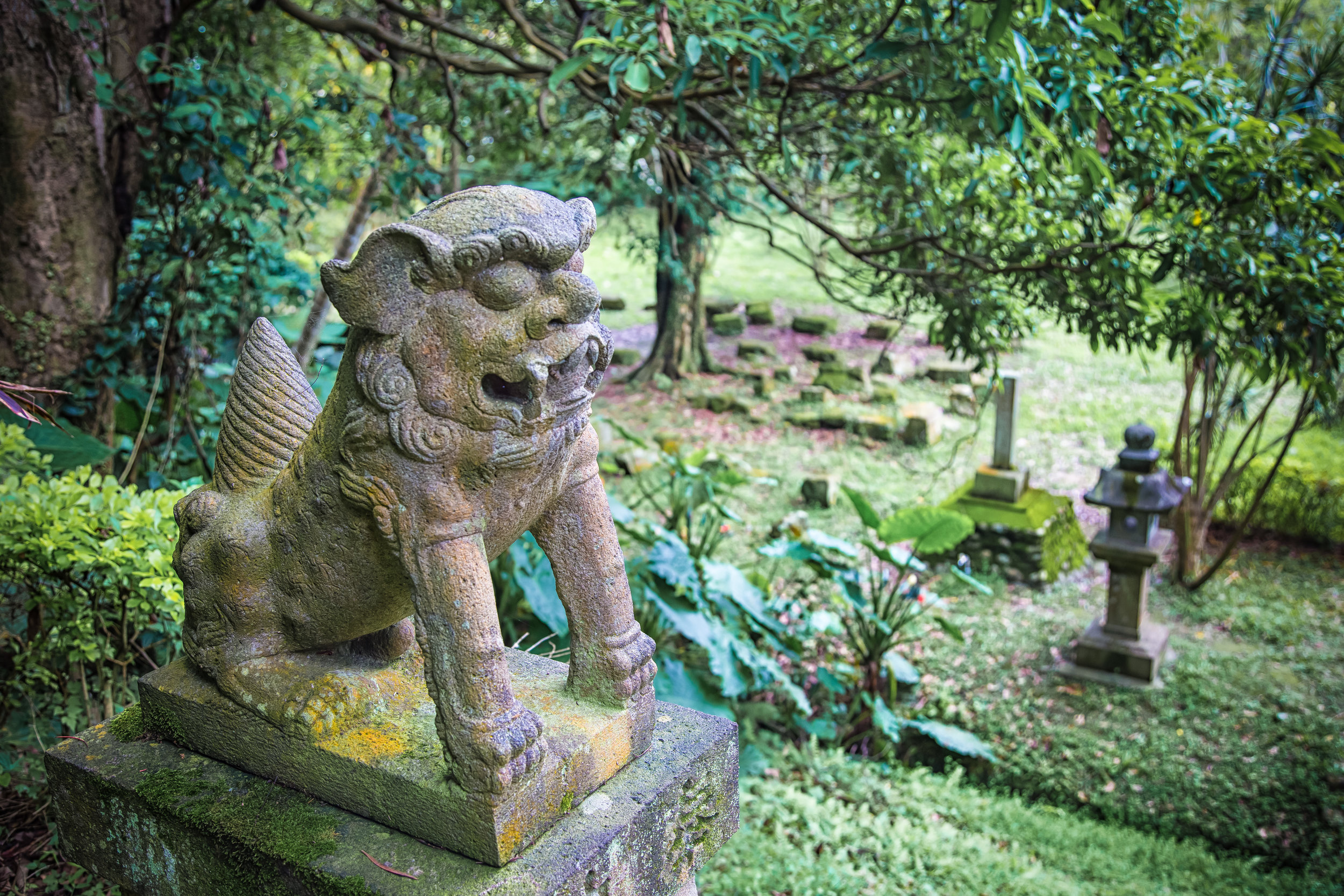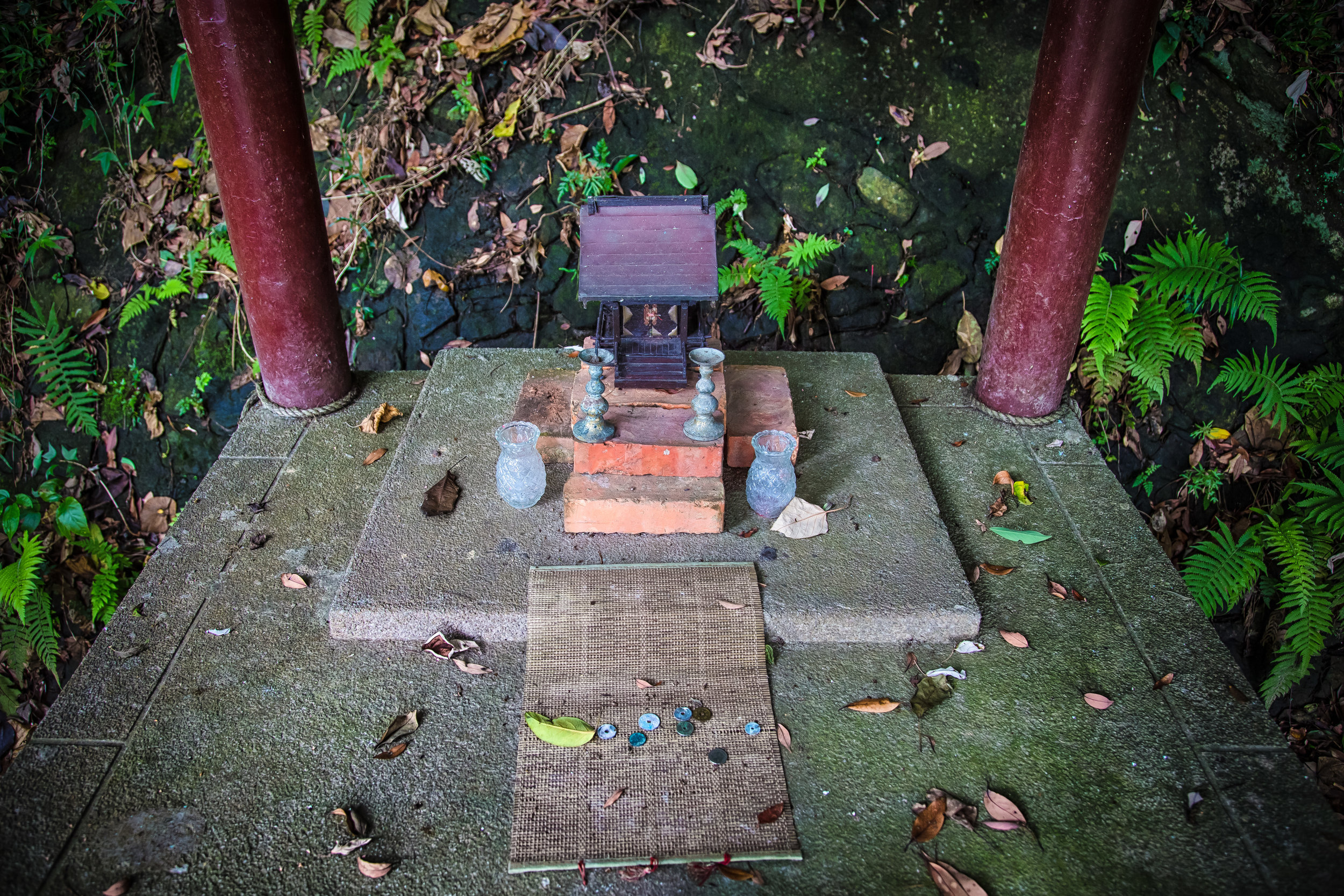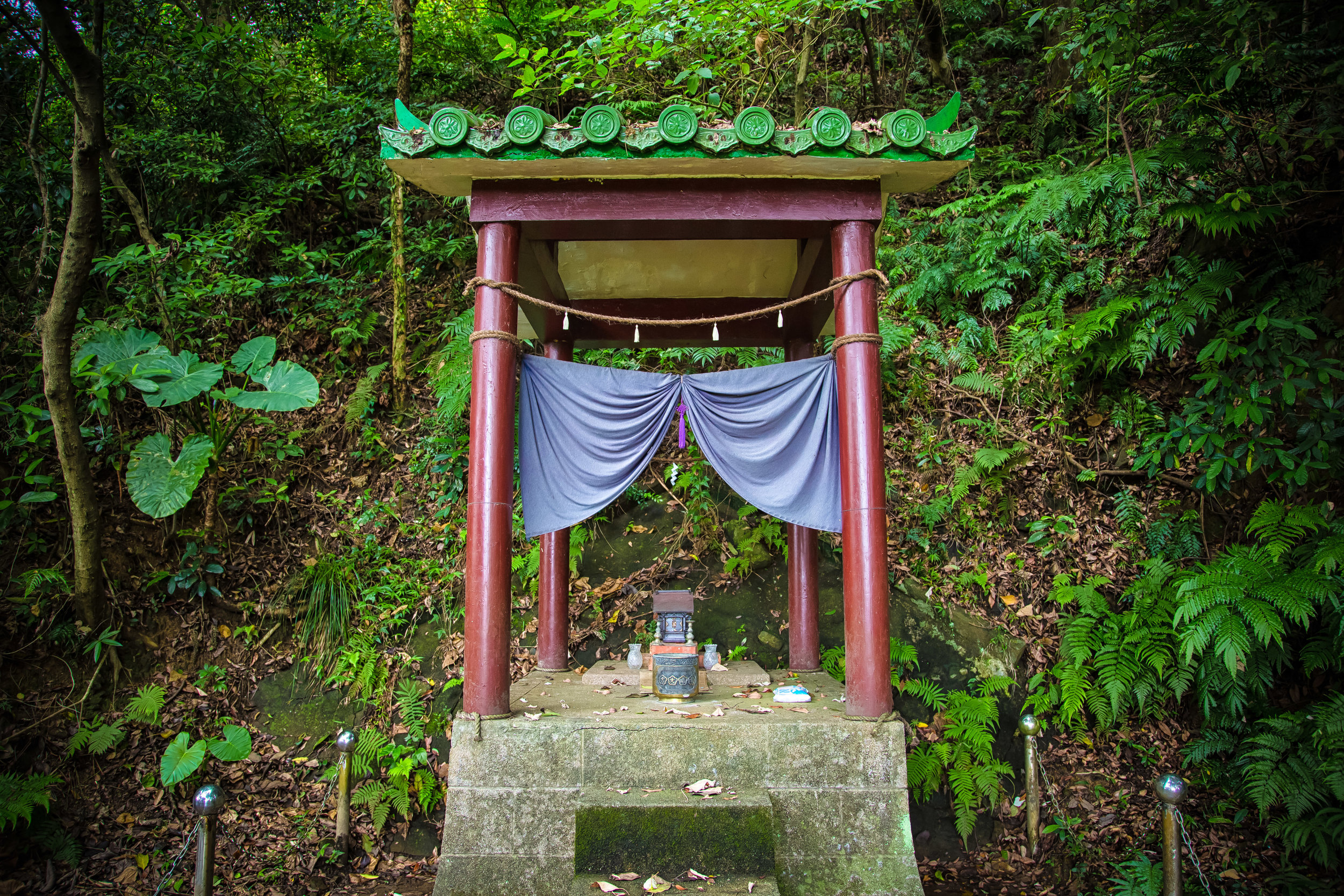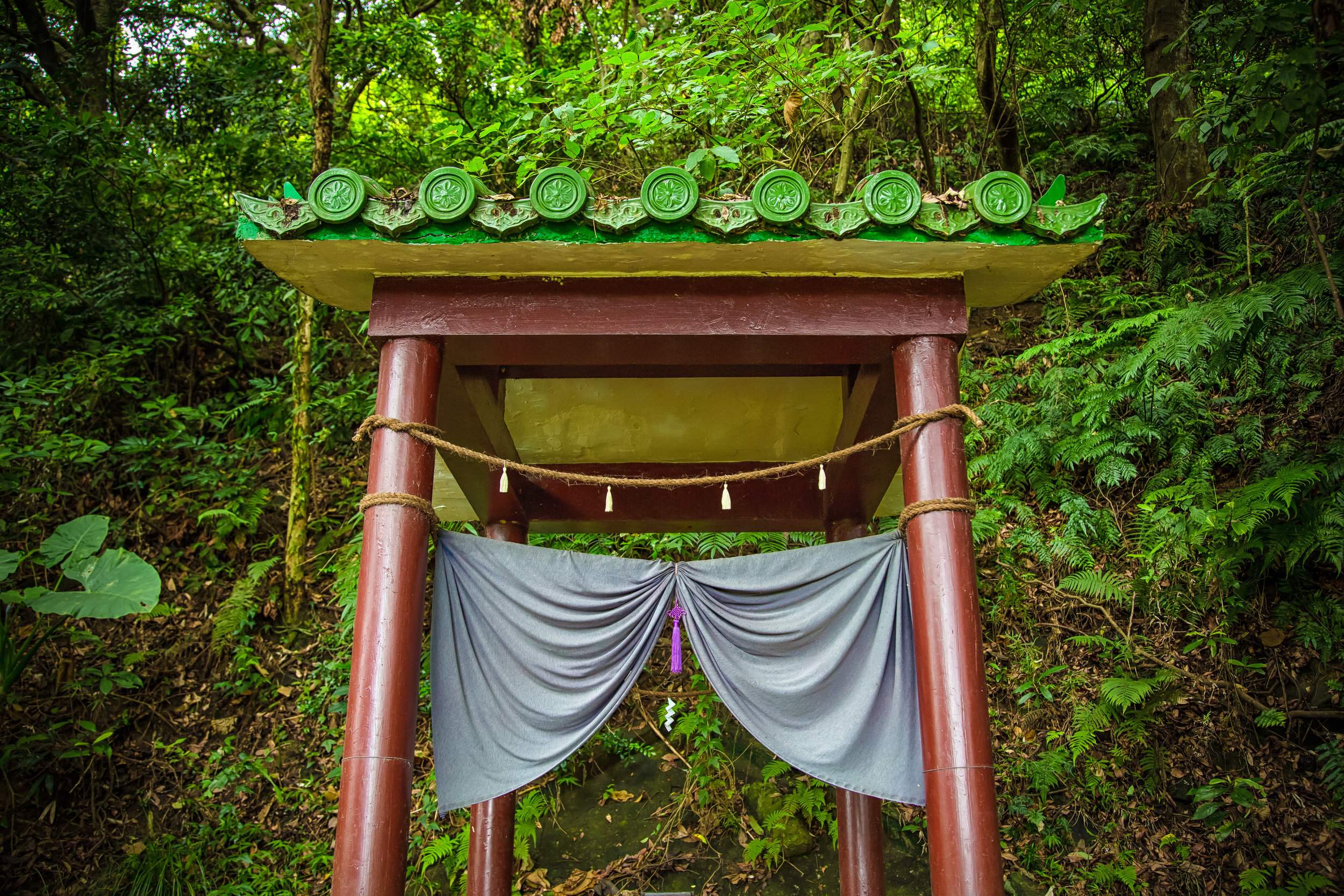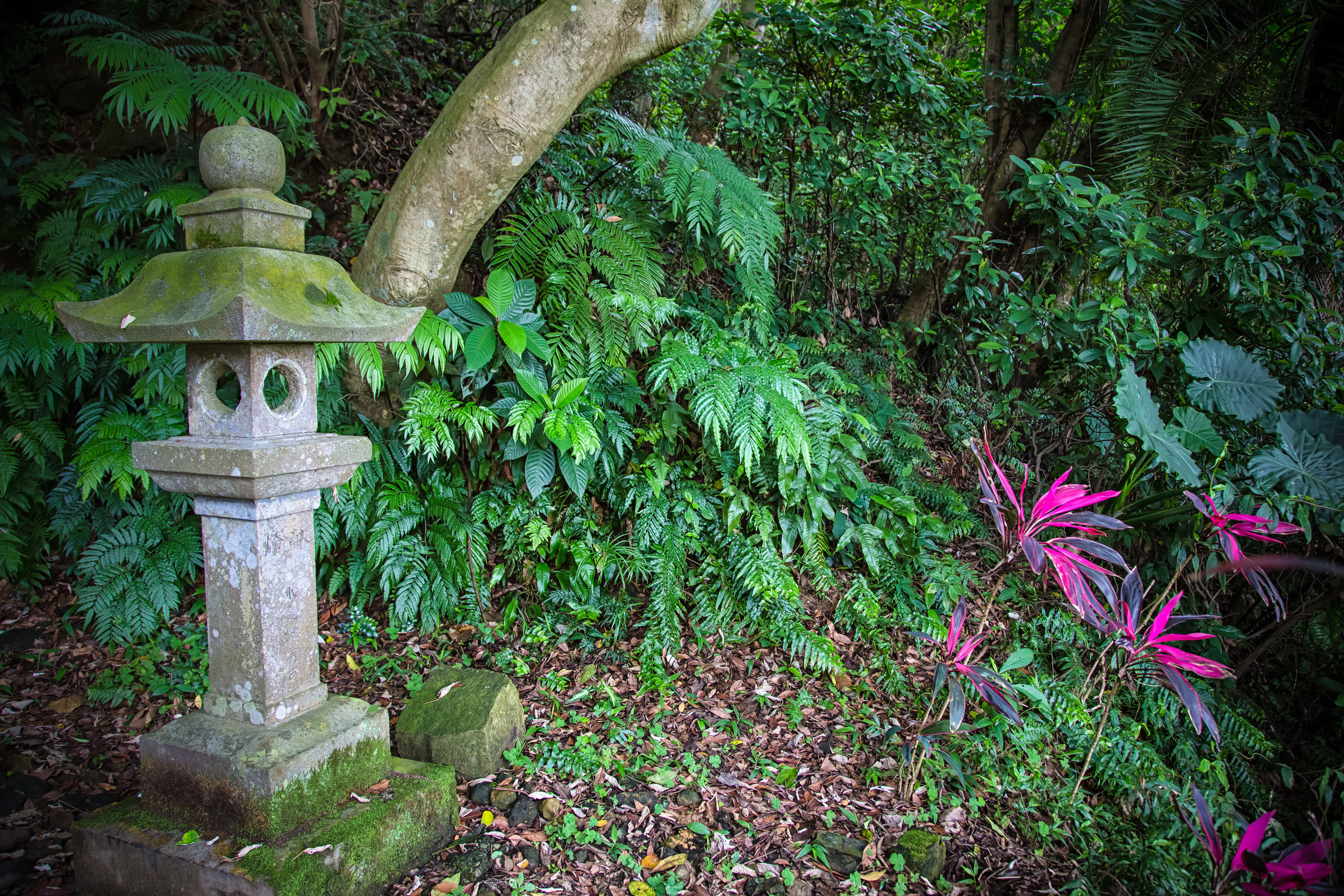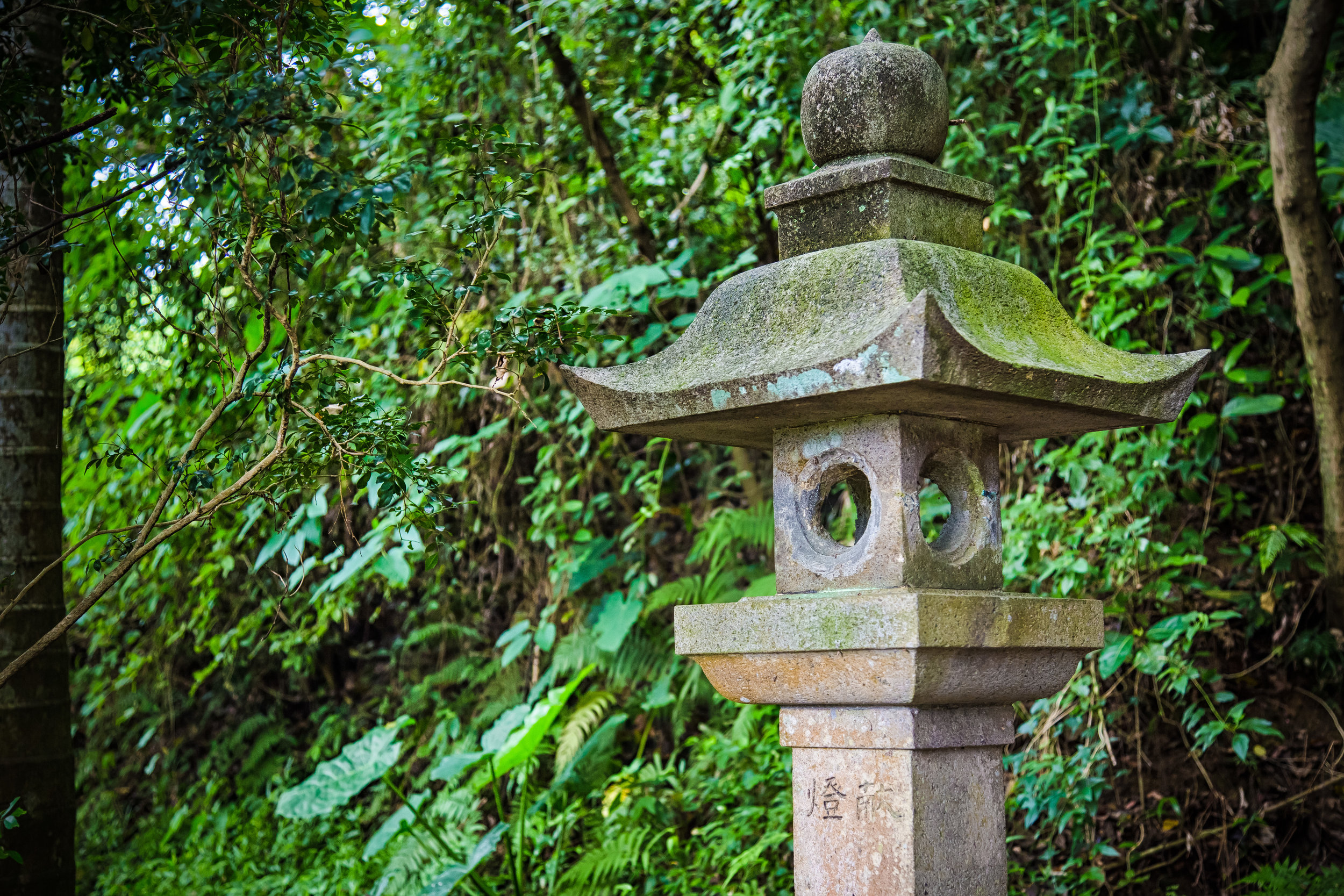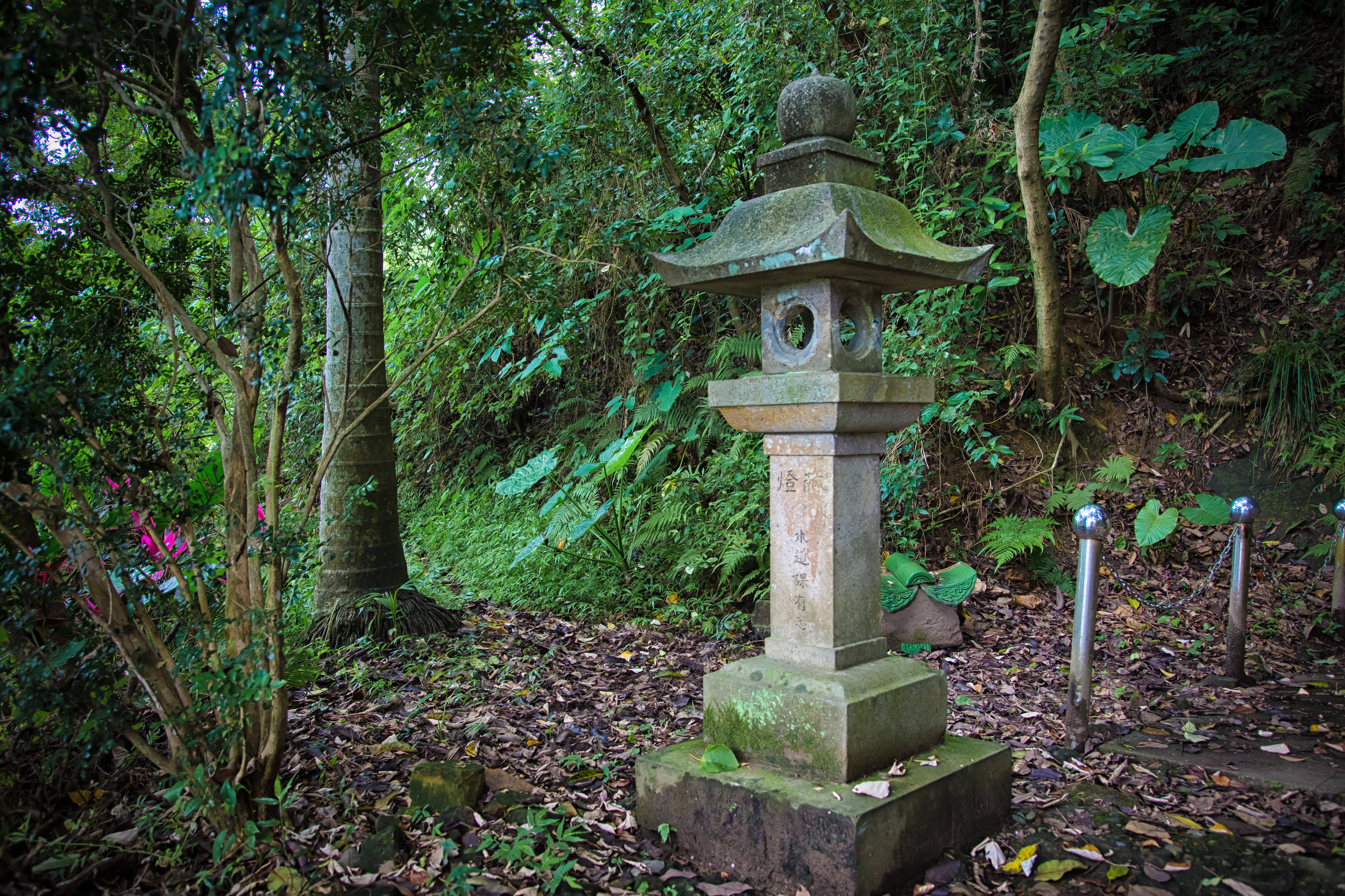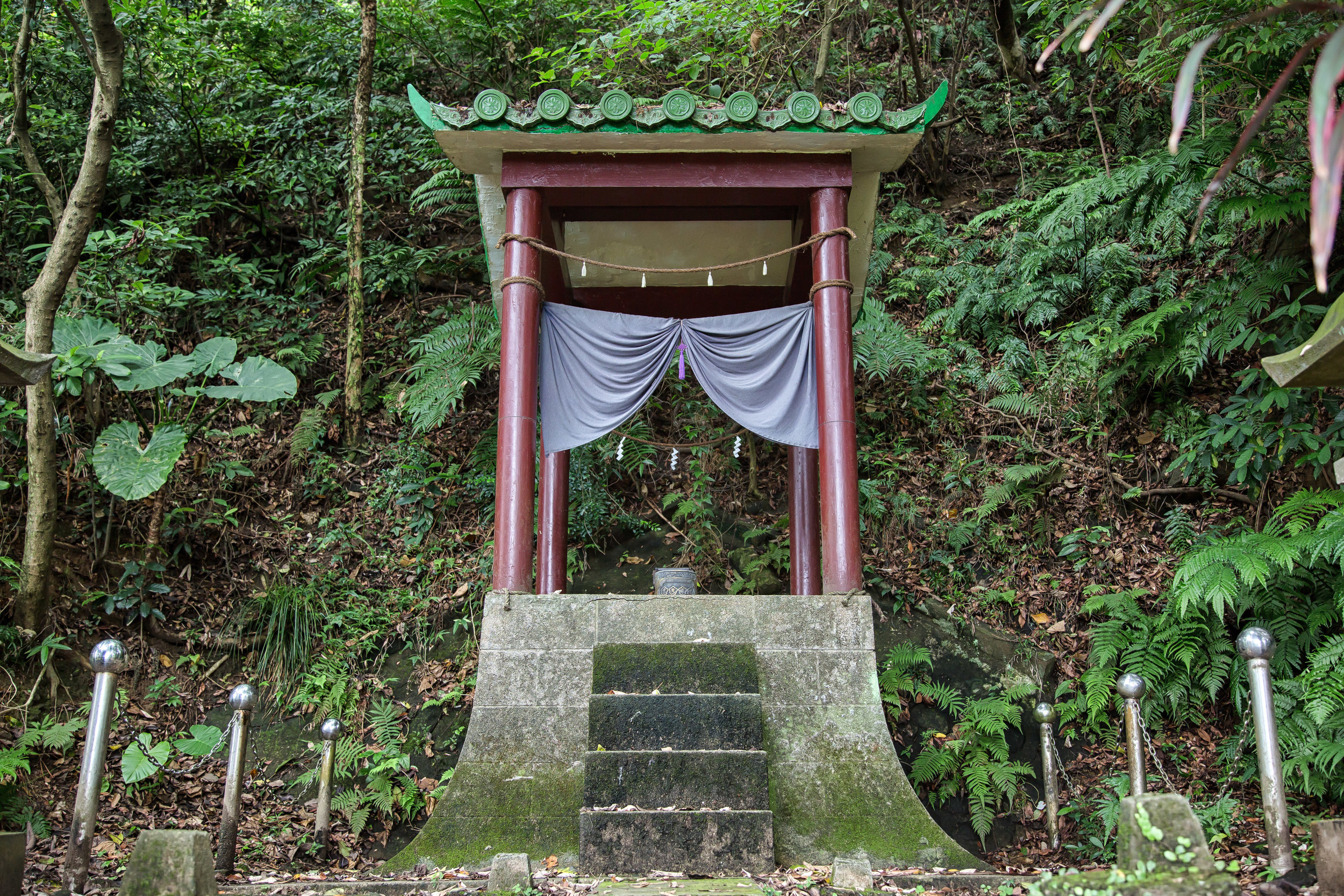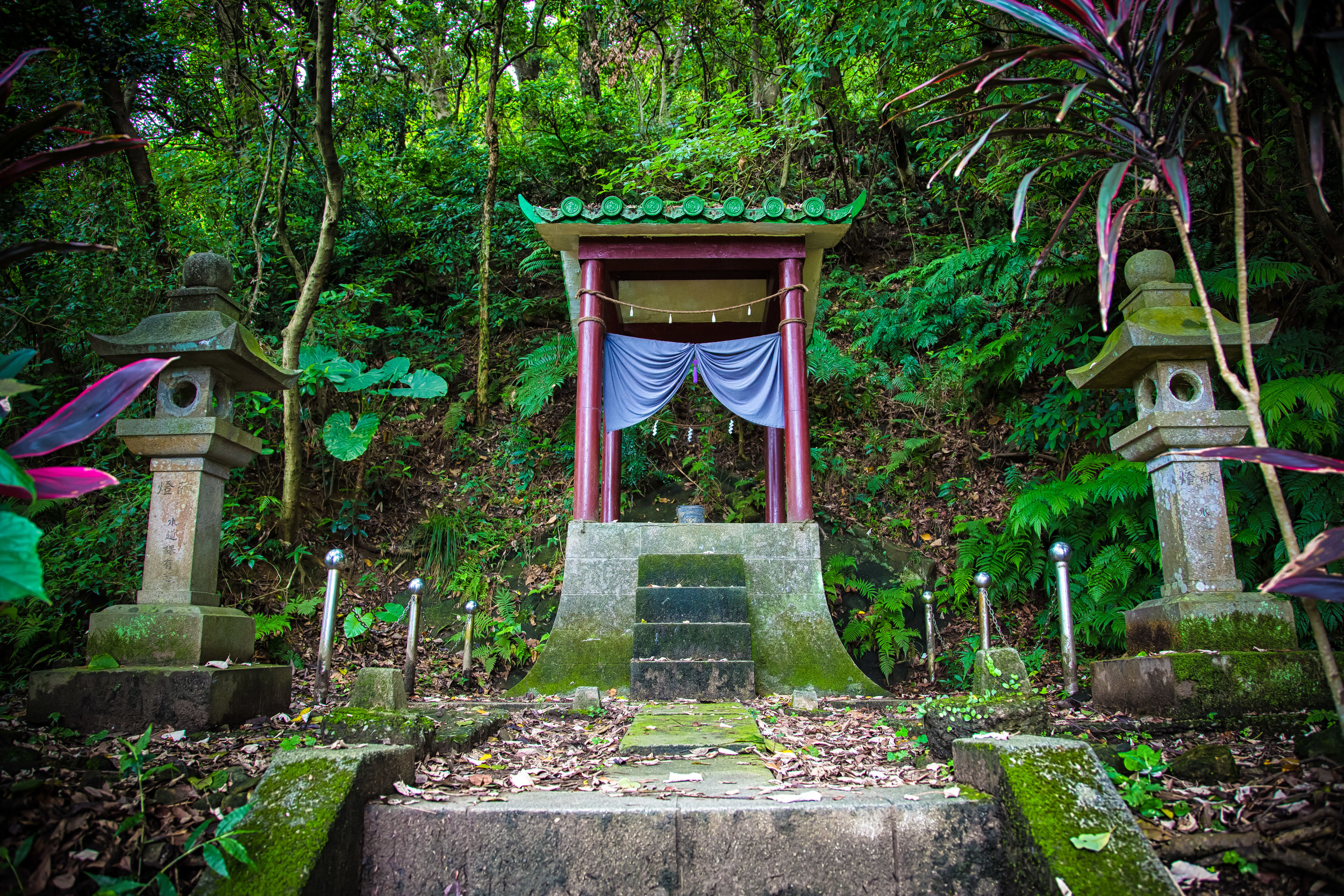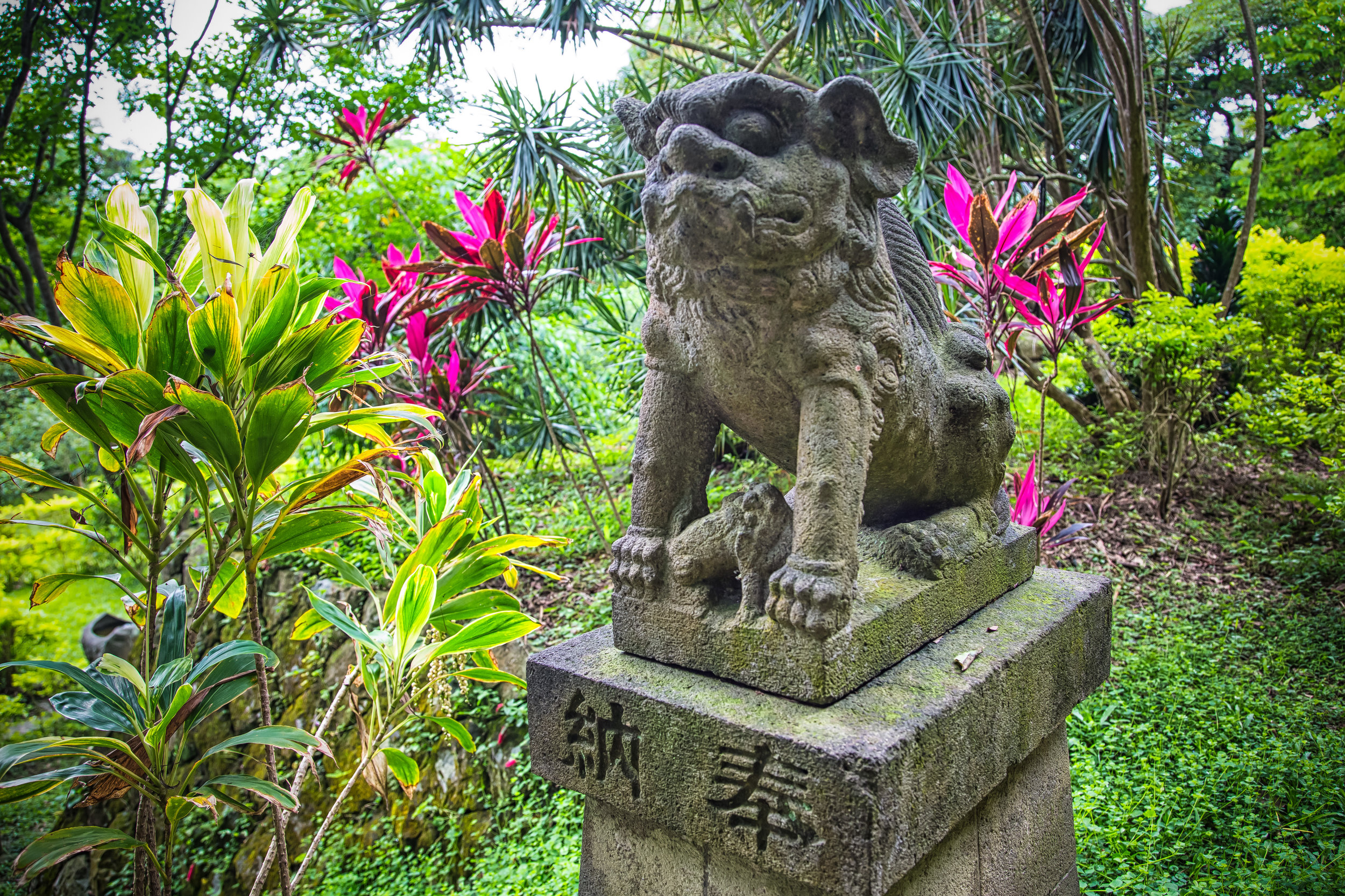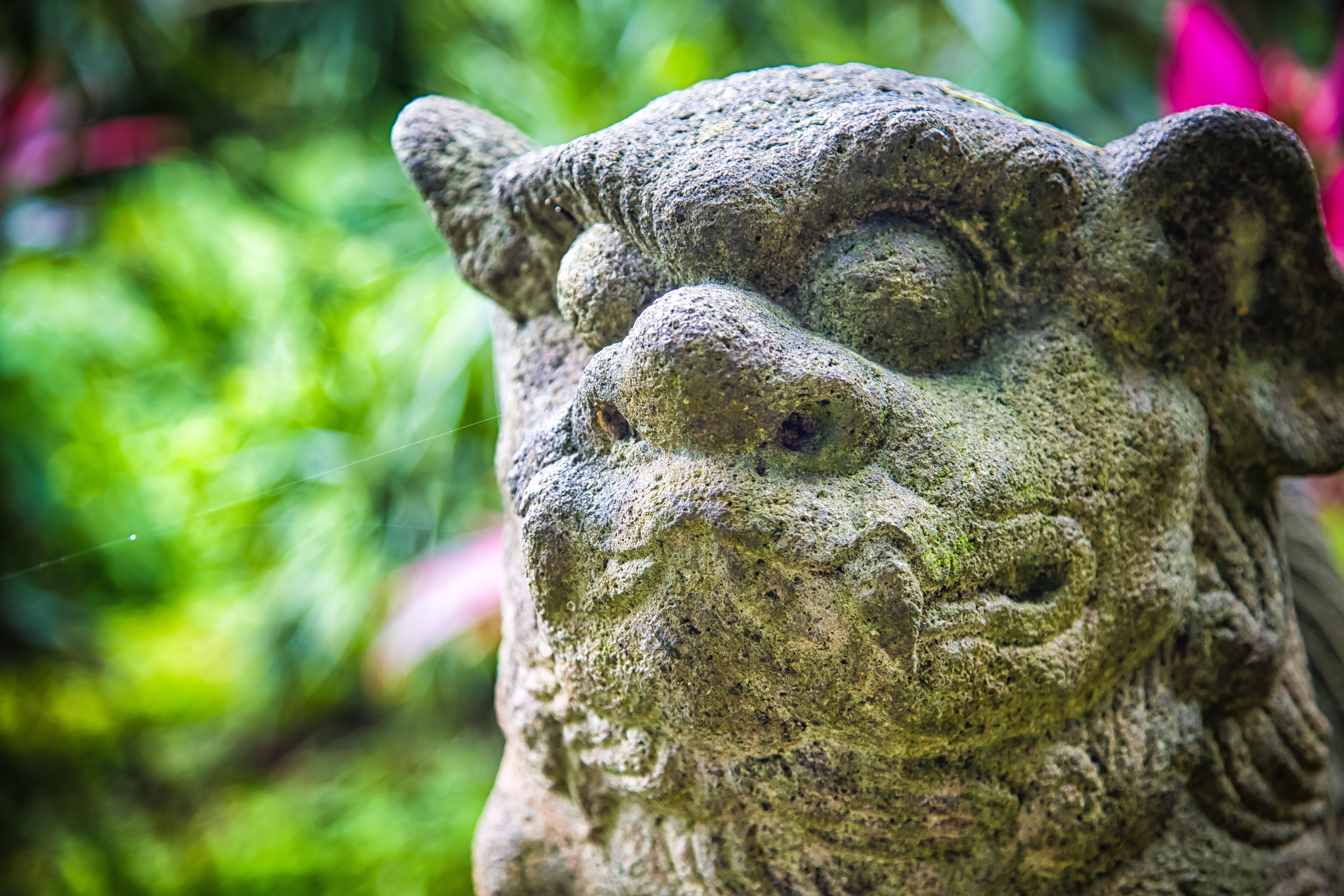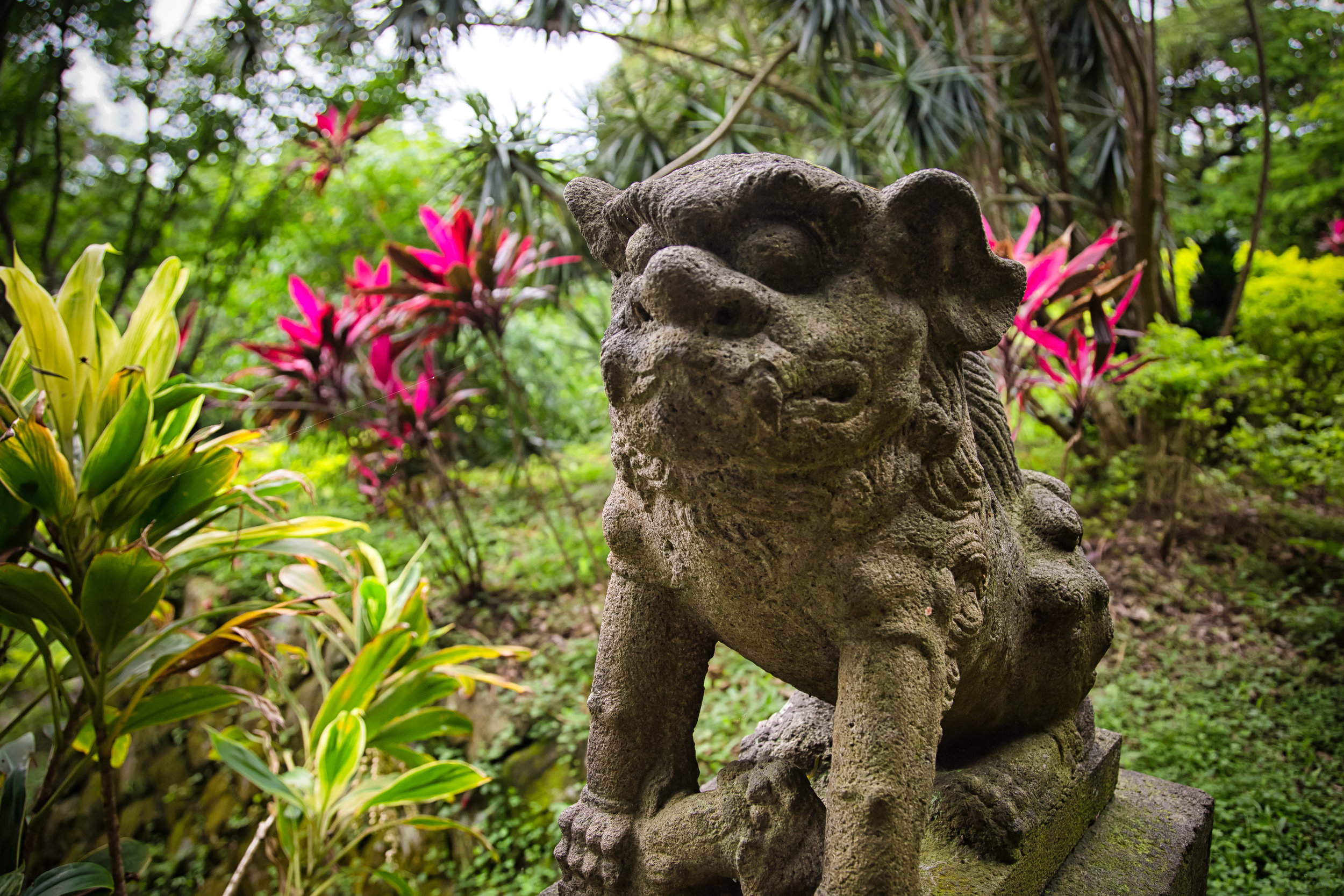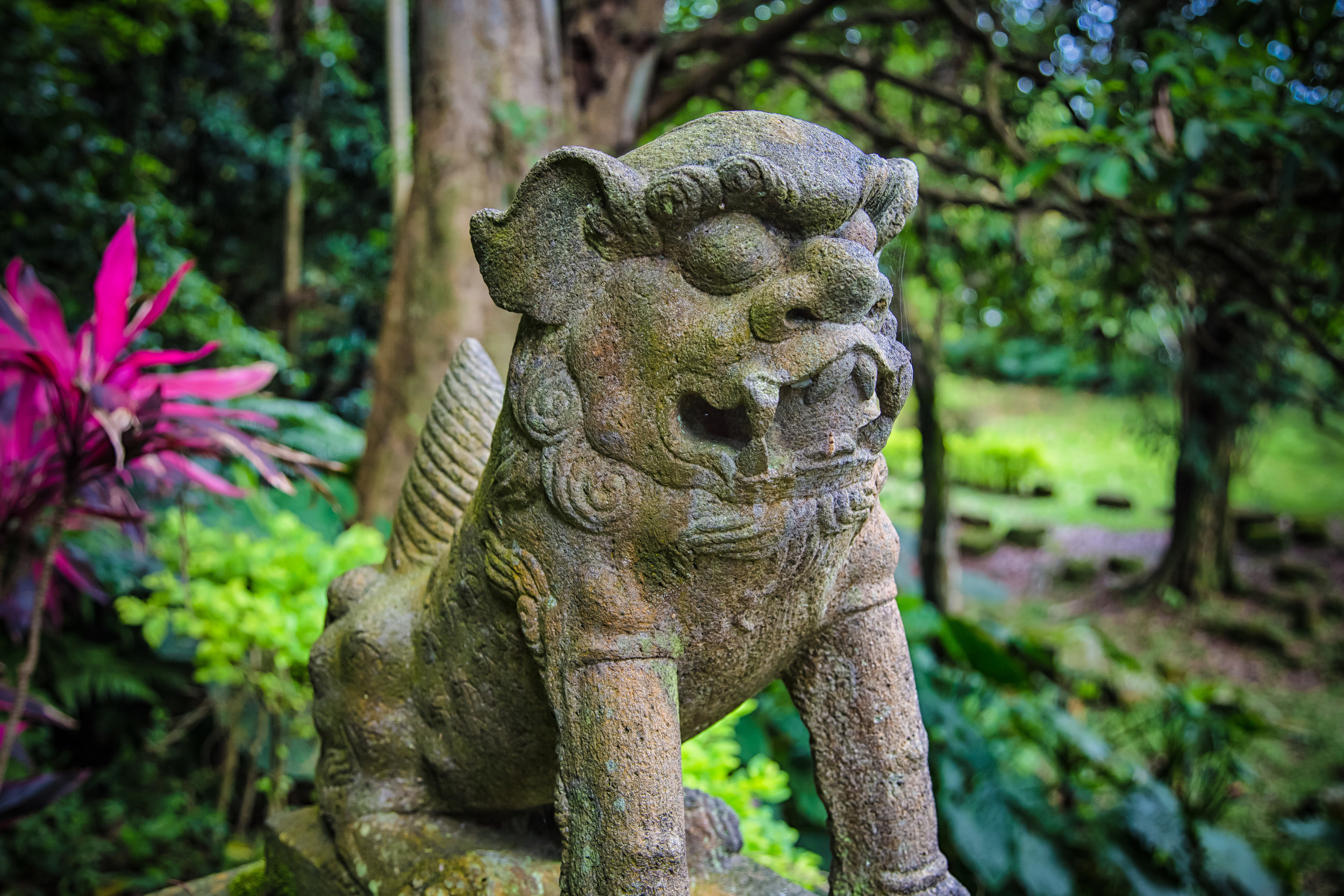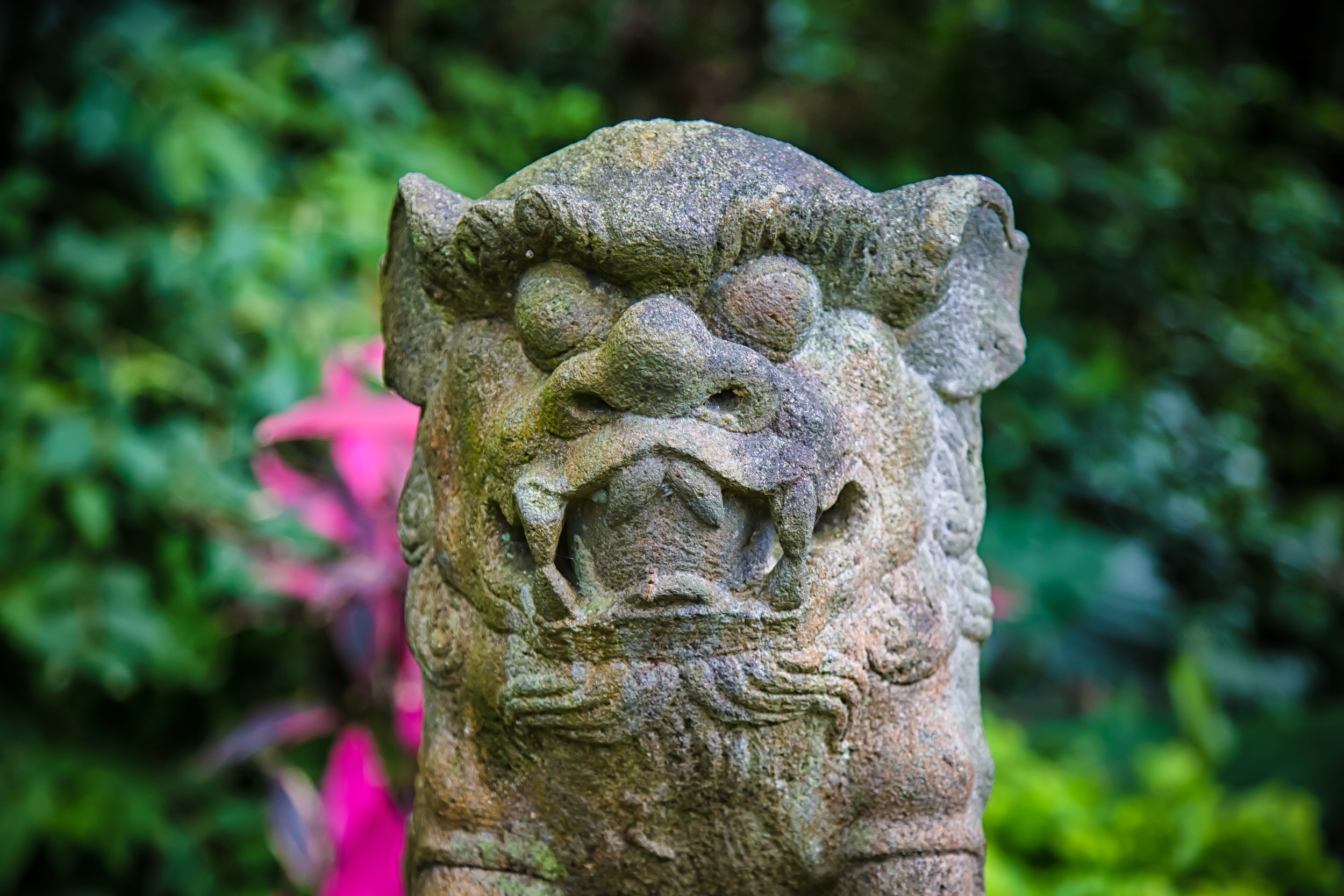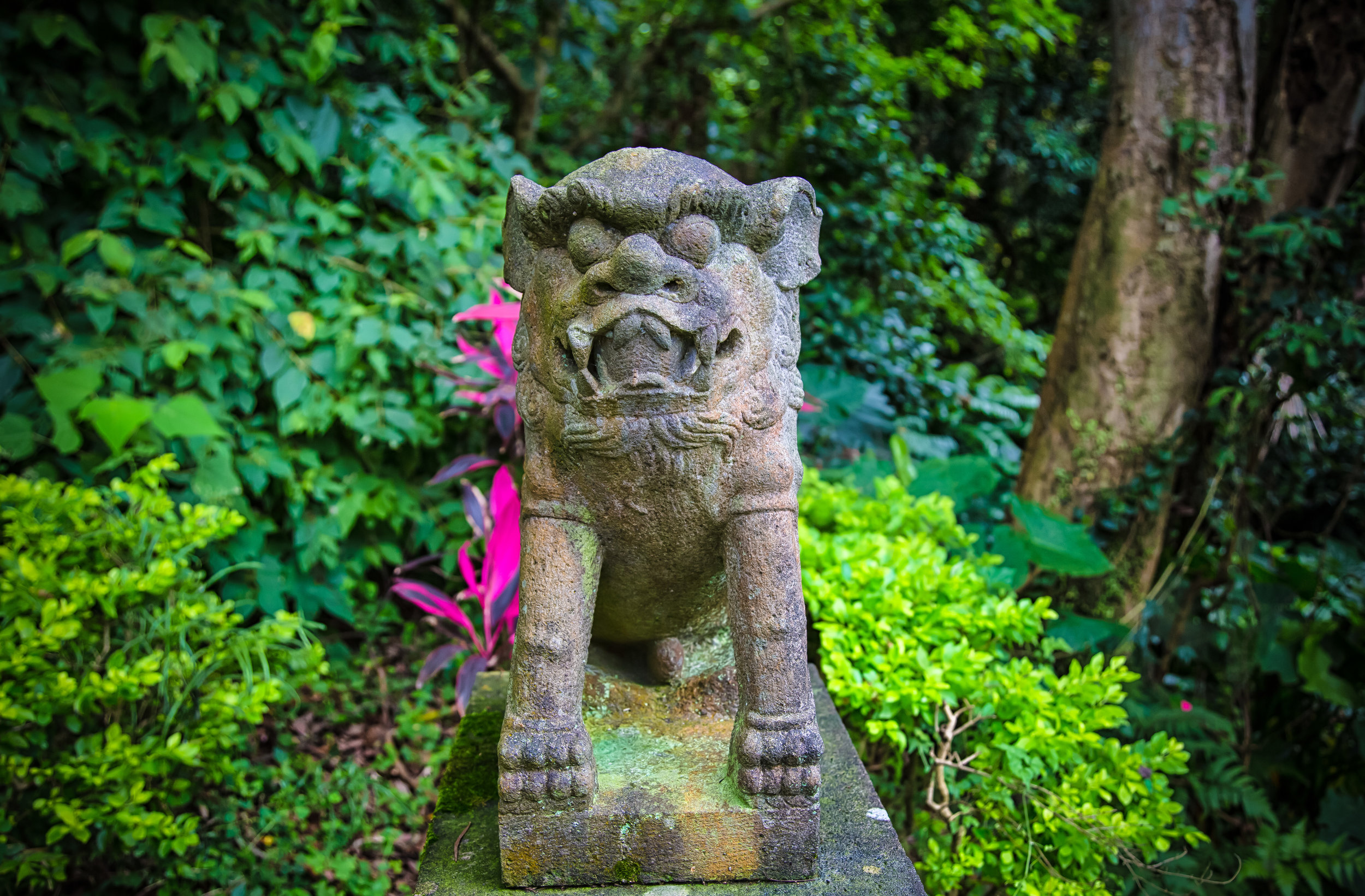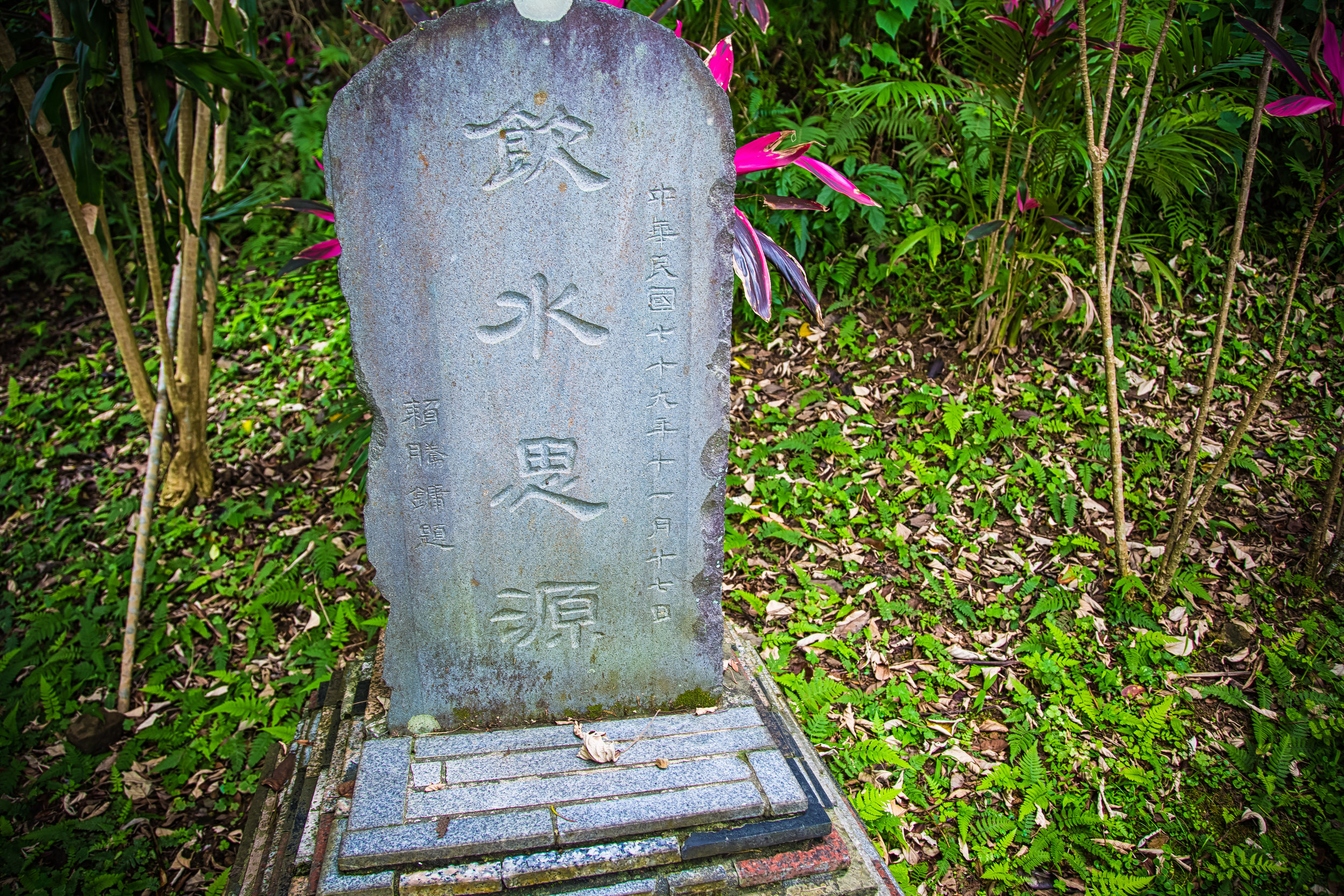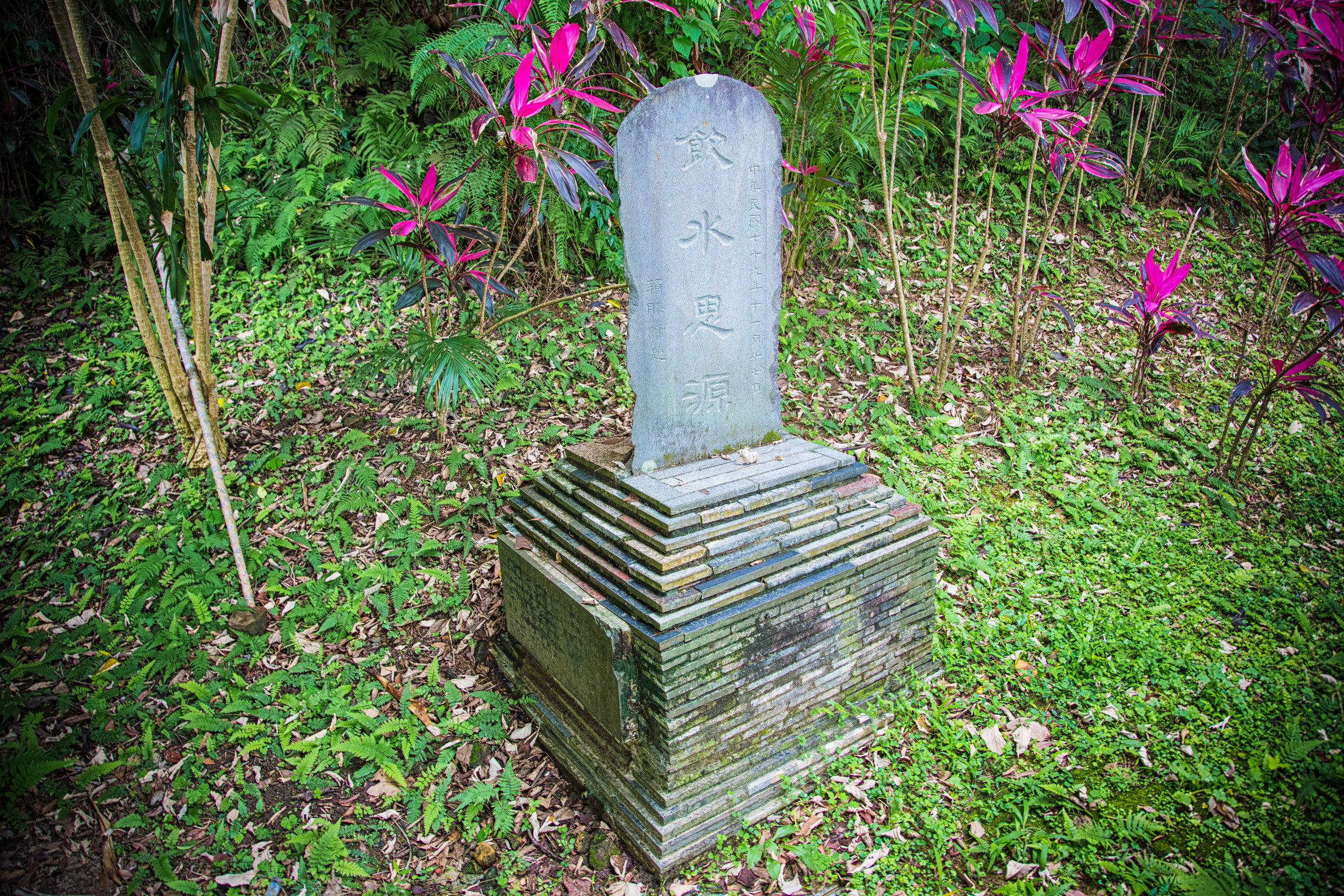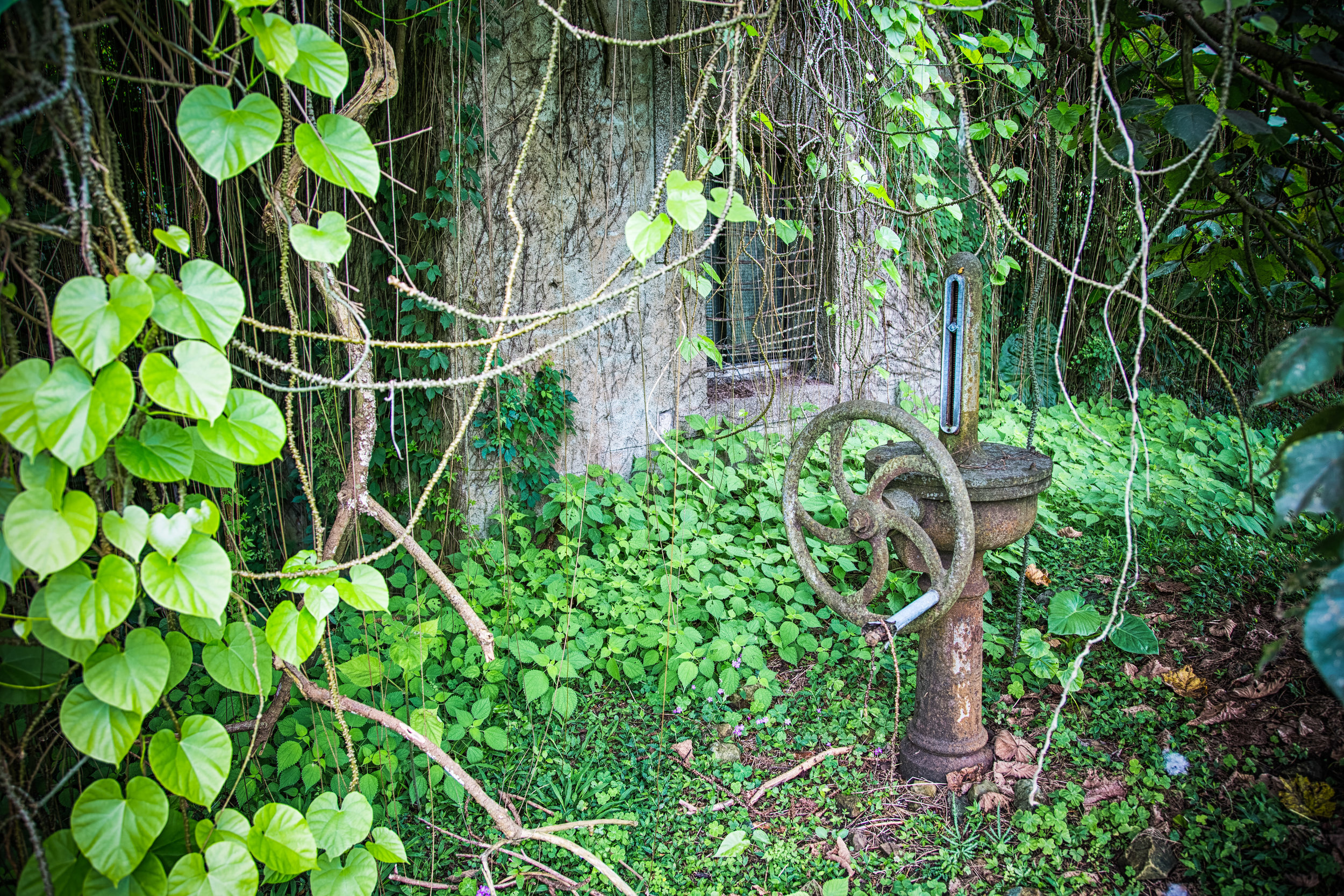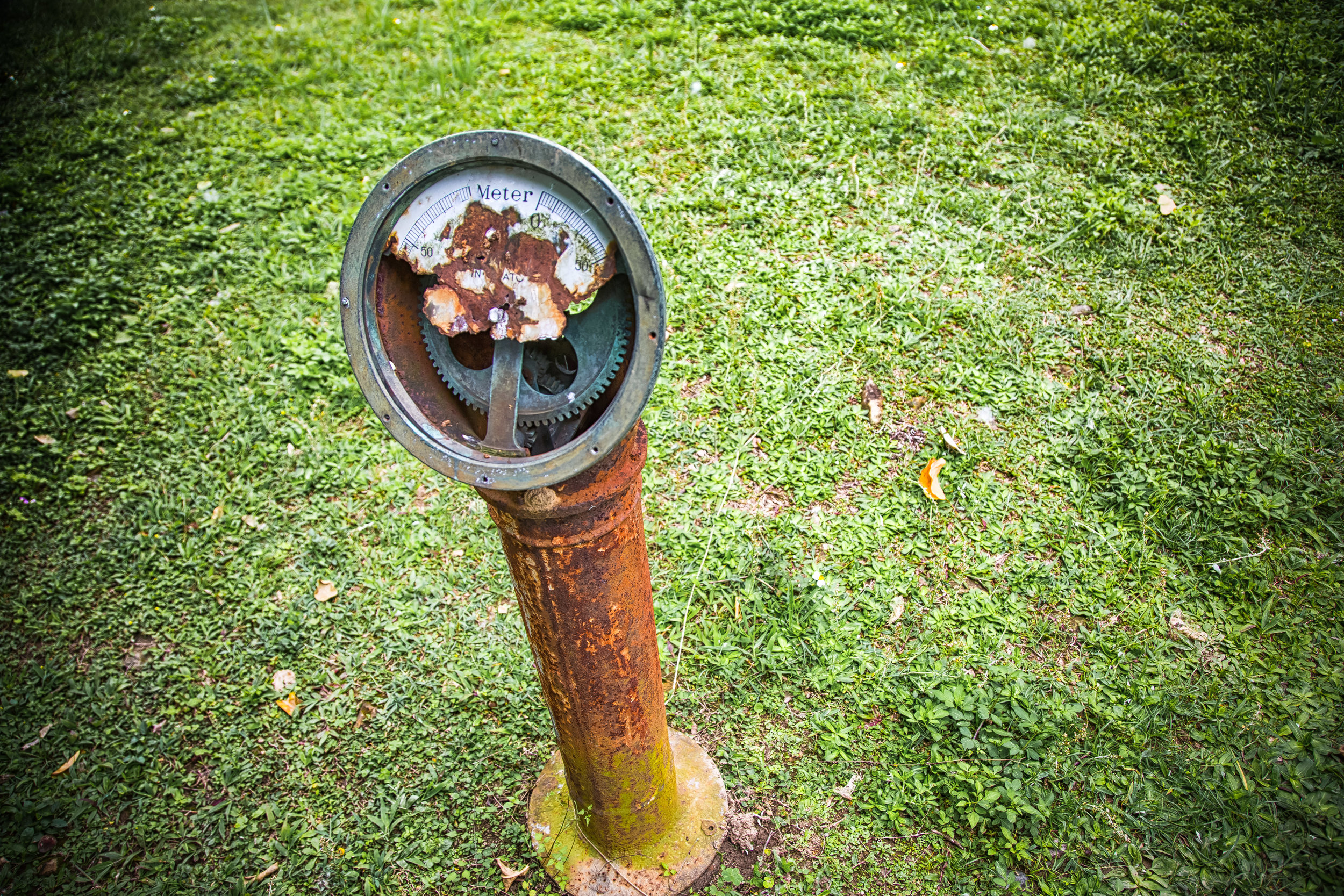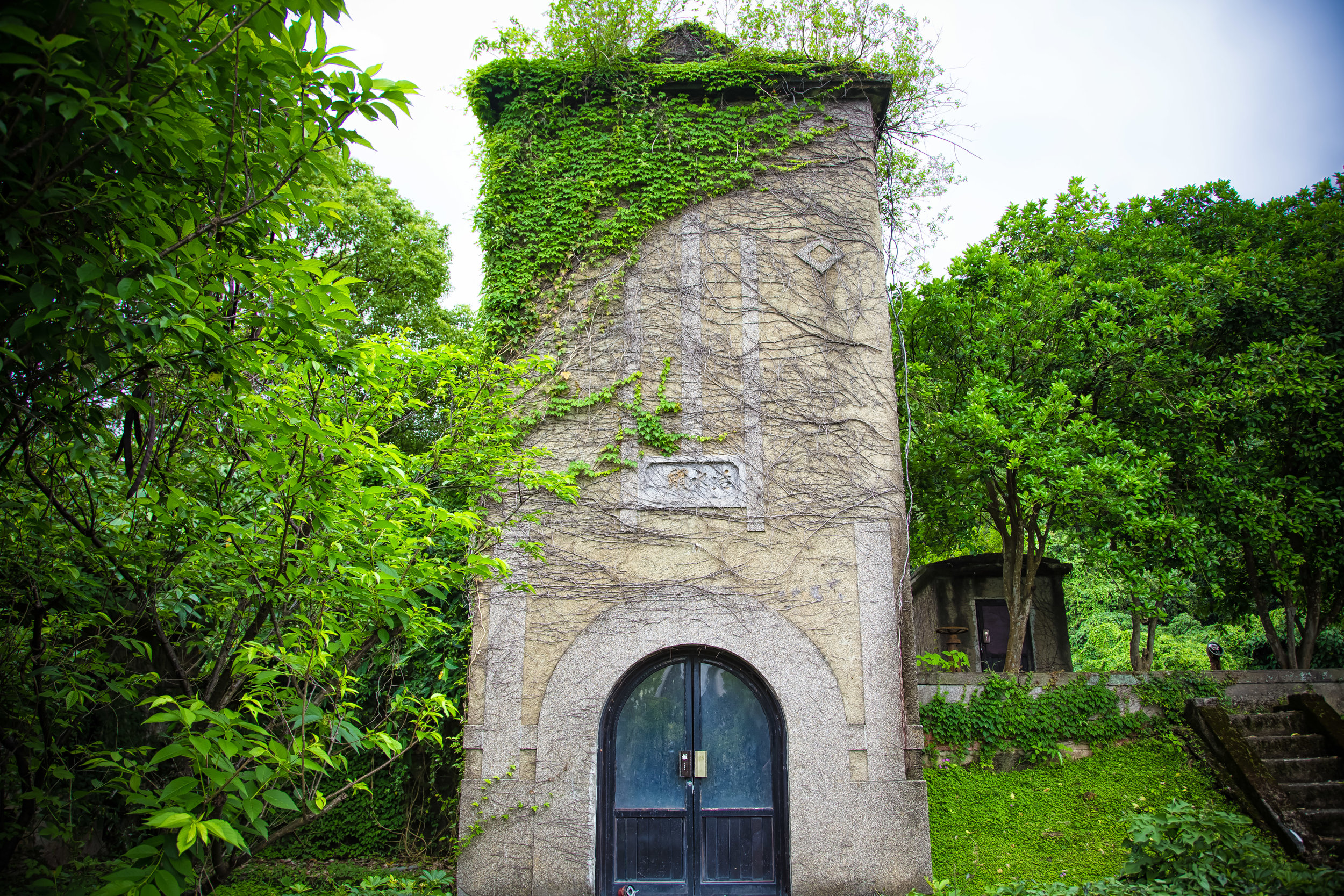Taipei is a city that is blessed to be nestled in a space that is almost completely surrounded by mountains.
The city’s mountains not only help determine its comfortable climate but also protect it from the disastrous typhoons that often blow in from the Pacific Ocean.
While the mountains serve an important role for the natural environment, in the eyes of its residents the most important role the mountains play might be to provide spaces for recreation and weekend getaways!
Taipei’s mountains are often filled up with locals wanting to escape the city for a bit of exercise and to spend a bit of time enjoying the beautiful natural environment.
The city government has done an amazing job over the years developing and maintaining countless hiking routes throughout many of its mountainous areas - All of which offer residents a safe place to hike without ever having to worry about getting lost.
If you are a visitor in Taipei there are a multitude of options to choose from when you are looking for a place to enjoy the natural environment.
Guide books and travel blogs often point tourists to the same few destinations - most notably Xinyi District’s “Elephant Mountain” (象山) for the views of the city - But that means your hiking experience is likely to be one that is shared with hundreds, if not thousands of other people and when you have to compete with others for a selfie on a mountain, you’re probably not really able to properly enjoy nature.
What most tourists may not realize is that there are several trails around the city which offer similar or equally impressive views without having to wait in line to take a photo.
One of those hikes that offers such a perspective is a trail on the northern side of the Keelung River that in recent years has become a popular alternative for photographers and instagrammers wanting to avoid large crowds and a bit of fresh air.
Jiantan Mountain (劍潭山)
Most travellers who come to Taiwan are likely to be familiar with the Jiantan MRT Station (劍潭捷運站) as it is home to the Shilin Night Market (士林夜市), one of Taipei’s most well-known tourist stops.
It isn’t likely though that they’re aware that the station gets its name from the mountain that runs parallel to the station and is located on the opposite side of the night market.
Jiantan Mountain isn’t exactly what you’d consider a ‘high’ mountain - it’s only 153 meters above sea level - it is however a historically important one.
Today the mountain is home to the Grand Hotel (圓山大飯店) and numerous temples and recreation areas that were constructed over the past few decades.
During the Japanese Colonial Era, it was home to the Taiwan Grand Shrine (台灣神宮), the highest ranking Shinto Shrine (神社) in the country, but has unfortunately since been destroyed.
It is also home to the Water God Shinto Shrine (圓山水神社) which you can fortunately still see today.
When sovereignty of Taiwan was ‘relinquished’ to the Republic of China at the end of the Second World War the mountain became a military-controlled area in order to protect President Chiang Kai-Shek and his family who were staying in the Grand Hotel until their formal residence was completed.
Once the residence was completed the mountain continued to remain off-limits to the public as it was constructed at the base on the opposite side of the hotel and it was suspected that communists were roaming the areas attempting to assassinate the first family.
It is widely reported that there is a network of secret tunnels that litter the mountain between the official residence and the Grand Hotel which were constructed so that the president could safely escape in case of attack.
In 1980, after more than three decades of being prohibited to the public, the mountain was opened up to the public and hiking trails were constructed.
I suppose if you wanted to look on the bright side, the lack of human activity on the mountain for those four decades preserved the natural environment and offered a home to many species of birds.
The 80’s though were a bit of a weird time for Taiwan as the economy was booming and people were looking for ways to spend some of their newfound riches. One idea that people came up with was to start laying concrete pretty much anywhere they could.
Jiantan Mountain was no exception and you’ll find that quite a bit of space was used to create recreational areas for people - most notably badminton courts - and temples.
Today the Jiantan Mountain Hiking Trail consists of a vast network of paths that range from short leisurely hikes to much longer day-hikes that span several city districts.
The hiking trails (for the most part) consist of well-developed paths that have lights which guide your way at night and trail markers which guide you to all of points of interest along the way and help to ensure that you won’t get lost.
The first few minutes of the hike tend to be the most difficult and steepest of the entire trail. Don’t let that scare you away - The rest of the hike is more of a brisk walk through the woods than an actual hike.
Within the first fifteen-to-twenty minutes you’ll arrive at the first ‘observatory’ which provides amazing views of the city and will definitely make you feel better about all those stairs you just walked up.
I’m sure for some people the view of the city from the first observatory might suffice, but you should definitely consider walking a bit further as the first platform doesn’t face the city while the others offer a much more direct perspective.
After passing the first observatory the rest of the trail tends to even out and you will get great views of Shilin (士林), Beitou (北投), the Danshui River (淡水河) and Guanyin Mountain (觀音山) on one side with a wide-open view of the rest of Taipei, including Taipei 101 on the other side.
Soon enough you’ll arrive at the “Lao Di Fang Lookout” which has become the main destination for many of the people hiking the mountain in recent years.
From there you have the choice to either head back the way you came, continue along the mountain for a longer day-trip or to head down to street level to take a bus back to town.
One thing that you’ll want to note is that the markers on the trail give you an ‘estimated’ amount of time to arrive at each destination. Like most mountains in Taiwan, I’m not sure how they estimated the time intervals but what I can tell you is that you should definitely ignore them.
The estimated 180 minutes from the trailhead to the “Lao Di Fang” Lookout took me about thirty minutes - and its not like I was running. I think their estimations were primarily based on how long it takes 90 year olds with only one leg to climb the mountain.
Lao Di Fang Platform (老地方觀機平台)
Even though Jiantan Mountain has a “peak”, it is safe to say that the majority of people who hike the trail won’t even bother attempting to reach it.
The main attraction of the hike is a platform known as the “Laodifang Lookout” (老地方觀機平台) which allows for panoramic views of Taipei city - and of course is a popular selfie spot.
“Lao Di Fang” loosely translates as “Old Place” and was an area frequented in the past by people who would climb the mountain for their morning exercises. It became a daily routine for a lot of them to hike to the area for morning Tai-Chi with spectacular views of the city.
The platform is advertised primarily as a spot for watching airplanes taking off and landing at Taipei’s Songshan Airport (松山機場) but is also a great spot for checking out the city from the opposite side of the Keelung River with Taipei 101 flanked by mountains.
On a clear day you’ll have spectacular views of the city - but I’d caution you - Hike this mountain only when the weather is great. If your purpose for hiking this mountain is for taking photos of the city, you’ll be sorely disappointed on a day when the weather or air quality is terrible.
The first time I climbed the mountain to take photos for this post, the weather was great, but the air quality was considered “unhealthy” (AQI: 130) so when I reached the lookout I could barely even see as far as the river - Taipei 101 and the rest of the city were completely obscured by a thick cloud of haze.
Such is the case when you’re taking cityscape shots these days in many of the worlds large cities.
Photo Tips
I’m sure I don’t really have to say this but if you’re heading here hoping for night views of the city, make sure to bring a tripod so that you can take long exposures and stabilize your camera. If you’re not travelling with a tripod, it is possible to set your camera on the ledge of the platform and hope for the best but you may end up with a bunch of fails due to the fact that the platform tends to vibrate when people are walking on it.
You may also want to consider bringing a telephoto lens with you so that you can take closer images of Taipei 101 flanked by mountains.
Some of the photos you’re seeing here were taken with a 70-200mm lens.
The platform tends to be a popular spot, especially on weekends, so you may end up having to wait for a spot to get some photos - but your wait will be nothing compared to what has become extremely long waits at other spots.
Getting There
Simply take the Taipei MRT Red Line (紅線) to Jiantan Station (劍潭捷運站) and from Exit 2 cross Zhongshan North Road (中山北路) and make a right turn.
From there simply walk for a few minutes until you arrive at the trailhead.
The trailhead is a steep set of stairs with a traditional gate over it with a map of the trail to its left.
Next to the trailhead you’ll notice a small temple and another building that is equipped with public washrooms which is useful for washing your face and hands after the hike.
Save for the first few minutes, Jiantan Mountain is a relatively leisurely trail to hike and also offers visitors quite a few temples to visit as well as vistas for which to view the city.
Included in the hike you’ll discover a bit of Taiwan’s modern history as you pass by several abandoned military outposts which were once used to protect the president.
If you’re looking to take some beautiful cityscape photos, this hike offers several wide-open vistas which are equally enjoyable during the day and the night and requires very little time and effort but there is more of a focus on exercising and enjoying the peace and quiet of nature than you’ll get at some of the other popular tourist locations around the city.
An added bonus would be that your photos will offer your friends and family a bit different of this beautiful city than what you’ll see in guide books. If that interests you, you should definitely consider visiting Jiantan Mountain!
Gallery / Flickr (High Res Photos)


